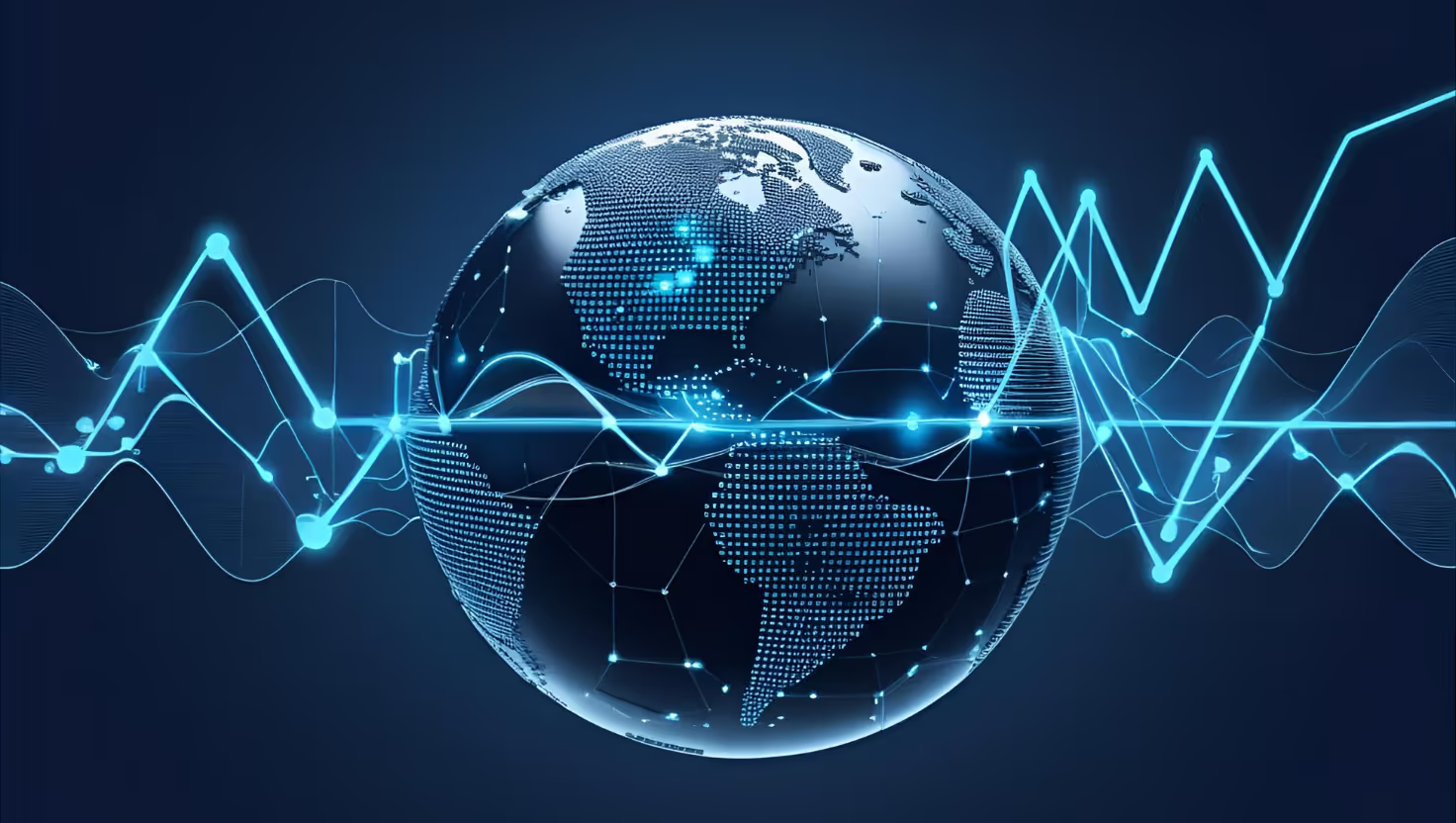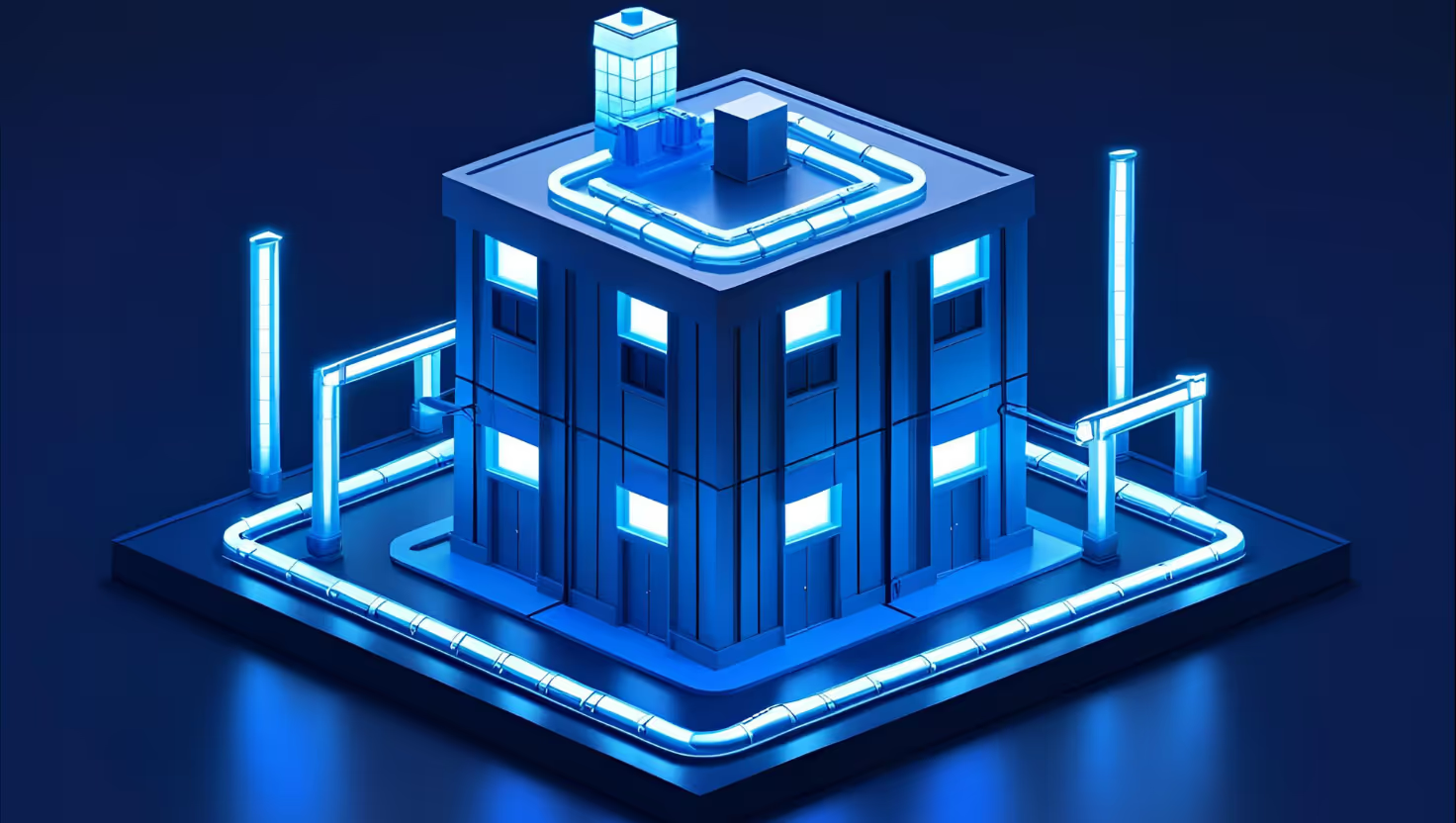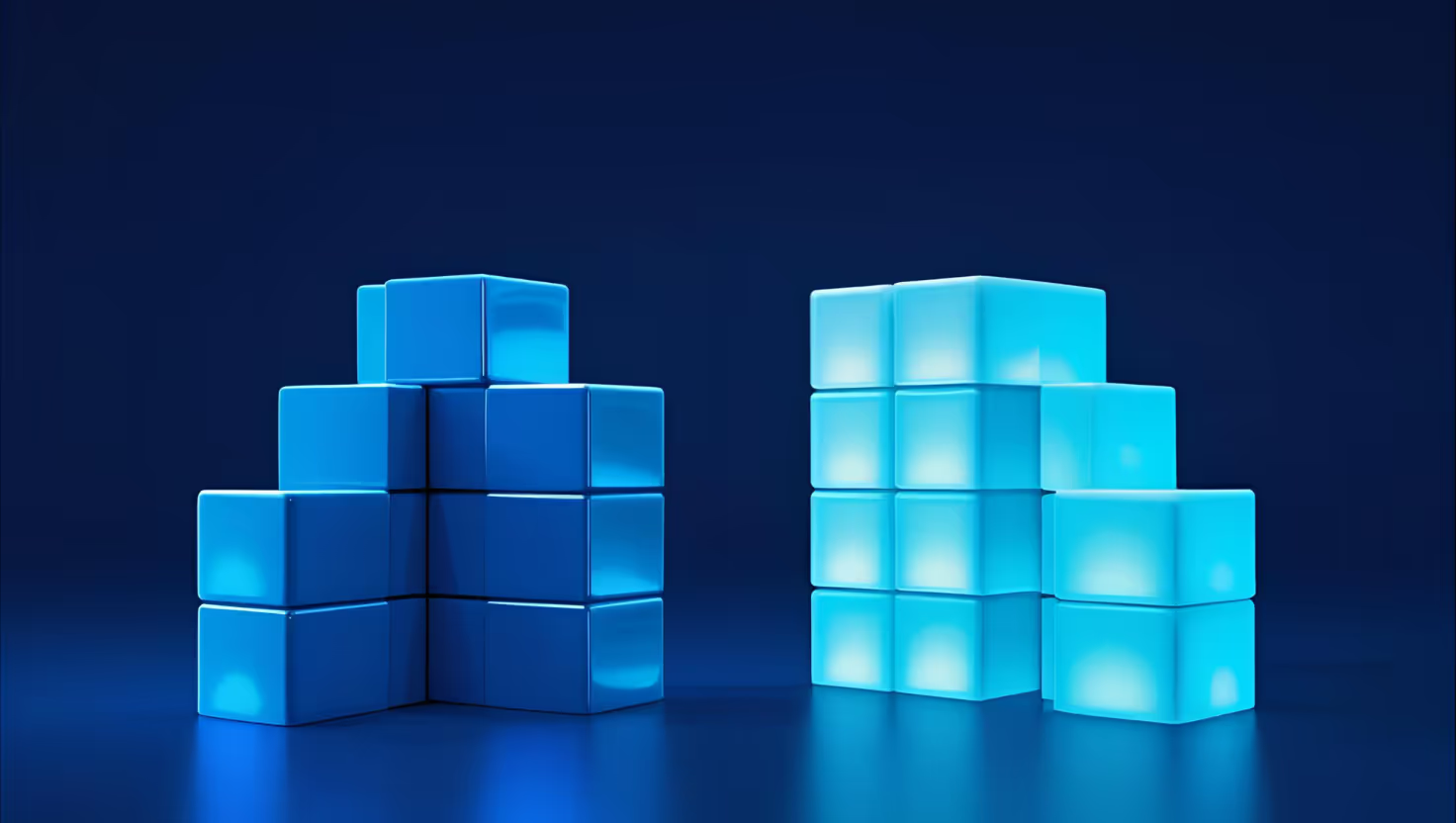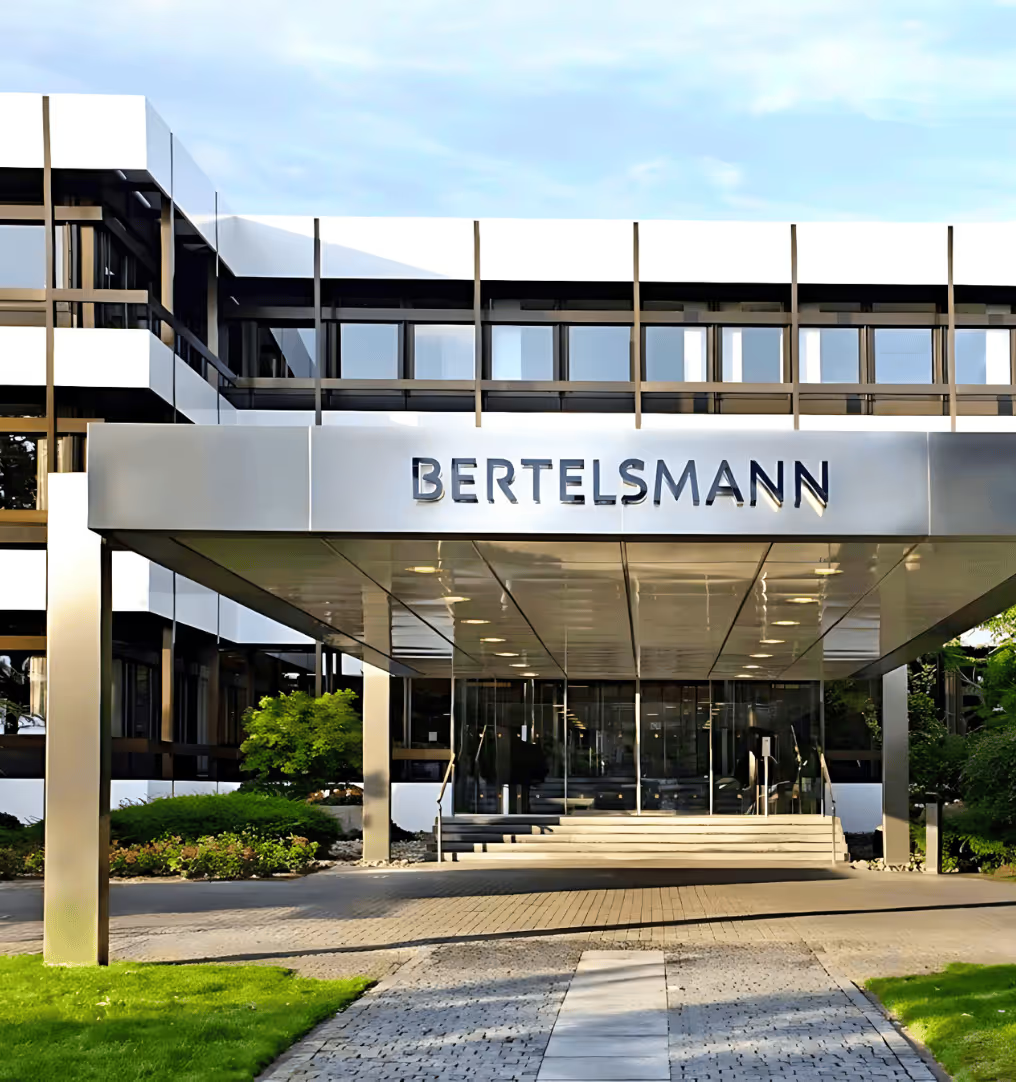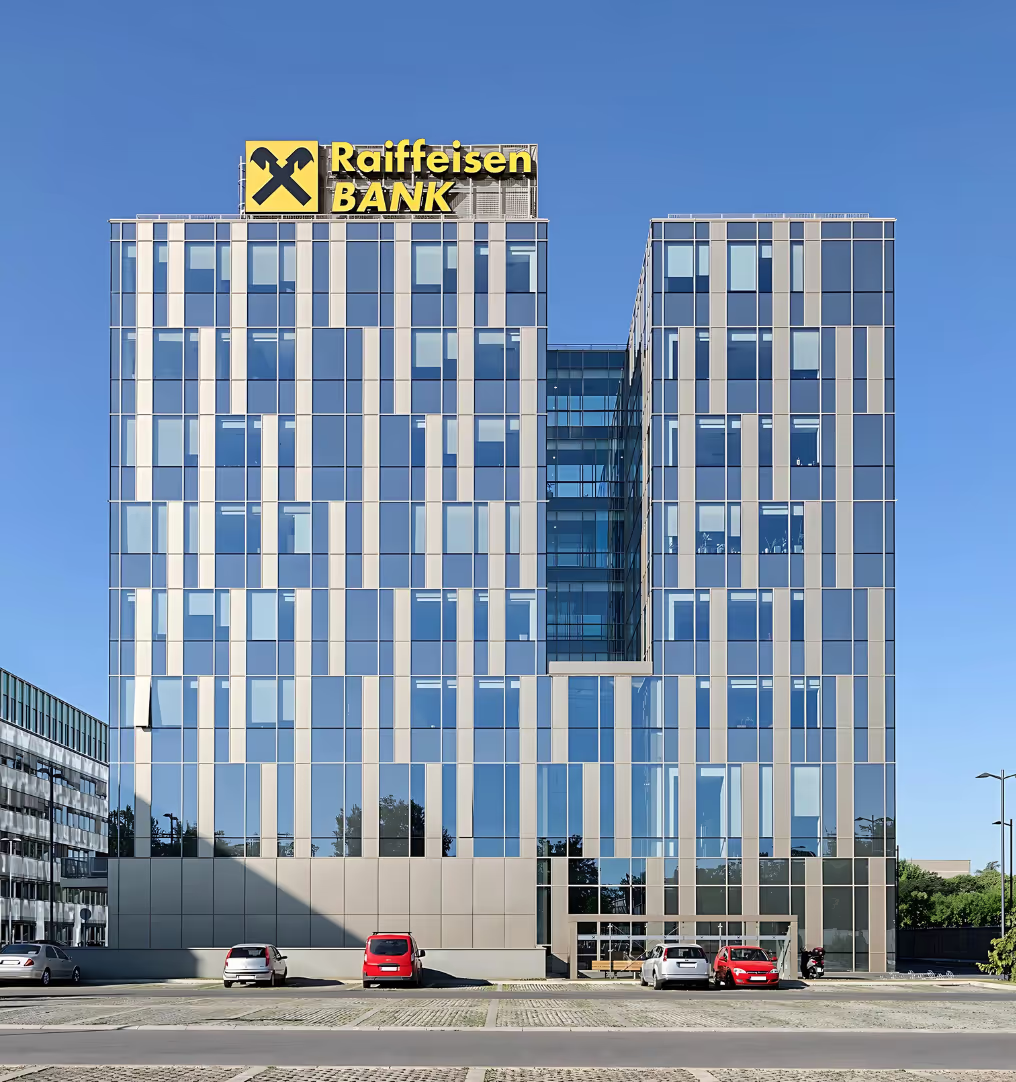Die wichtigsten Trends und Lösungen in der Beschaffungstechnologie für 2025

Die Beschaffung verändert sich rasant, beeinflusst durch neue Beschaffungstechnologien, sich verändernde Lieferketten und der wachsende Bedarf an Effizienz, Kostenkontrolle und Nachhaltigkeit. Im Jahr 2025 werden Unternehmen wie Ihres auf fortschrittliche Einkaufstools angewiesen sein, um Prozesse zu rationalisieren, die Zusammenarbeit mit Lieferanten zu verbessern und intelligentere Entscheidungen zu treffen.
Künstliche Intelligenz, Automatisierung, prädiktive Analytik und Blockchain verändern die Art und Weise, wie Unternehmen Beschaffungsvorgänge beschaffen, aushandeln und verwalten. Um wettbewerbsfähig zu bleiben, müssen Sie die neuesten Lösungen einsetzen, die die Transparenz verbessern, Risiken reduzieren und die Ausgaben optimieren.
Dieser Blog behandelt die wichtigsten Trends und Einkaufstechnologien, die die Beschaffung im Jahr 2025 prägen, und hilft Ihnen dabei, die richtigen Tools und Strategien für den Aufbau einer stärkeren und effizienteren Einkaufsfunktion zu finden.
Lesen Sie auch: Generative KI im Einkauf: 3 Ebenen zur Beschleunigung der Reife des Category Managements - akirolabs
Neue digitale Technologien in der Beschaffung
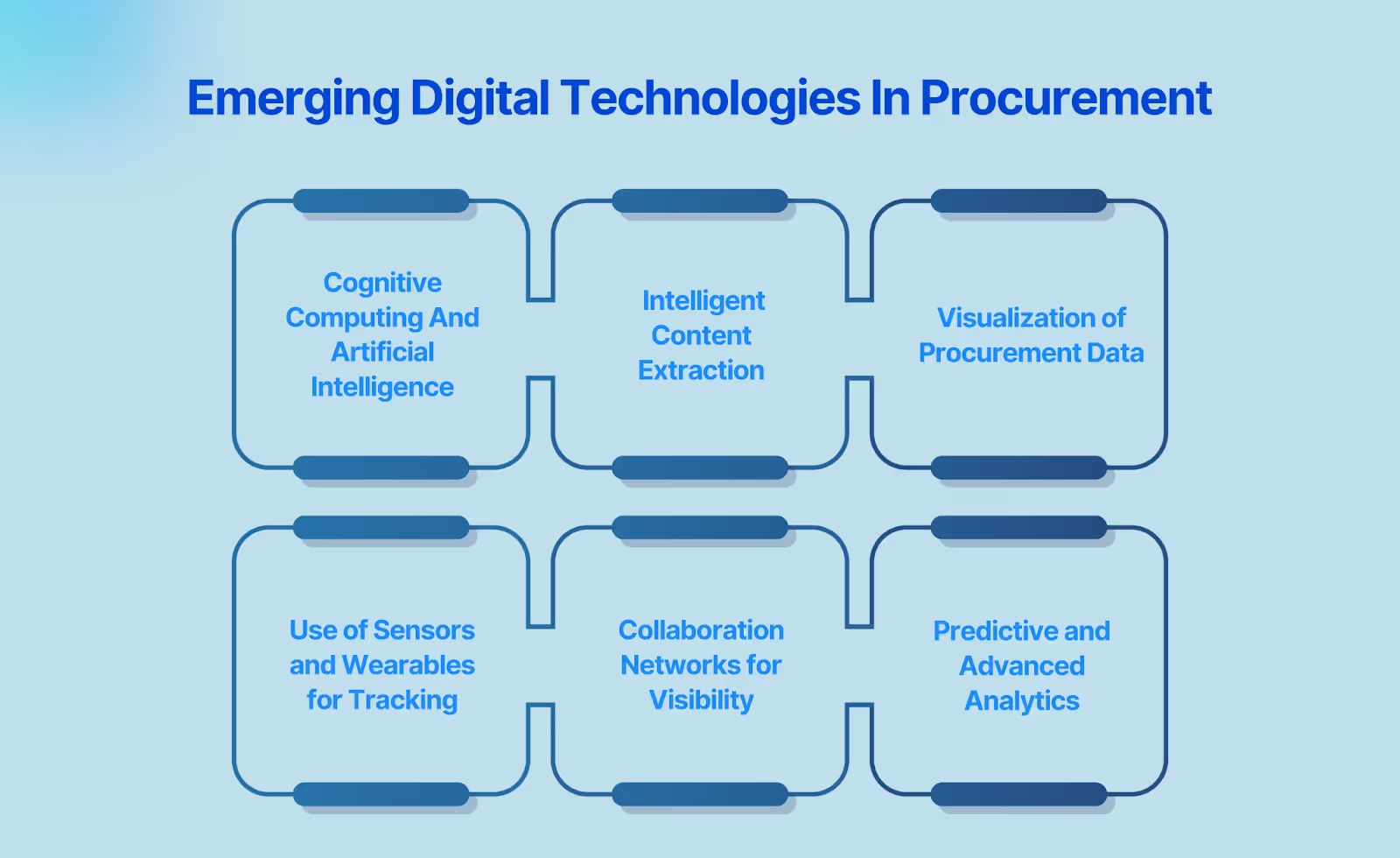
Die digitale Transformation verändert die Art und Weise, wie Sie die Beschaffung abwickeln, und macht Prozesse schneller, intelligenter und genauer. Mit neuen Beschaffungstechnologien können Sie Ineffizienzen reduzieren, Risiken reduzieren und bessere Entscheidungen treffen.
Automatisierung, künstliche Intelligenz und datengestützte Erkenntnisse sind nicht mehr nur optional — sie werden immer wichtiger, um wettbewerbsfähig zu bleiben.
Hier sind einige der wichtigsten digitalen Technologien, die die Beschaffung verändern, und wie Sie davon profitieren können:
1. Kognitives Rechnen und künstliche Intelligenz
KI und Cognitive Computing heben die Beschaffung auf ein ganz neues Niveau. Anstatt Stunden damit zu verbringen, Lieferantendaten und Vertragsbedingungen zu sortieren, kann KI die schwere Arbeit für Sie erledigen. Intelligente Systeme analysieren riesige Datensätze in Echtzeit und helfen Ihnen dabei, Kosteneinsparungsmöglichkeiten zu identifizieren, Lieferantenrisiken vorherzusagen und bessere Beschaffungsstrategien zu empfehlen.
Maschinelles Lernen kann auch Routineaufgaben wie Rechnungsabgleich, Bestellgenehmigungen und Risikobewertungen erledigen, sodass Sie mehr Zeit für strategischere Entscheidungen haben. Sogar KI-gestützte Chatbots können dazu beitragen, die Lieferantenkommunikation zu optimieren, Routineanfragen zu beantworten und Ihren Beschaffungsprozess reibungsloser und effizienter zu gestalten.
2. Intelligente Inhaltsextraktion
Wenn Sie jemals Probleme damit hatten, wichtige Informationen aus Verträgen, Rechnungen oder Beschaffungsdokumenten zu extrahieren, kann Ihnen die intelligente Inhaltsextraktion das Leben erleichtern. Mithilfe von KI und natürlicher Sprachverarbeitung (NLP) kann diese Technologie unstrukturierte Daten scannen und wichtige Details wie Preise, Lieferantenbedingungen und Compliance-Klauseln automatisch abrufen.
Keine manuelle Dateneingabe oder das Durchsuchen endloser Dokumente mehr. Auf diese Weise können Sie Genehmigungen schneller bearbeiten, die Vertragsgenauigkeit sicherstellen und Beschaffungsentscheidungen auf der Grundlage zuverlässiger, gut strukturierter Informationen treffen.
3. Visualisierung von Beschaffungsdaten
Daten sind mächtig, aber nur, wenn Sie sie sinnvoll nutzen können. Fortschrittliche Visualisierungstools verwandeln komplexe Beschaffungsdaten in leicht verständliche Dashboards, mit denen Sie wichtige Leistungsindikatoren (KPIs) verfolgen, die Leistung Ihrer Lieferanten überwachen und Ausgabentrends in Echtzeit analysieren können.
Mit Heatmaps, Trenddiagrammen und interaktiven Diagrammen können Sie Ineffizienzen schnell erkennen, Möglichkeiten zur Kosteneinsparung finden und Ihre Beschaffungsstrategie optimieren. Diese Art der Datenklarheit stellt sicher, dass Ihre Entscheidungen transparent und fundiert sind und auf die Ziele Ihres Unternehmens abgestimmt sind.
4. Einsatz von Sensoren und Wearables zum Tracking
Die Verfolgung von Lieferungen, die Überwachung des Inventars und die Gewährleistung der Sicherheit der Lieferkette können eine Herausforderung sein, aber IoT-gestützte Sensoren und Wearables können das ändern. Dank der in Lieferungen, Lagerhäusern und Transportflotten integrierten Sensoren können Sie sich in Echtzeit über Standort, Temperatur und Zustand der Waren informieren.
Wearables wie RFID-fähige Ausweise können auch dabei helfen, die Bewegungen der Mitarbeiter in Lagern zu verfolgen und so Sicherheit und Einhaltung gesetzlicher Vorschriften zu gewährleisten. Diese Tracking-Lösungen reduzieren Risiken, verhindern Verluste aufgrund von Verderb oder Diebstahl und sorgen für einen reibungslosen Ablauf Ihres Beschaffungsprozesses, indem sie pünktliche Lieferungen sicherstellen.
5. Kollaborationsnetzwerke für mehr Sichtbarkeit
Bei der Beschaffung geht es nicht mehr nur um Transaktionen — es geht darum, starke Lieferantenbeziehungen aufzubauen und eine vollständige Transparenz in Ihrer gesamten Lieferkette zu gewährleisten. Digitale Kollaborationsnetzwerke, die auf Cloud-Plattformen und Blockchain basieren, helfen Ihnen dabei, in Echtzeit mit Lieferanten, Anbietern und Logistikpartnern in Verbindung zu bleiben.
Diese Netzwerke bieten Ihnen sofortigen Zugriff auf Leistungsdaten von Lieferanten, Vertragsaktualisierungen und Compliance-Aufzeichnungen, was Lieferantenverhandlungen und Streitbeilegung erleichtert. Mit verbesserter Transparenz und nahtloser Kommunikation können Sie Engpässe reduzieren, die Einhaltung von Vorschriften verbessern und die Beschaffung effizienter gestalten.
6. Prädiktive und fortschrittliche Analytik
Wäre es nicht toll, Unterbrechungen der Lieferkette zu antizipieren, bevor sie eintreten? Predictive Analytics hilft Ihnen dabei. Durch die Analyse historischer Beschaffungsdaten, Marktbedingungen und Leistungstrends von Lieferanten können KI-gestützte Analysen die Nachfrage prognostizieren, Beschaffungsstrategien optimieren und potenzielle Risiken erkennen.
Ob es darum geht, Preisschwankungen vorherzusagen oder unzuverlässige Lieferanten zu identifizieren, diese Erkenntnisse helfen Ihnen, Herausforderungen immer einen Schritt voraus zu sein und proaktivere Entscheidungen zu treffen. Fortschrittliche Analysen helfen auch dabei, Ausgabenmuster zu verfolgen, die Budgetoptimierung sicherzustellen und die allgemeine Einkaufseffizienz zu verbessern.
Nachdem wir nun über neue digitale Technologien Bescheid wissen, wollen wir uns die wichtigsten Einkaufstrends für 2025 ansehen.
Lesen Sie auch: Strategische Sourcing-Strategien: Top-Beispiele und Prozesse
Die wichtigsten Einkaufstrends für 2025
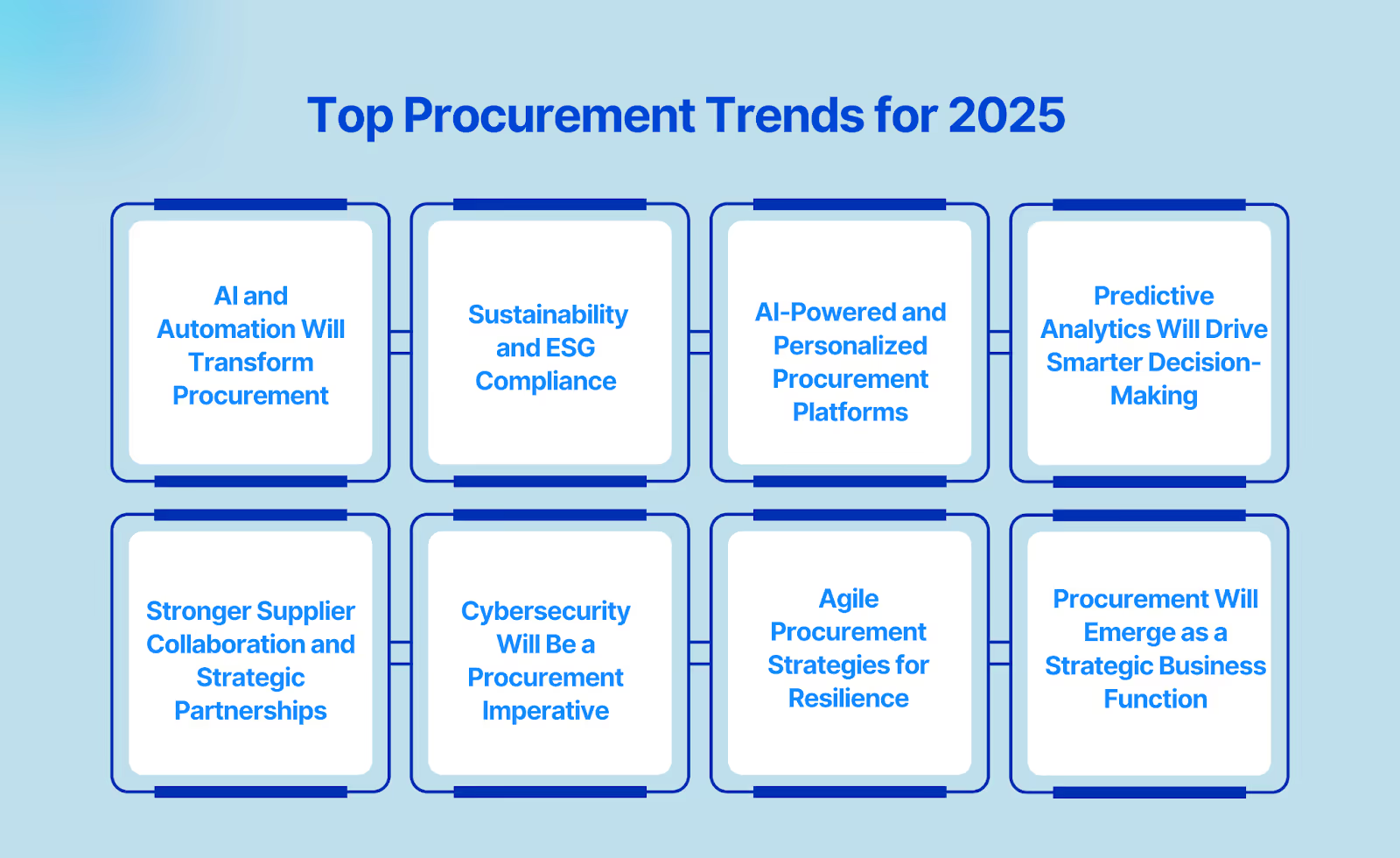
Die Beschaffung durchläuft 2025 einen tiefgreifenden Wandel, der auf schnelle technologische Fortschritte, eine sich verändernde globale Lieferkettendynamik und steigende Anforderungen an Nachhaltigkeit zurückzuführen ist. Unternehmen müssen sich diesen Veränderungen stellen, um die Effizienz zu steigern, Risiken zu minimieren und die langfristige Wertschöpfung voranzutreiben.
Im Folgenden finden Sie die wichtigsten Einkaufstrends, die die Zukunft prägen werden -
1. KI und Automatisierung werden die Beschaffung verändern
Künstliche Intelligenz (KI) und Automatisierung werden eine zentrale Rolle bei der Revolutionierung der Beschaffungsprozesse spielen. Generative KI wird die Entscheidungsfindung im Einkauf verbessern, indem sie Lieferantenempfehlungen, Ausgabenprognosen und fortschrittliche Analysen bietet.
KI-gestützte Assistenten automatisieren Angebotsanfragen (RFQs), die Erstellung von Bestellungen, die Rechnungsverarbeitung und das Onboarding von Lieferanten, wodurch der manuelle Aufwand erheblich reduziert wird. Intelligente KI-Systeme werden auch Echtzeitdaten analysieren, um Beschaffungsfachleuten zu helfen, fundierte Entscheidungen in Bezug auf Lieferantenauswahl, Risikominderung und Kostenoptimierung zu treffen.
Diese Fortschritte werden nicht nur die Geschwindigkeit und Genauigkeit erhöhen, sondern auch die allgemeine Effizienz der Beschaffung verbessern, indem menschliche Fehler reduziert werden und die Fachkräfte mehr Zeit haben, sich auf strategische Initiativen zu konzentrieren.
2. Nachhaltigkeit und ESG-Compliance werden eine Priorität sein
Nachhaltigkeit ist nicht mehr optional, und Unternehmen werden einem zunehmenden Druck ausgesetzt sein, Prinzipien aus den Bereichen Umwelt, Soziales und Unternehmensführung (ESG) in ihre Beschaffungsstrategien zu integrieren.
Unternehmen müssen sich auf die Erfassung des CO2-Fußabdrucks, die verantwortungsvolle Beschaffung und die Einhaltung der ESG-Standards durch Lieferanten konzentrieren. Umweltfreundliche Beschaffung wird zu einem zentralen Schwerpunkt werden, wobei der Einsatz nachhaltiger Materialien, ethische Arbeitspraktiken und Modelle der Kreislaufwirtschaft im Vordergrund stehen.
Digitale Tools werden entscheidend dazu beitragen, die Transparenz der Lieferkette zu verbessern und sicherzustellen, dass Beschaffungsentscheidungen mit den globalen Nachhaltigkeitsverpflichtungen übereinstimmen. Unternehmen, die ESG-Prinzipien nicht berücksichtigen, riskieren Reputationsschäden und potenzielle regulatorische Strafen, sodass die nachhaltige Beschaffung zu einem nicht verhandelbaren Aspekt künftiger Geschäftsstrategien wird.
3. KI-gestützte und personalisierte Beschaffungsplattformen
Die Beschaffungssoftware wird sich weiterentwickeln, um hochgradig personalisierte und KI-gestützte Benutzererlebnisse zu bieten. Diese Plattformen werden sich an die Bedürfnisse des Unternehmens anpassen, indem sie standortspezifische Beschaffungsempfehlungen, Vertragsautomatisierung und erweiterte Analyse-Dashboards bieten.
KI-gestützte Beschaffungssysteme lassen sich nahtlos in ERP-Software (Enterprise Resource Planning), Finanzsysteme und Supply-Chain-Management-Plattformen integrieren und ermöglichen so einen Datenfluss in Echtzeit über den gesamten Geschäftsbetrieb hinweg.
Durch die Integration von Marktanalysetools in Echtzeit können Beschaffungsexperten schnell auf Preisschwankungen, Leistungstrends bei Lieferanten und geopolitische Störungen reagieren.
Dieses Maß an Personalisierung und Integration wird die Beschaffung agiler und anpassungsfähiger an die Marktbedingungen machen, was zu besseren strategischen Entscheidungen führt.
4. Prädiktive Analytik wird zu intelligenteren Entscheidungen führen
Die Beschaffung wird von einer reaktiven zu einer proaktiven Funktion übergehen und prädiktive Analysen nutzen, um Ausgaben zu optimieren und Risiken zu reduzieren. KI-gestützte Analysen werden Unternehmen dabei helfen, Beschaffungsbedürfnisse zu antizipieren, Budgets zu optimieren und die Nachverfolgung der Lieferantenleistung zu verbessern.
Echtzeitdaten werden verwendet, um Lieferantenrisiken wie finanzielle Instabilität oder potenzielle Störungen zu bewerten, sodass Unternehmen präventive Maßnahmen ergreifen können. Darüber hinaus werden KI-gestützte dynamische Preisprognosen Trends bei Rohstoffpreisen, Materialien und Dienstleistungen analysieren und so den Beschaffungsteams helfen, kosteneffektive Einkaufsentscheidungen zu treffen.
Durch den Einsatz prädiktiver Analysen können Unternehmen die Beschaffungsplanung verbessern, das Risikomanagement verbessern und die Lieferantenverhandlungen optimieren.
5. Stärkere Zusammenarbeit mit Lieferanten und strategische Partnerschaften
Die traditionelle transaktionale Lieferantenbeziehung wird sich zu einem stärker kooperativen und strategischen Partnerschaftsmodell entwickeln. Die Beschaffungsteams werden aktiv mit den Lieferanten zusammenarbeiten, um Innovationen voranzutreiben, die Kosteneffizienz zu verbessern und die gegenseitigen Wachstumschancen zu verbessern.
Unternehmen werden in die Überwachung der Lieferantenleistung in Echtzeit mithilfe von Leistungsindikatoren (KPIs) und datengesteuerten Dashboards investieren, um Qualität, Compliance und Effizienz sicherzustellen.
Programme zur Lieferantenvielfalt werden ebenfalls an Bedeutung gewinnen, da sich Unternehmen darauf konzentrieren, Inklusivität zu fördern und Risiken zu reduzieren, die mit einer übermäßigen Abhängigkeit von einer begrenzten Anzahl von Anbietern verbunden sind. Die Stärkung der Zusammenarbeit mit Lieferanten wird nicht nur zu Innovationen führen, sondern auch zu einer widerstandsfähigeren Lieferkette führen, die besser in der Lage ist, globale Störungen zu bewältigen.
6. Cybersicherheit wird ein Muss bei der Beschaffung sein
Da die Beschaffung zunehmend digitalisiert wird, werden die Cybersicherheitsrisiken steigen, sodass Sicherheit oberste Priorität hat. Unternehmen müssen robuste Cybersicherheitsmaßnahmen ergreifen, um sensible Einkaufsdaten vor Cyberbedrohungen, Betrug und Verstößen zu schützen.
Das Risikomanagement von Drittanbietern wird von entscheidender Bedeutung sein, da Unternehmen strenge Cybersicherheitsrichtlinien für ihre Anbieter durchsetzen und die Einhaltung der Datenschutzbestimmungen verlangen. Durch die Stärkung der digitalen Beschaffungssicherheit werden geschäftskritische Informationen geschützt, Schwachstellen in der Lieferkette vermieden und die Integrität der Beschaffungstransaktionen gewährleistet.
Unternehmen, die Cybersicherheit nicht priorisieren, setzen sich Betriebsstörungen, Reputationsschäden und finanziellen Verlusten aus.
7. Agile Beschaffungsstrategien für Resilienz
In einer Zeit kontinuierlicher Marktvolatilität müssen Beschaffungsstrategien agiler werden, um sich schnell an unvorhergesehene Störungen anpassen zu können. Unternehmen werden flexible Beschaffungsmodelle implementieren, die es ihnen ermöglichen, dynamisch auf wirtschaftliche Schwankungen, geopolitische Krisen und Unterbrechungen der Lieferkette zu reagieren.
Nearshoring und Lokalisierung werden zu wichtigen Trends werden, da Unternehmen versuchen, die Abhängigkeit von Lieferanten aus der Ferne zu verringern und Lieferkettenrisiken zu mindern. Unternehmen werden auch dynamische Vertragsmodelle einführen, die Flexibilität bieten, Beschaffungsstrategien anzupassen, wenn sich die Marktbedingungen ändern.
Durch die Einführung einer agilen Beschaffung werden Unternehmen die Widerstandsfähigkeit ihrer Lieferkette verbessern und so die Geschäftskontinuität auch angesichts von Unsicherheiten sicherstellen.
8. Die Beschaffung wird sich zu einer strategischen Geschäftsfunktion entwickeln
Die Beschaffung wird nicht mehr nur als Kostensenkungsfunktion betrachtet, sondern sie wird eine entscheidende Rolle bei der Förderung der Geschäftsstrategie, des Umsatzwachstums und der Innovation spielen.
Einkaufsleiter werden eng mit Führungskräften der obersten Führungsebene, einschließlich CFOs, CTOs und COOs, zusammenarbeiten, um die Einkaufsstrategien an den umfassenderen Geschäftszielen auszurichten. In den Diskussionen in den Vorstandsetagen werden zunehmend Überlegungen zur Beschaffung im Mittelpunkt stehen, da Unternehmen erkennen, welche Auswirkungen die Funktion auf Nachhaltigkeit, Rentabilität und betriebliche Effizienz hat.
Wenn Beschaffungsteams zunehmend strategische Aufgaben übernehmen, werden sie zum langfristigen Geschäftswachstum, Wettbewerbsvorteilen und zur Wertschöpfung im gesamten Unternehmen beitragen.
Lesen Sie auch: Beschaffungsprozesse im Jahr 2025: P2S, S2C und P2P erklärt
akirolabs: Ihr strategischer Einkaufsvorteil
Da die Beschaffung im Jahr 2025 immer komplexer wird, sehen sich Unternehmen einem zunehmenden Verbesserungsdruck ausgesetzt Effizienz, Kostenkontrolle, und Nachhaltigkeit. Traditionelle Beschaffungsmethoden haben Schwierigkeiten, diesen Anforderungen gerecht zu werden. Akirolabs, eine KI-gestützte, Cloud-native Beschaffungsplattform, ist einzigartig positioniert, um Unternehmen dabei zu unterstützen, sich an diese neue Landschaft anzupassen und erfolgreich zu sein.
Zentralisierte Beschaffungsdaten
- Traditionelle Beschaffungssysteme stützen sich häufig auf manuelle Prozesse und Getrennte Tools, was zu fragmentierten Daten und ineffizienten Entscheidungsprozessen führt.
- Akirolabs zentralisiert Beschaffungsdaten auf einer einzigen Plattform und bietet Sichtbarkeit in Echtzeit in die Leistung von Lieferanten, Beschaffungsstrategien und historische Entscheidungen.
- Das zentralisierter Ansatz stellt sicher funktionsübergreifende Zusammenarbeit, reduziert Silos und ermöglicht schnellere, fundiertere Entscheidungen.
KI-gestützte Erkenntnisse und prädiktive Analysen
- Auf dem heutigen schnelllebigen Markt müssen Unternehmen proaktiv, aber viele haben mit einem Mangel an Einblicke in Echtzeit.
- Akirolabs nutzt AI um prädiktive Analysen und umsetzbare Erkenntnisse bereitzustellen, die es Teams ermöglichen, Möglichkeiten zur Kosteneinsparung und mildern Lieferantenrisiken bevor sie zu Problemen werden.
- Mit Akiro Assist, den KI-gestützten Co-Piloten der Plattform, erhalten die Einkaufsteams personalisierte Empfehlungen die Beschaffungsstrategien optimieren, Preisschwankungen vorhersagen und die Lieferantenauswahl verbessern.
Nachhaltigkeit und ESG-Integration
- Nachhaltigkeit ist ein wachsendes, aber integrierendes Thema ESG (Umwelt, Soziales und Unternehmensführung) Die Grundsätze der Beschaffung können eine Herausforderung sein.
- Akirolabs bettet ein ESG-Metriken in Beschaffungsstrategien, Nachverfolgung CO2-Fußabdrücke, ethische Beschaffung, und Lieferantenvielfalt in Echtzeit.
- Die Plattform ist Jenseits der Kategorie Mit dieser Funktion können Unternehmen erstellen kategorienübergreifende Nachhaltigkeitsstrategien, um sicherzustellen, dass alle Beschaffungsentscheidungen mit soziale Verantwortung der Unternehmen Tore.
Zusammenarbeit mit Lieferanten und Beziehungsmanagement
- Der Aufbau starker Lieferantenbeziehungen ist von entscheidender Bedeutung, doch viele Unternehmen haben damit zu kämpfen schlechte Sichtbarkeit des Lieferanten und ineffiziente Kommunikation.
- Akirolabs erleichtert Zusammenarbeit in Echtzeit durch Cloud-basierte Netzwerke, bietet sofortigen Zugriff auf Leistungsdaten der Lieferanten, Vertragsaktualisierungen, und Aufzeichnungen zur Einhaltung der Vorschriften.
- Durch Kartierung der Interessengruppen und Umfragenkönnen Einkaufsteams sicherstellen, dass die Lieferantenbeziehungen auf Transparenz und gegenseitigem Nutzen basieren, und so verbessern Einbindung von Lieferanten.
Agile Beschaffungsstrategien
- Die Notwendigkeit von flexibel Beschaffungsstrategien waren noch nie so wichtig wie heute, insbesondere angesichts Marktvolatilität und Unterbrechungen der Lieferkette.
- Akirolabs unterstützt agiler Einkauf durch Angebot dynamische Szenariomodellierung, wodurch Teams verschiedene Beschaffungsstrategien simulieren und sich entsprechend anpassen können, wenn sich die Marktbedingungen ändern.
- Diese Fähigkeit zu Strategien in Echtzeit anpassen stellt sicher, dass die Beschaffungsteams widerstandsfähig bleiben und die Auswirkungen unvorhergesehener Störungen minimiert werden.
Durch Adoption Akirolabs, können Unternehmen ihre Beschaffungsstrategien zukunftssicher machen, die betriebliche Effizienz steigern und ihre Nachhaltigkeits- und Kostenkontrollziele mühelos erreichen.
Lesen Sie auch: Der Procuretech Podcast: Aus einem Unternehmen ein Startup machen - akirolabs
Fazit
Die Beschaffungstechnologie wird 2025 die Art und Weise, wie Unternehmen ihre Beschaffung, Lieferantenbeziehungen und Kostenoptimierung verwalten, neu definieren. Angesichts der Fortschritte in den Bereichen KI-gestützte Automatisierung, prädiktive Analytik, Blockchain, IoT und cloudbasierte Zusammenarbeit geht es bei der Beschaffung nicht mehr nur um Kostensenkung — sie wird zu einer strategischen Funktion, die Effizienz, Nachhaltigkeit und Widerstandsfähigkeit fördert. Unternehmen, die diese neuen Technologien einsetzen, werden sich einen Wettbewerbsvorteil verschaffen, indem sie die Entscheidungsfindung verbessern, die Transparenz erhöhen und die Risiken in der Lieferkette mindern.
Da sich die Beschaffung ständig weiterentwickelt, müssen Unternehmen über traditionelle Methoden hinausgehen und in digitale Lösungen investieren, die Abläufe rationalisieren und langfristigen Wert schaffen. Ganz gleich, ob es darum geht, KI für eine intelligente Beschaffung zu nutzen, Blockchain für sichere Transaktionen zu nutzen oder prädiktive Analysen zur Prognose von Markttrends zu implementieren — diesen Trends immer einen Schritt voraus zu sein, wird der Schlüssel zum zukünftigen Erfolg sein. Durch den Einsatz der richtigen Technologielösungen können sich Beschaffungsteams von reaktiven Kostenstellen zu proaktiven, wertorientierten Geschäftsträgern entwickeln.
Ist Ihre Einkaufsstrategie bereit für die Zukunft? Um mehr darüber zu erfahren, wie Akirolabs bei der Beschaffungstechnologie helfen kann, vereinbaren Sie noch heute eine kostenlose Demo!
Was macht ein erfolgreiches Pilotprojekt mit Akirolabs aus?
Wir definieren Erfolg gemeinsam mit Ihrem Team. Zu den typischen Ergebnissen gehören die Strategieerstellung für Prioritätskategorien, messbare Prozessverbesserungen und interne Abstimmung. Wir bieten volle Unterstützung und einen klaren Zeitplan für die Bewertung.
Kann ich die Plattform nach der Demo praktisch ausprobieren?
Ja, wir bieten geführte Piloten und Sandbox-Umgebungen an, je nachdem, in welcher Phase des Kaufprozesses Sie sich befinden. Diese geben dir und deinem Team die Möglichkeit, Funktionen in deinem eigenen Kontext zu erkunden.
Wer sollte an der Demo meiner Organisation teilnehmen?
Wir empfehlen, wichtige Stakeholder aus Ihrem Führungsteam für die Beschaffung, aus der Kategorie Management und aus den Gruppen für Exzellenz oder Transformation im Bereich Beschaffung einzubeziehen. Die Einbeziehung von Interessenvertretern aus dem Unternehmen kann auch hilfreich sein, um zu demonstrieren, wie die Plattform die funktionsübergreifende Zusammenarbeit erleichtert.
Was werde ich während einer Akirolabs-Demo sehen?
Während der Demo sehen Sie die komplette Akirolabs Category Strategy Workbench in Aktion, einschließlich des kollaborativen Workflows, der KI-gestützten Erkenntnisse von AkiroAssist, der Funktionen zur strategischen Szenariomodellierung und der Strategy One-Pager-Funktion. Wir passen die Demonstration so an, dass sie sich auf Aspekte konzentriert, die für die Bedürfnisse Ihres Unternehmens am relevantesten sind.
Kann ich sehen, wie Akirolabs mit unseren spezifischen Kategorien funktionieren würde?
Ja, wir können die Demo so anpassen, dass sie zeigt, wie Akirolabs mit Ihren spezifischen Kategorien und Ihrer Beschaffungsstruktur zusammenarbeitet. Teilen Sie uns Ihre Schwerpunktbereiche im Voraus mit und wir passen die Demonstration entsprechend an.
Wie lange dauert eine typische Demo?
Eine Standarddemo dauert etwa 45-60 Minuten und bietet ausreichend Zeit für einen umfassenden Überblick über die Plattform und eine Diskussion Ihrer spezifischen Anforderungen. Wir können den Zeitplan an Ihre Verfügbarkeit und Ihre Interessengebiete anpassen.
Sind Sie bereit, Ihre Beschaffungsstrategie zu transformieren?
Es gibt einen besseren Weg, die Beschaffung zu erledigen. Das ist IT.
.avif)




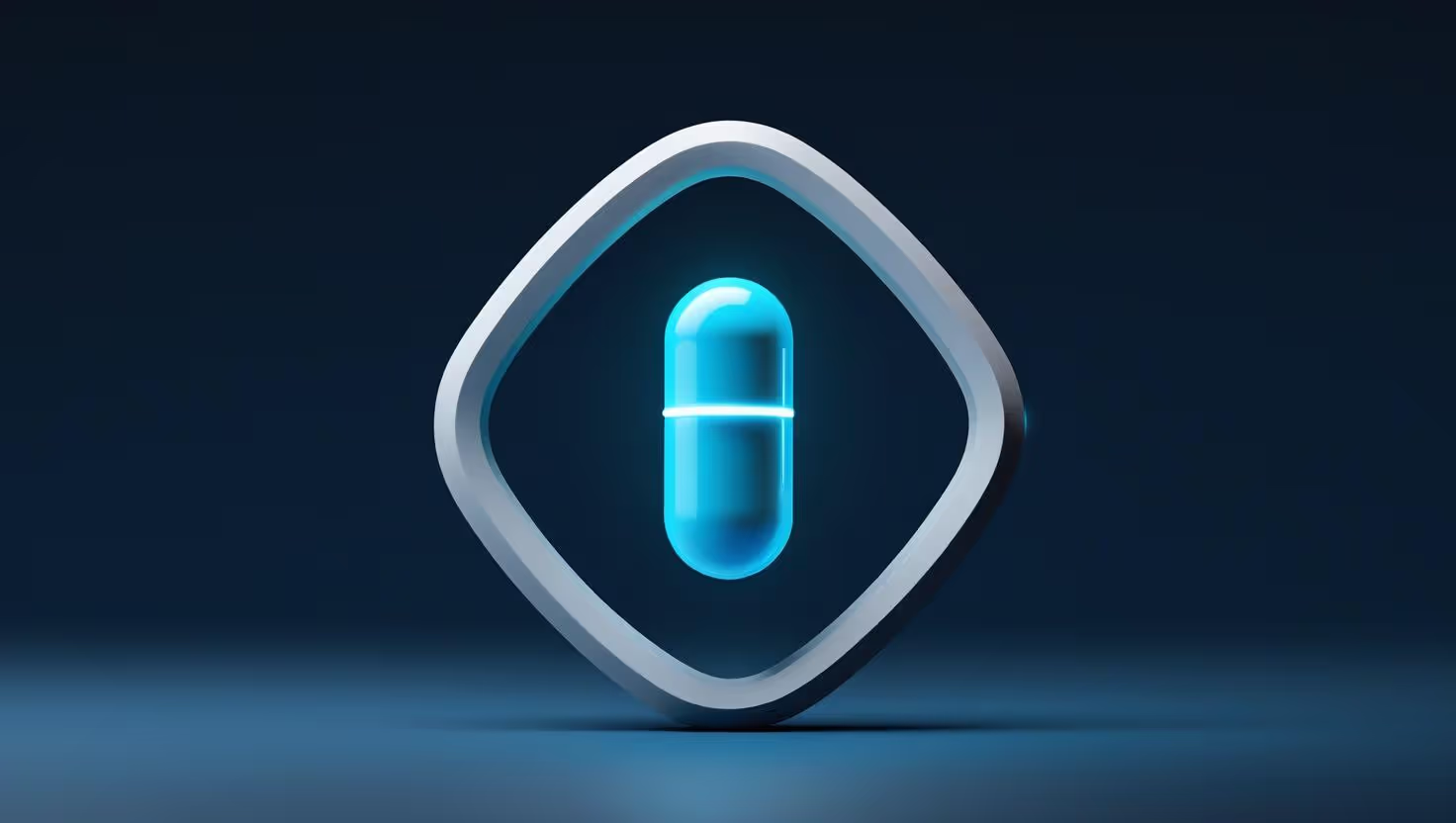
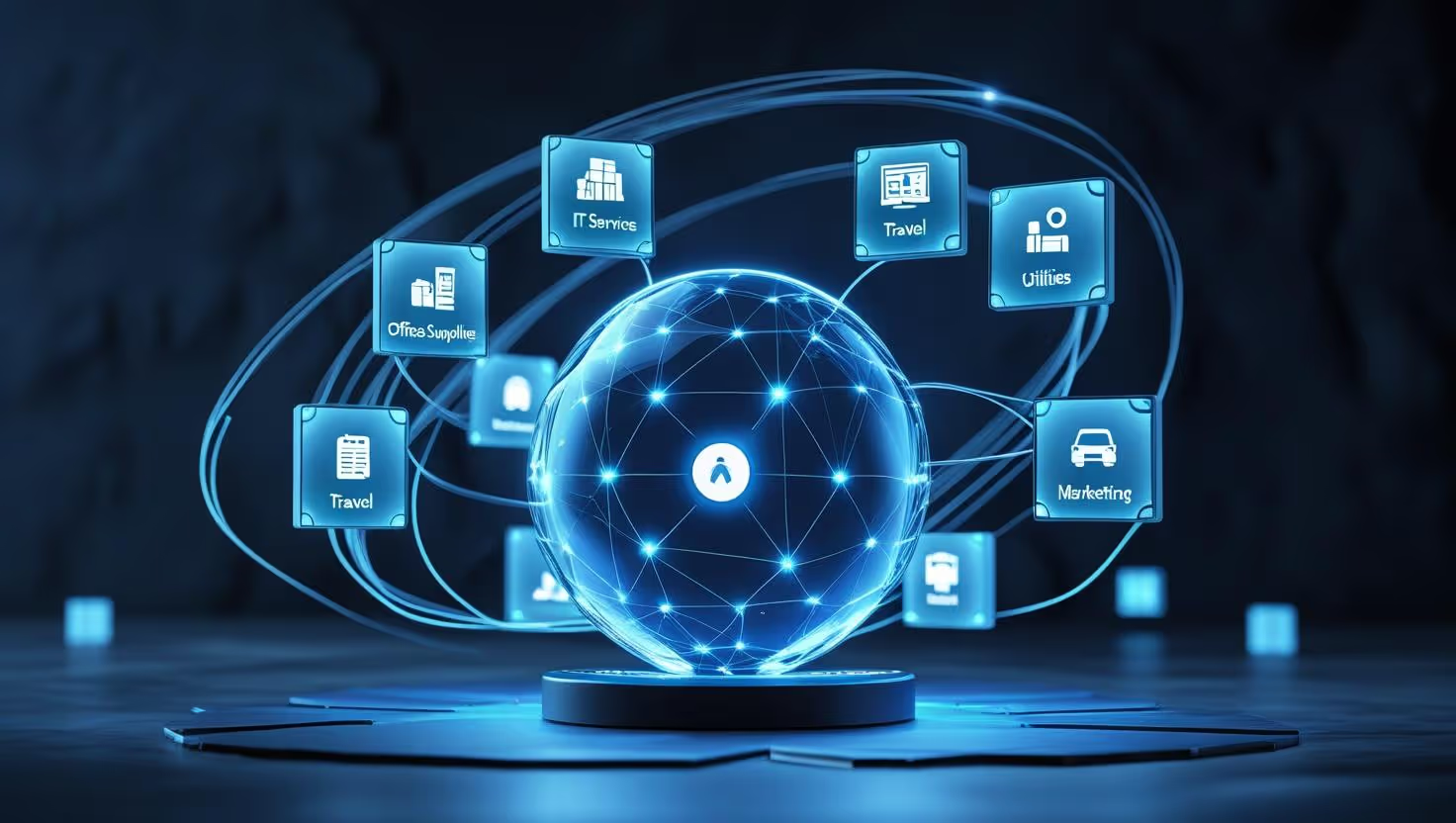
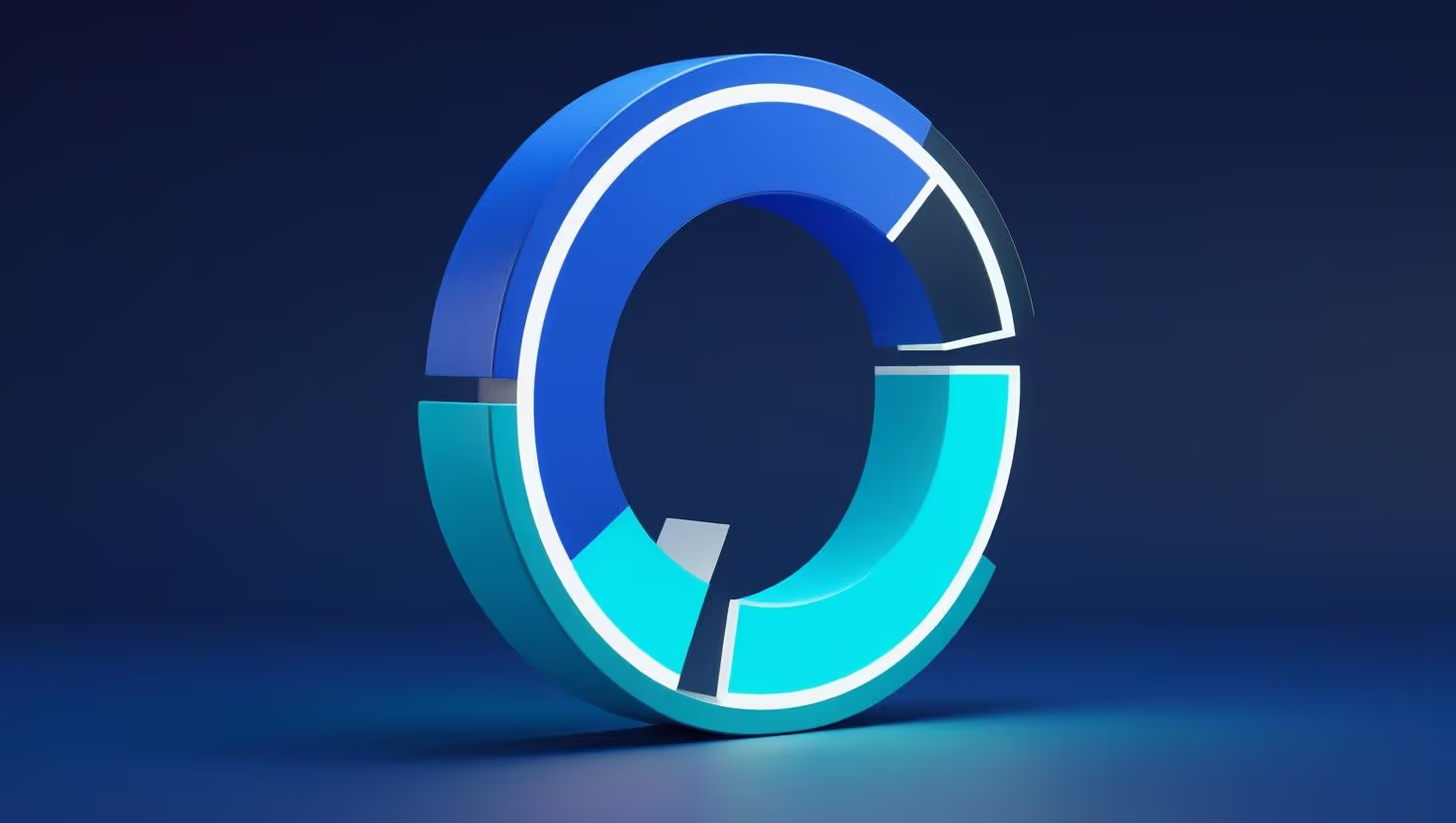
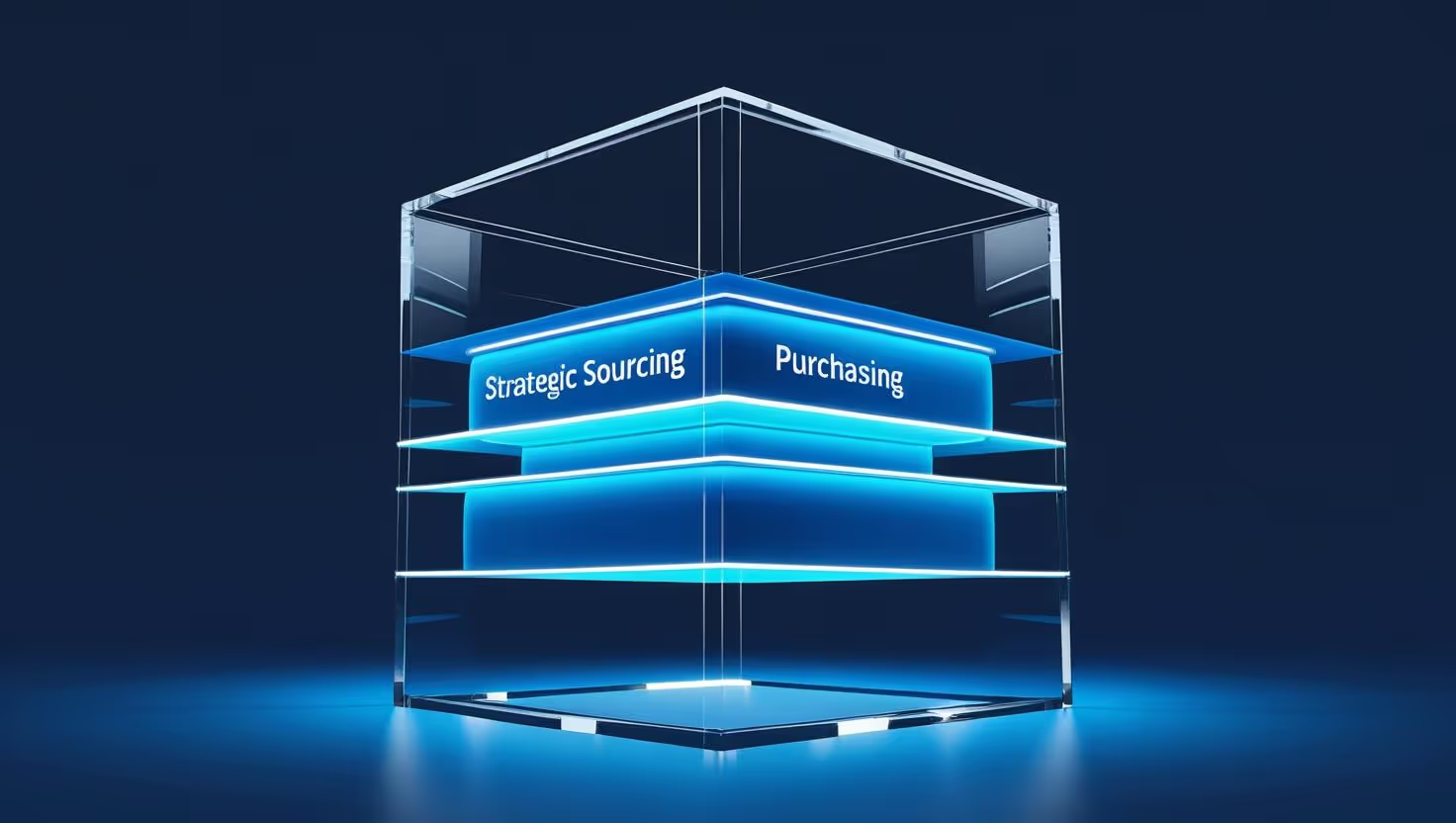


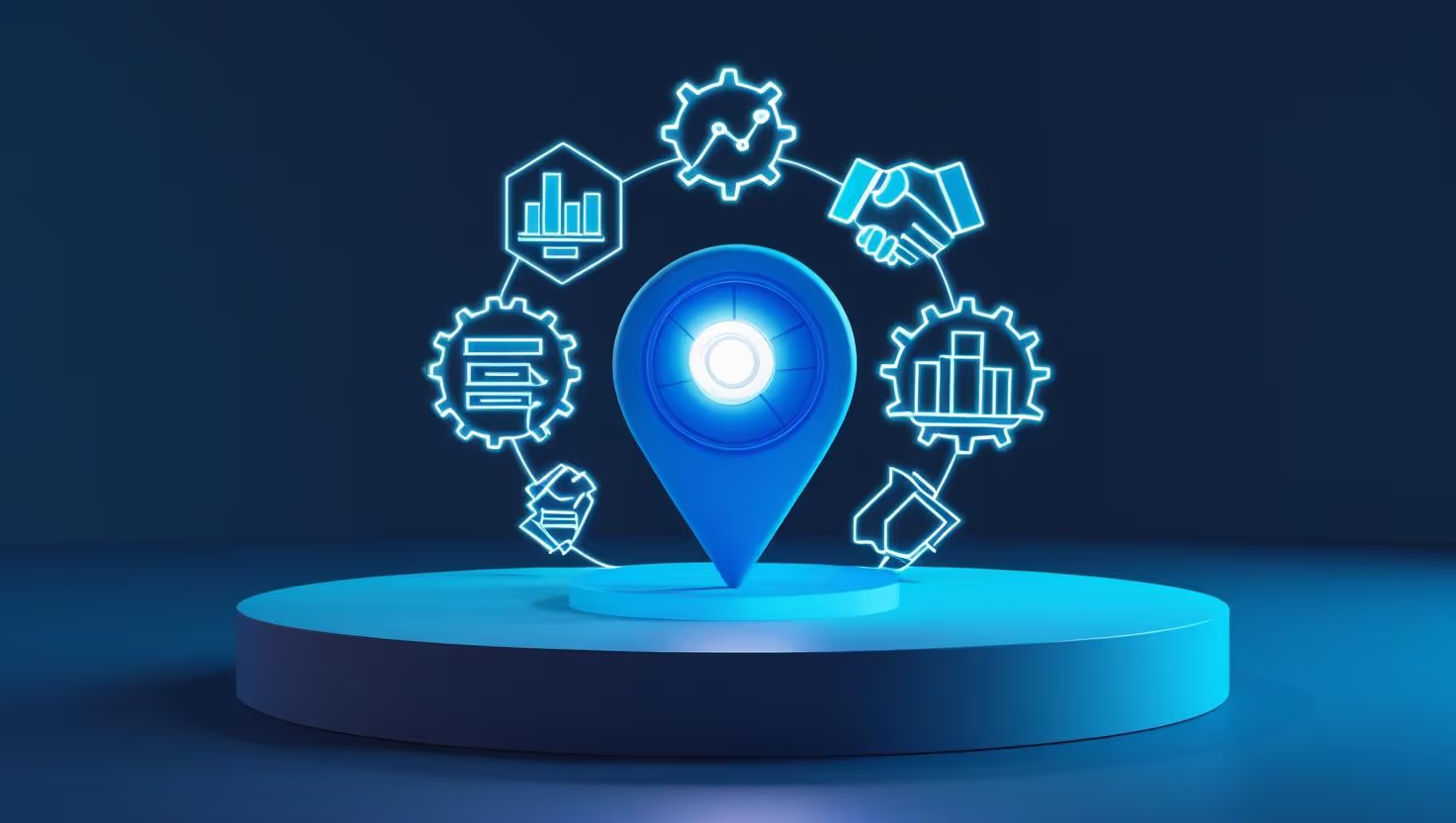
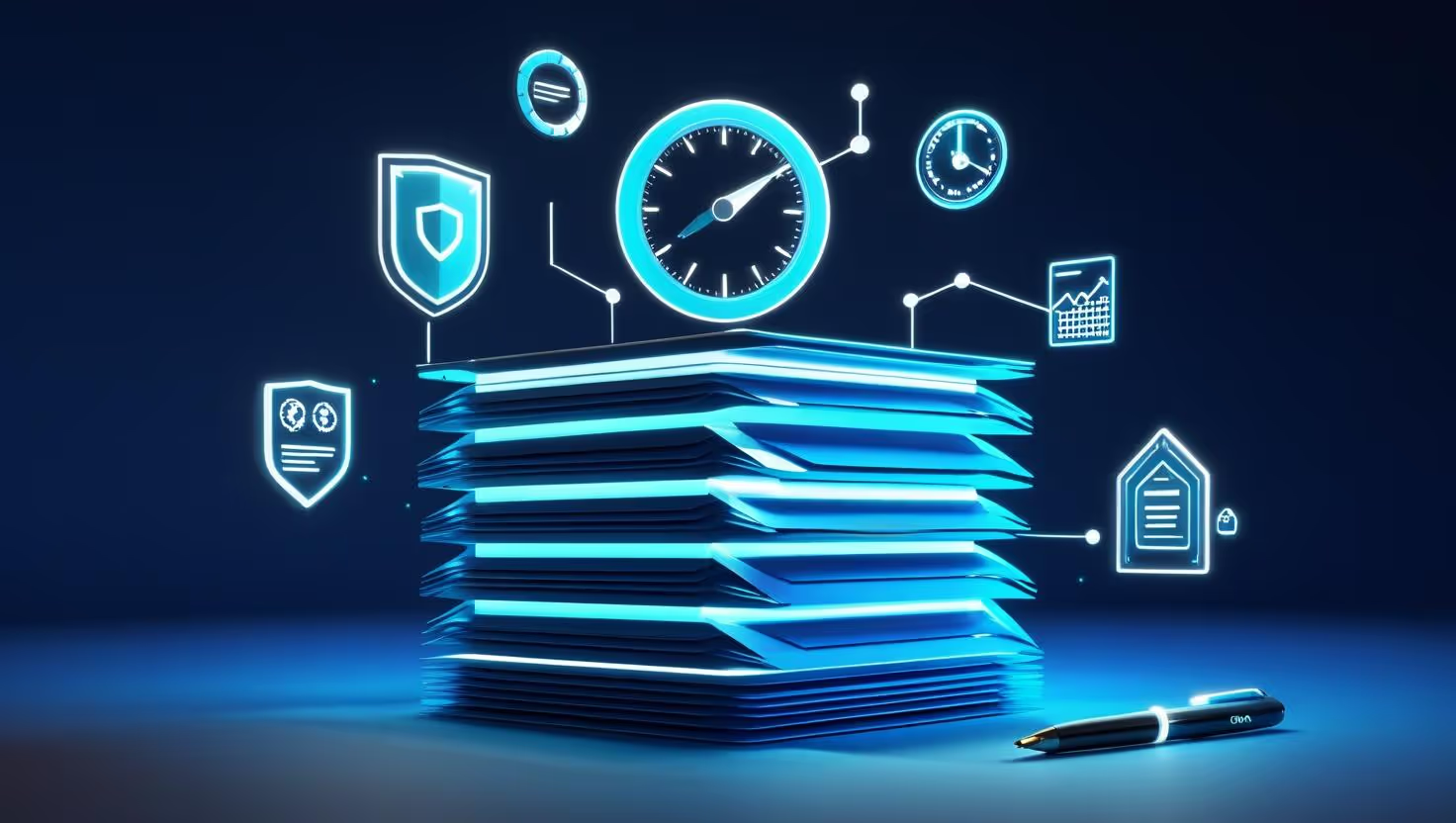
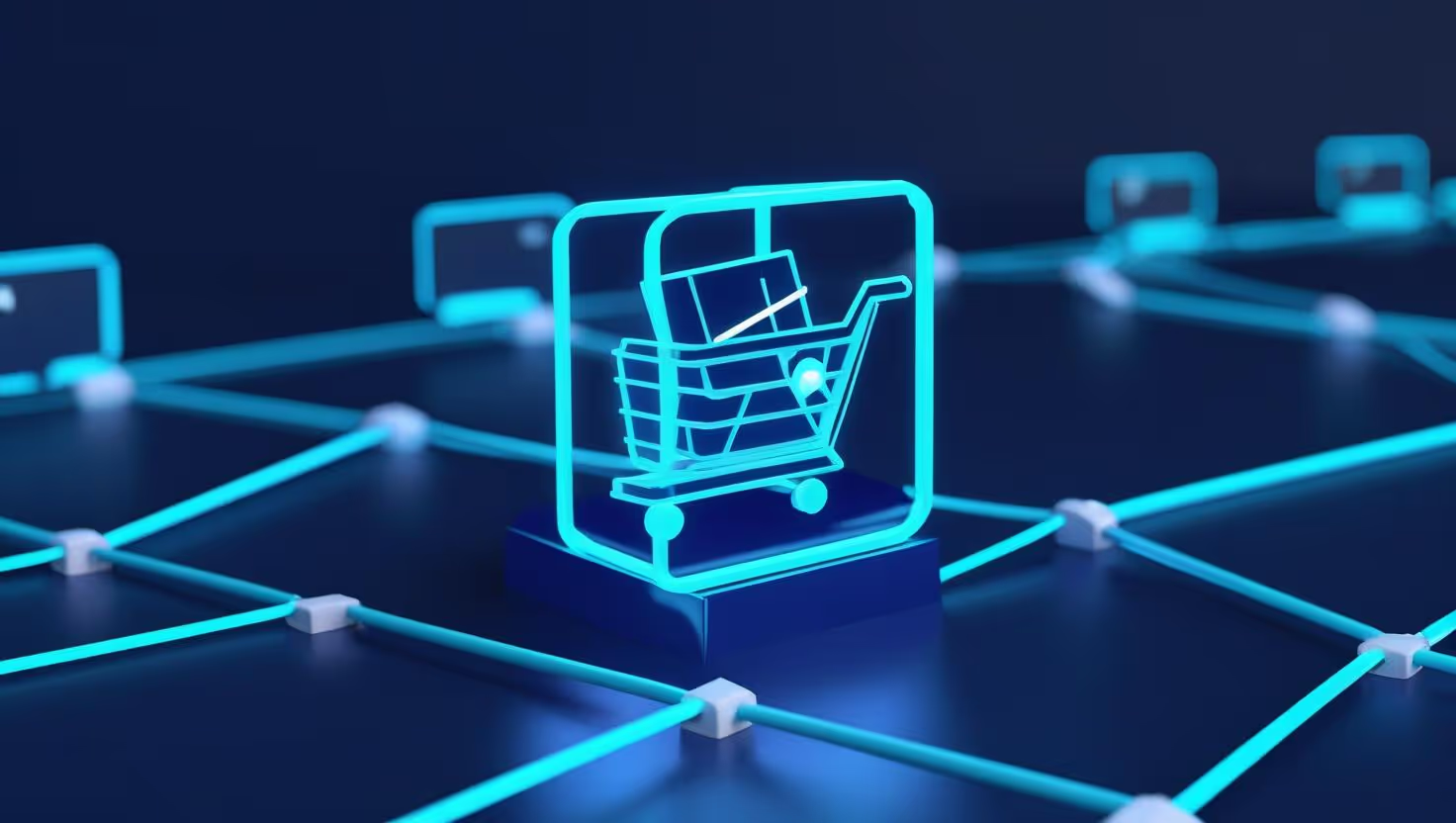
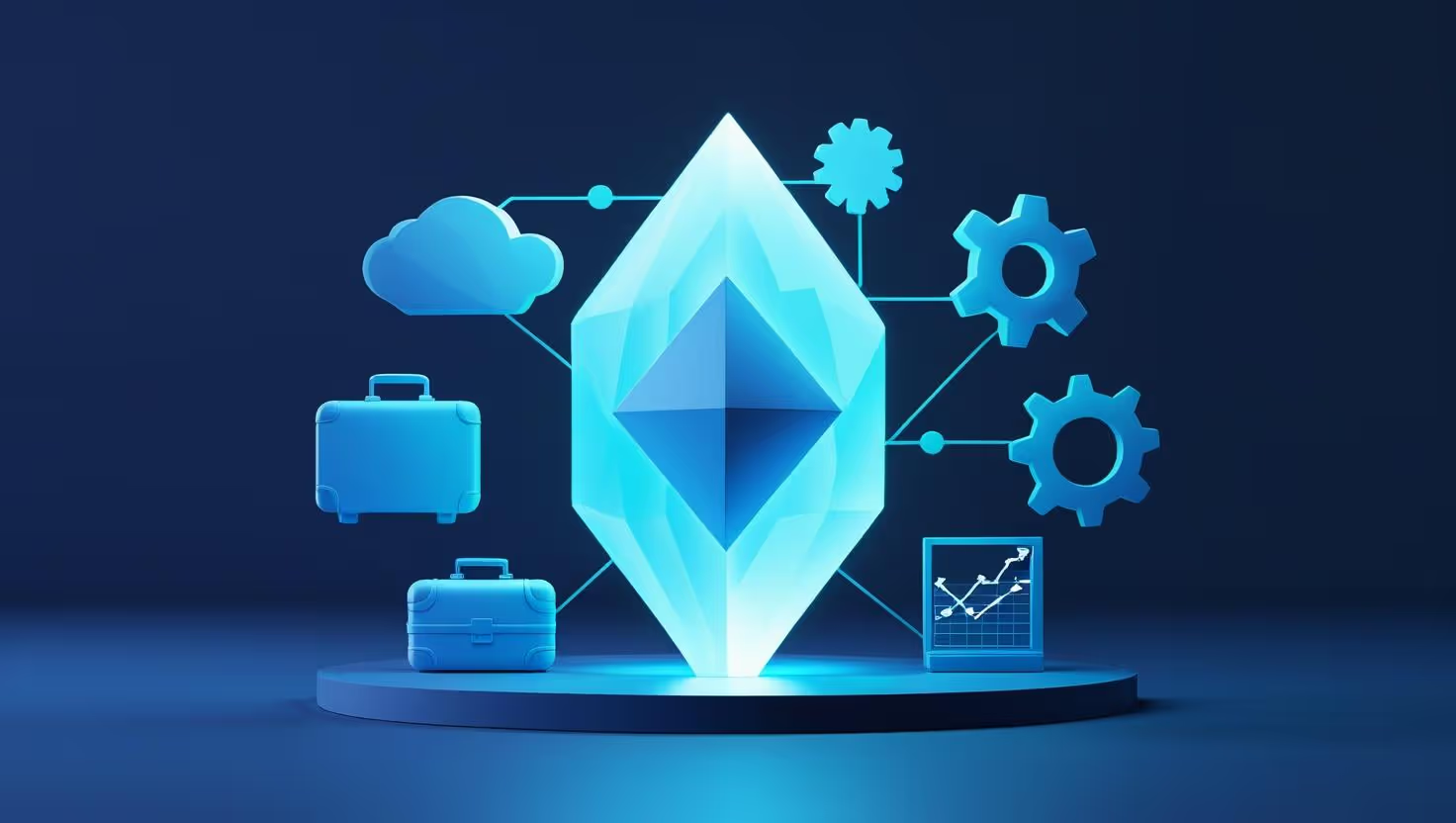

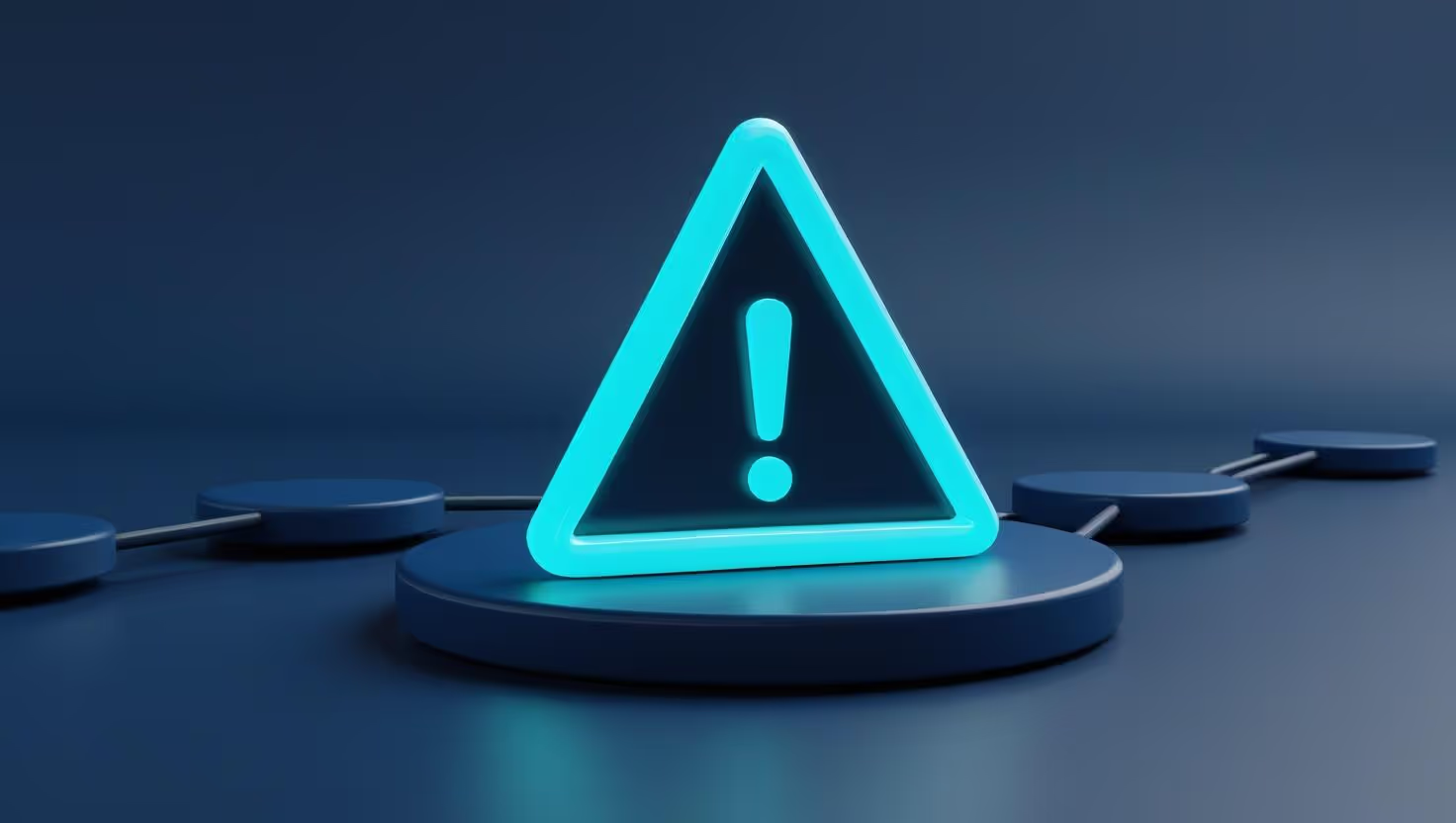

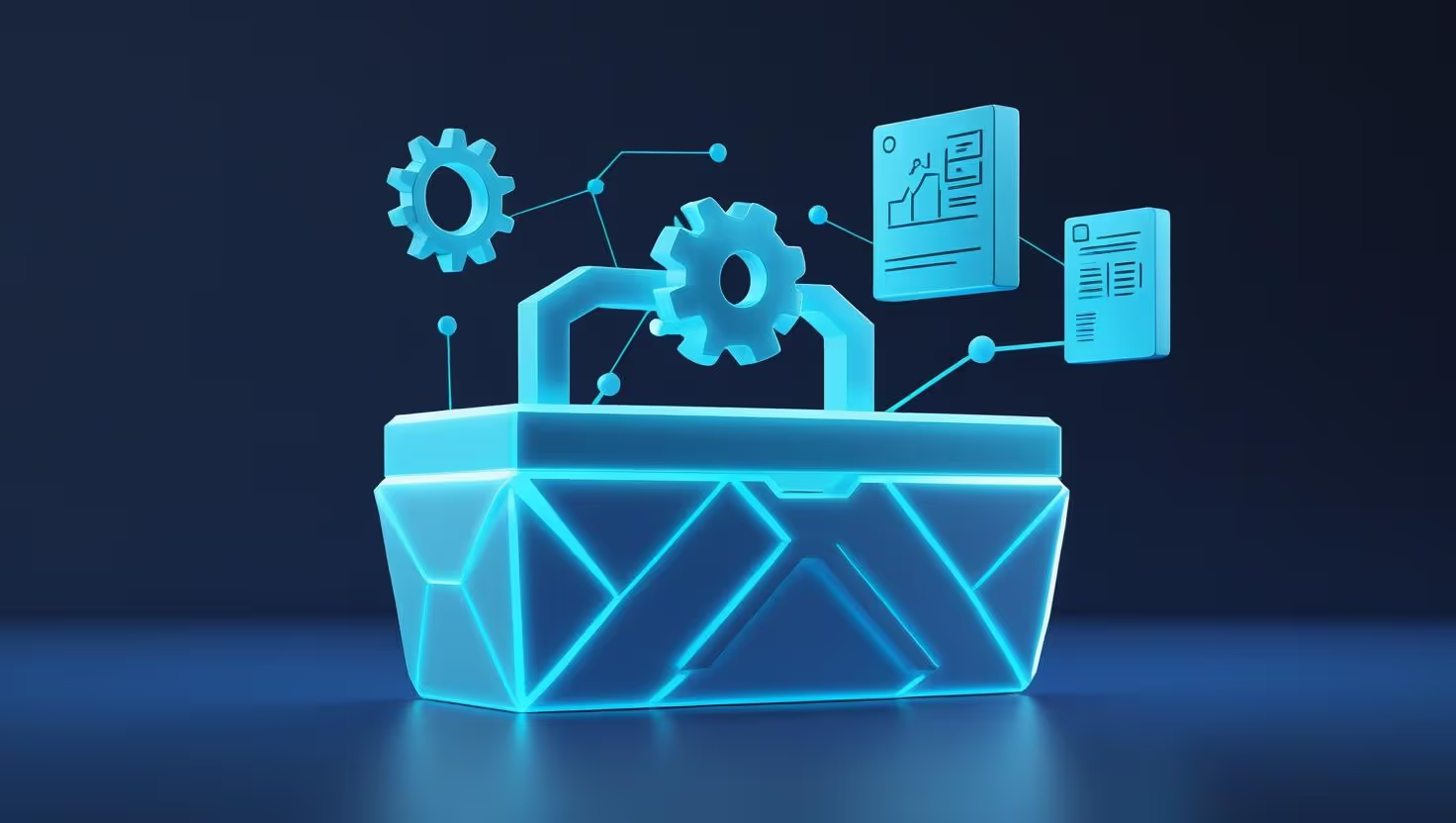
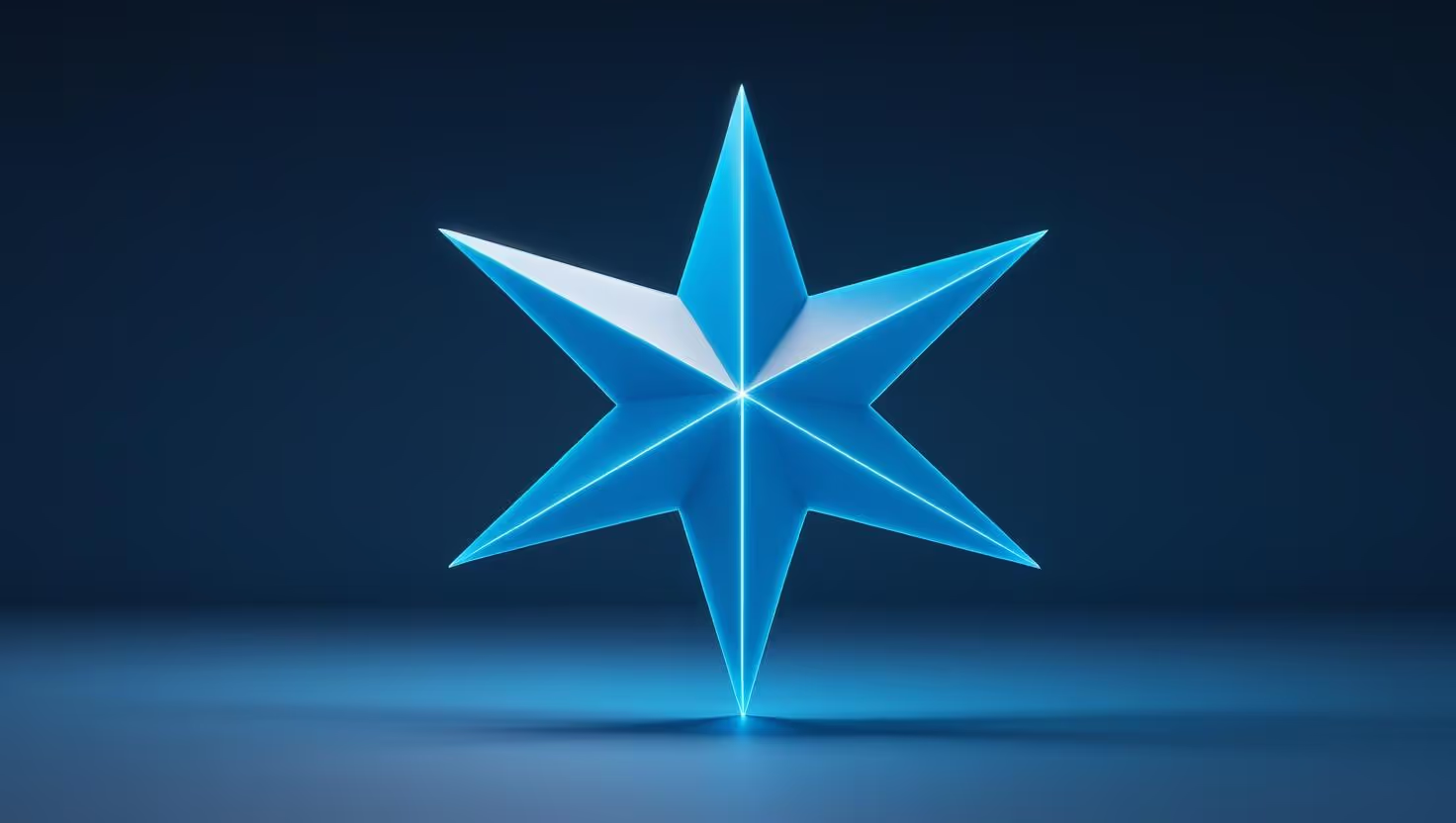




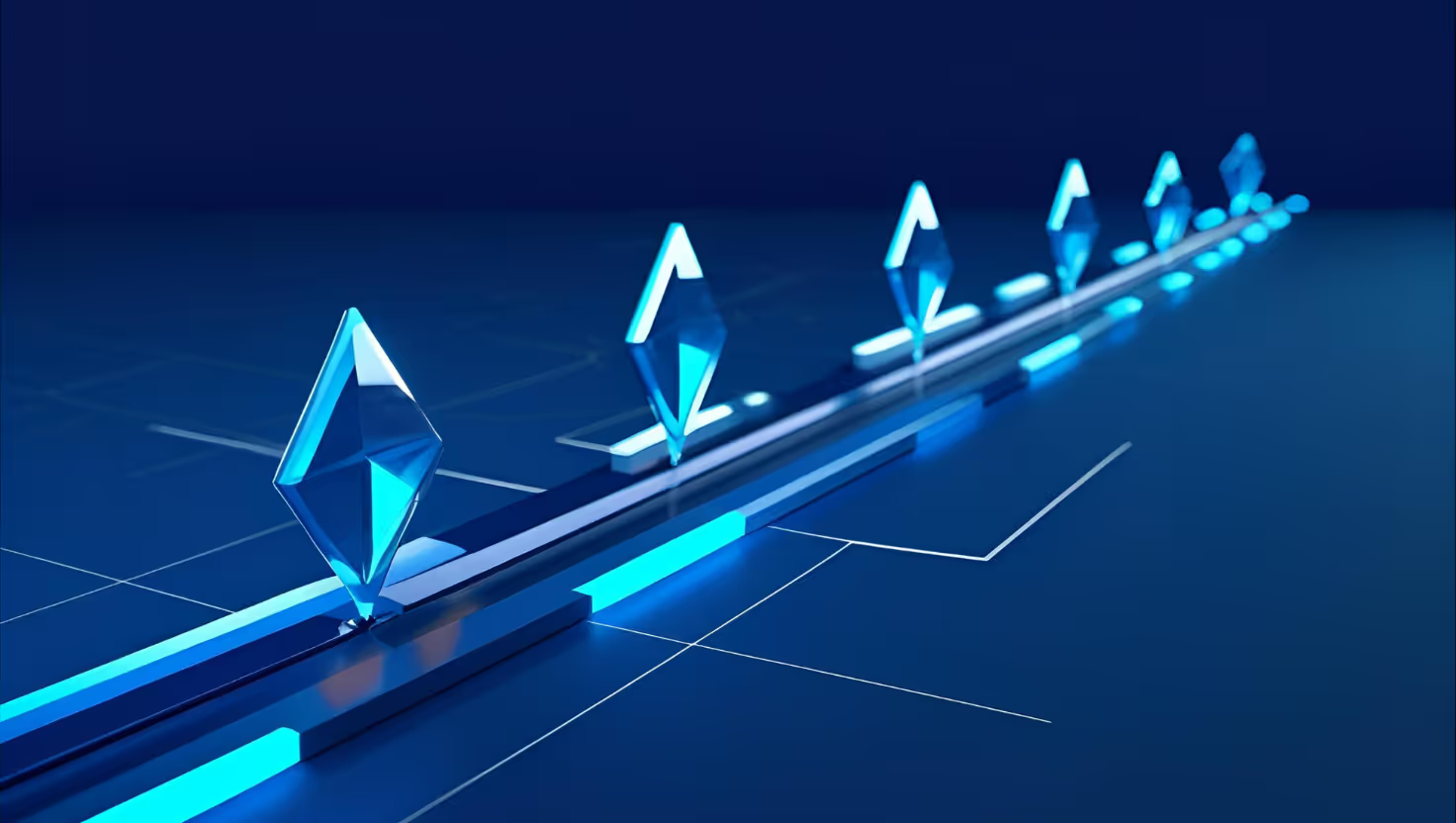
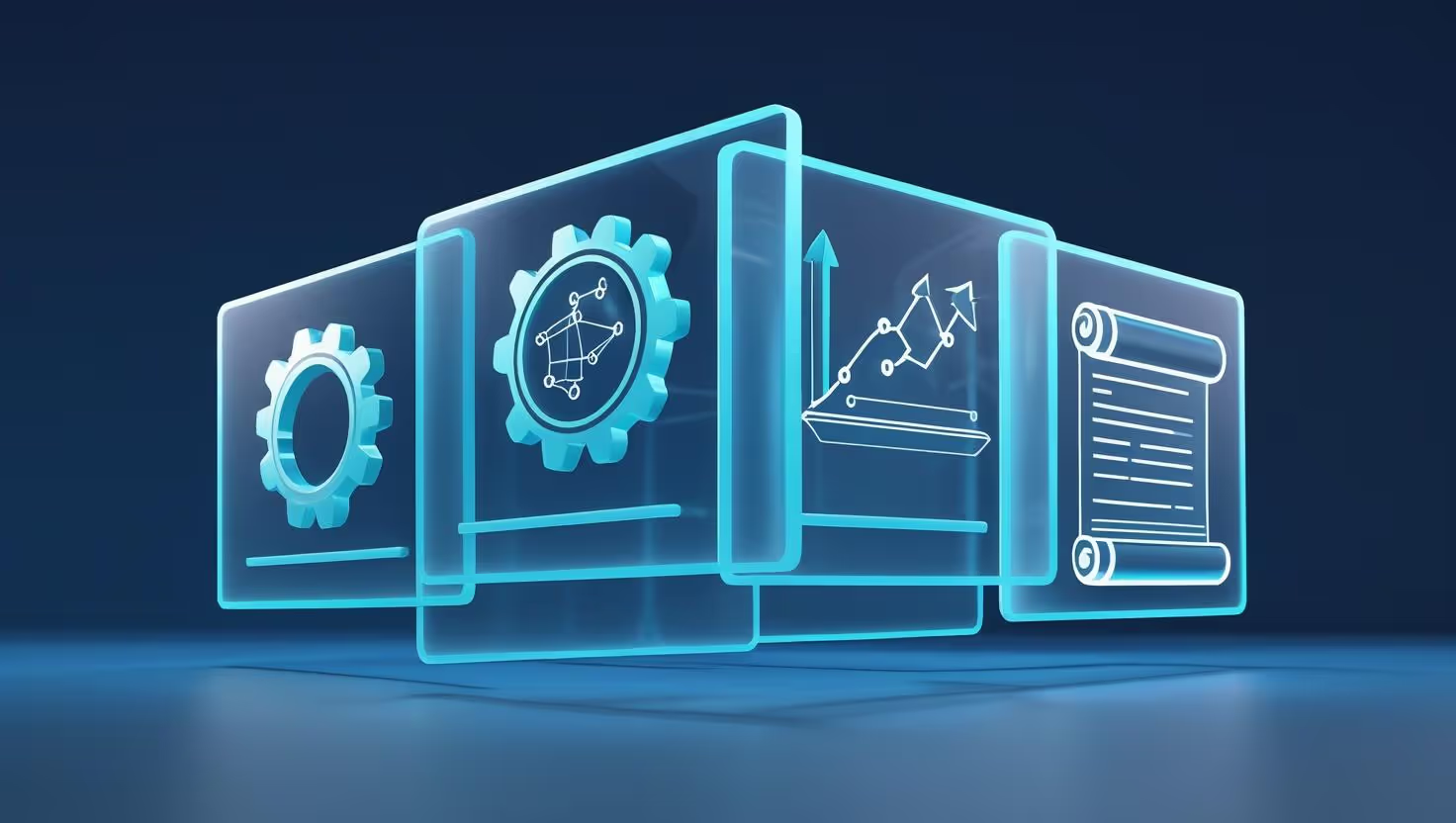
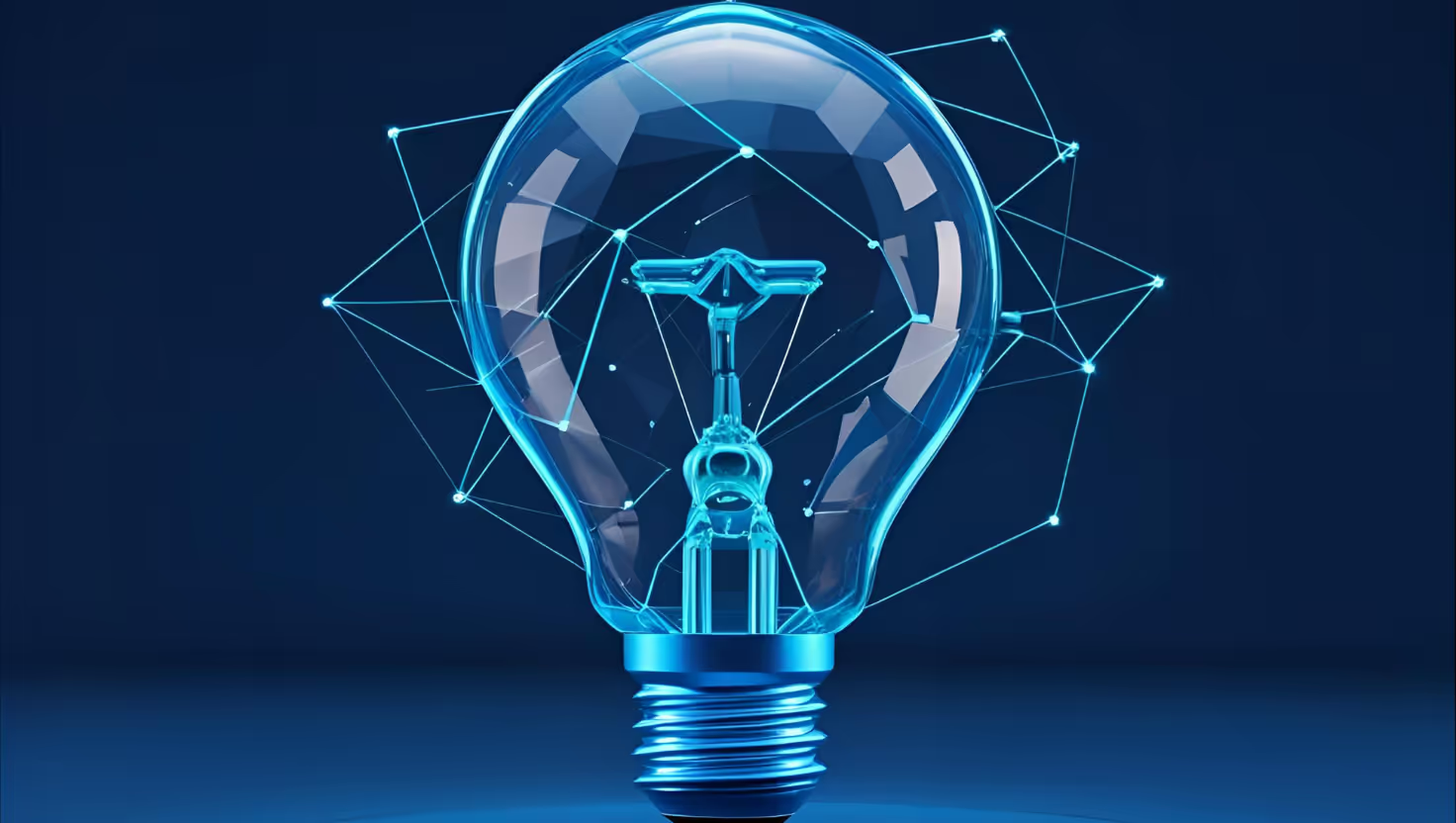


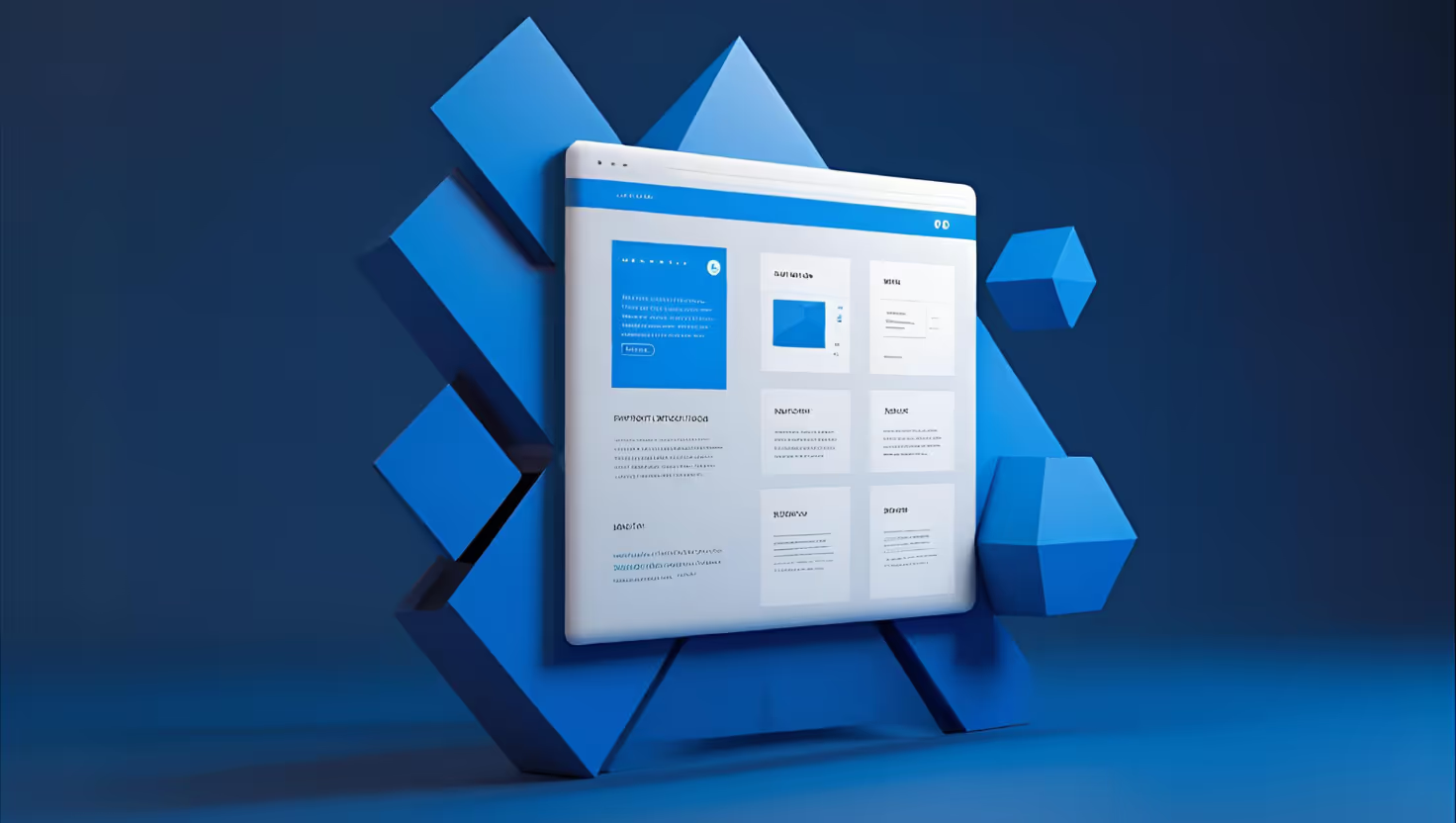
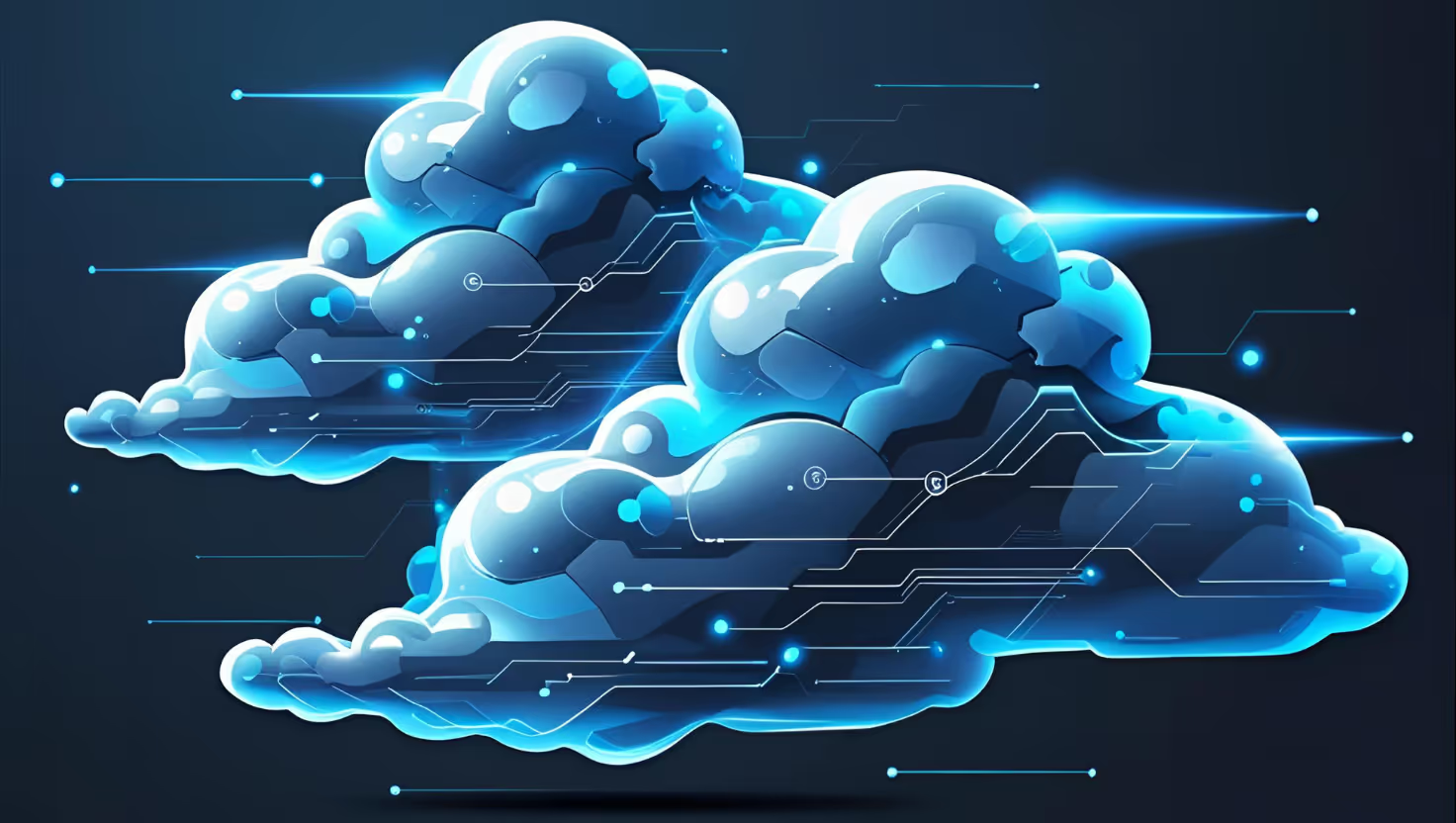






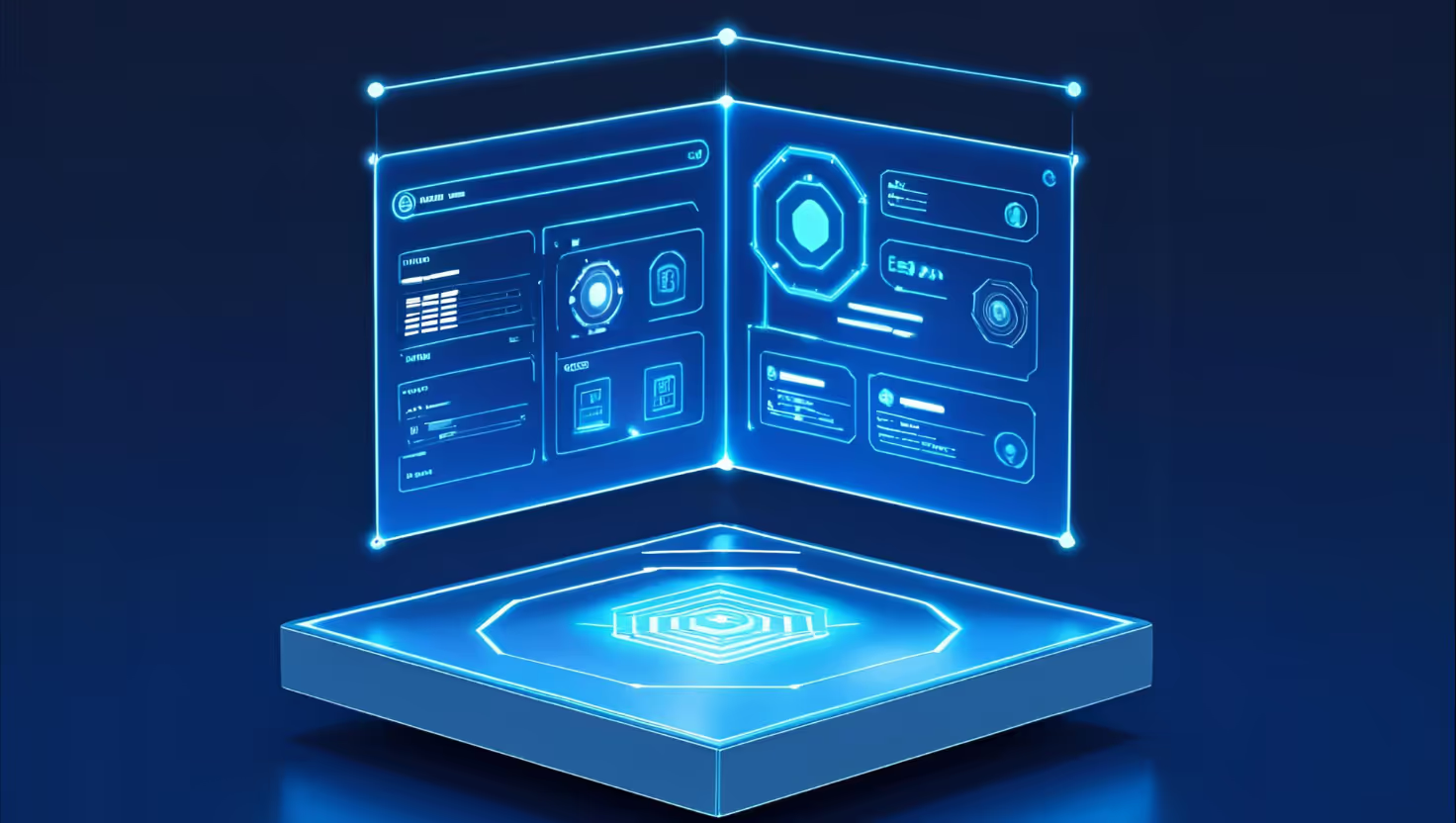
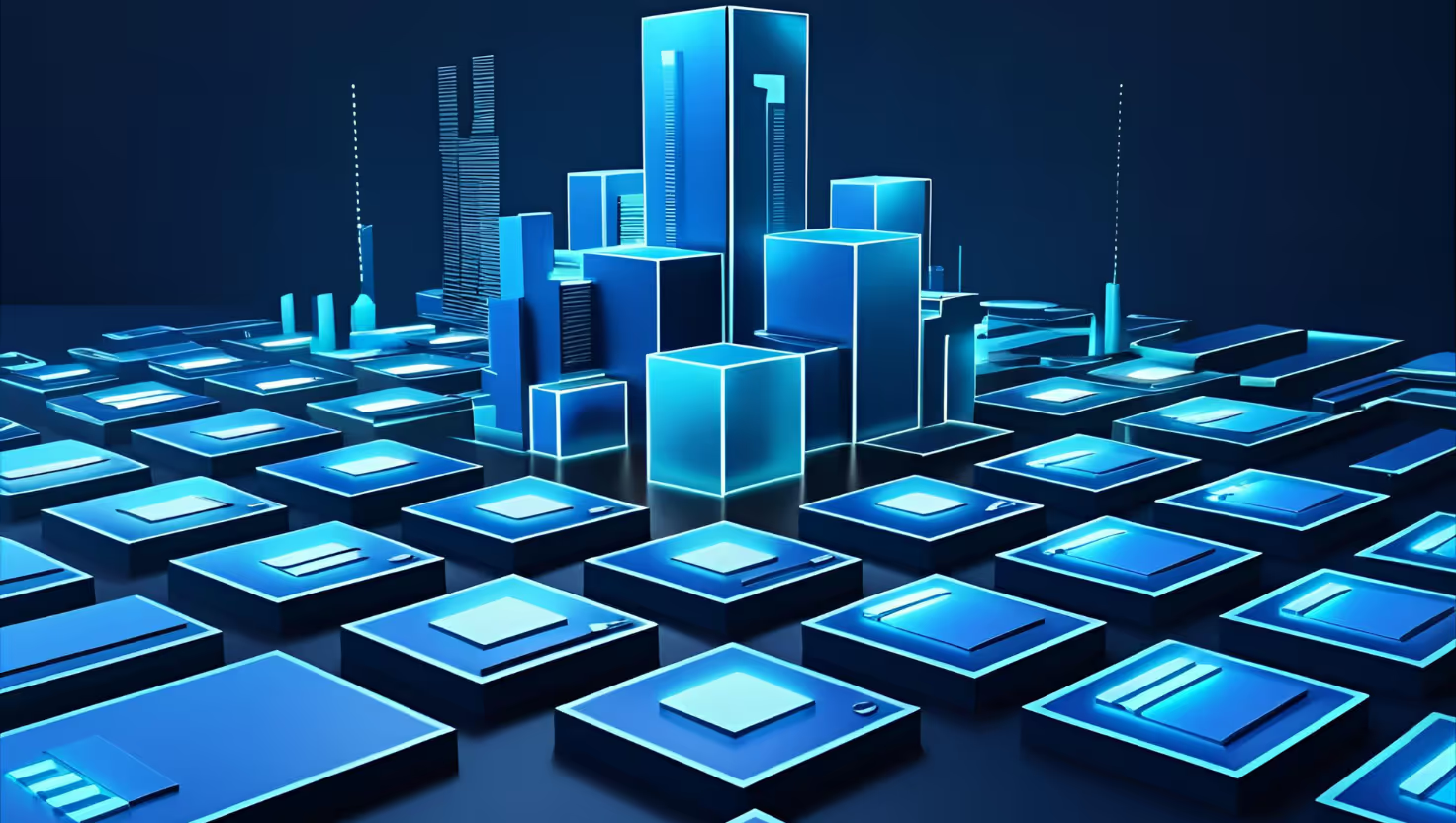
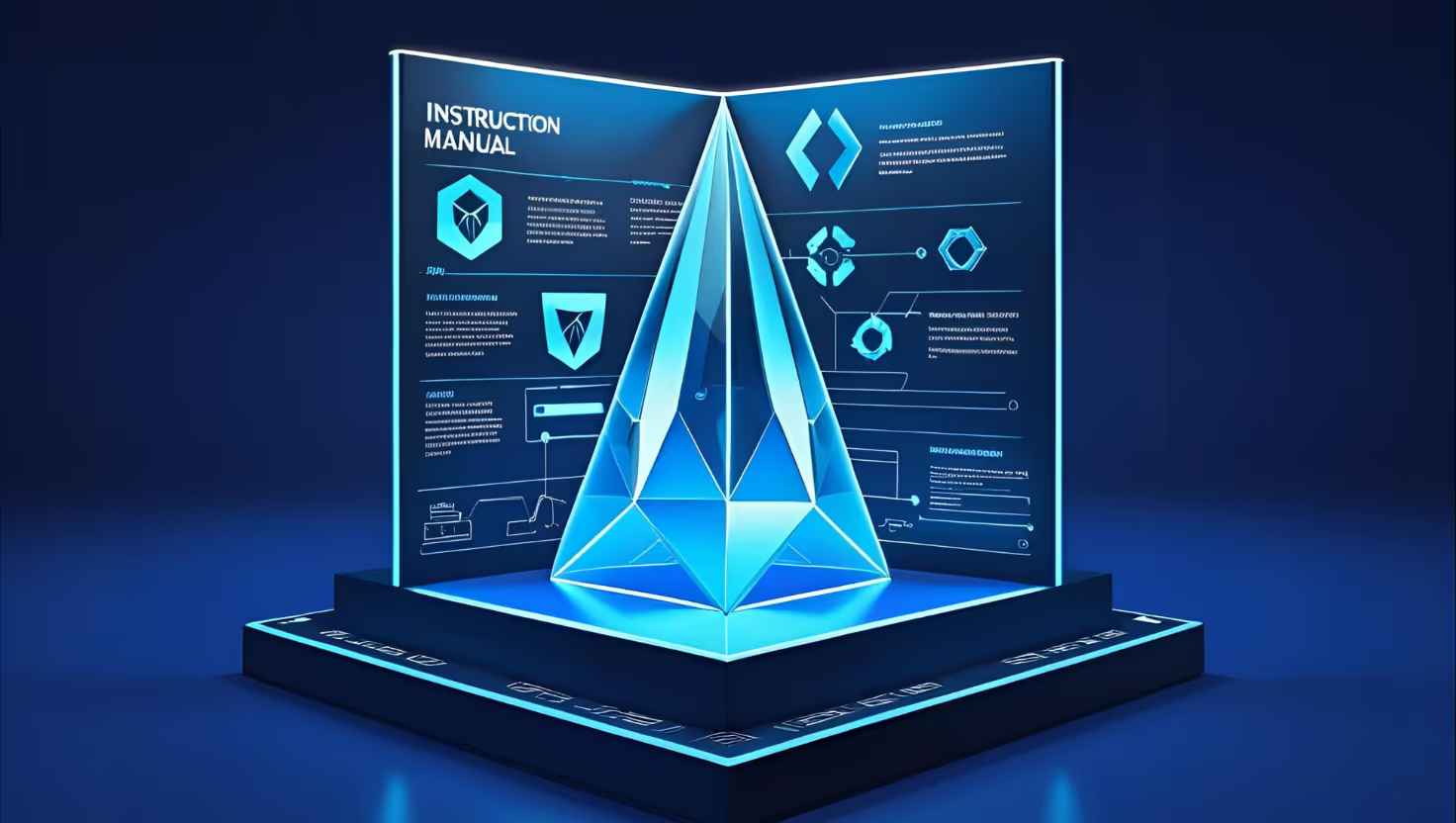
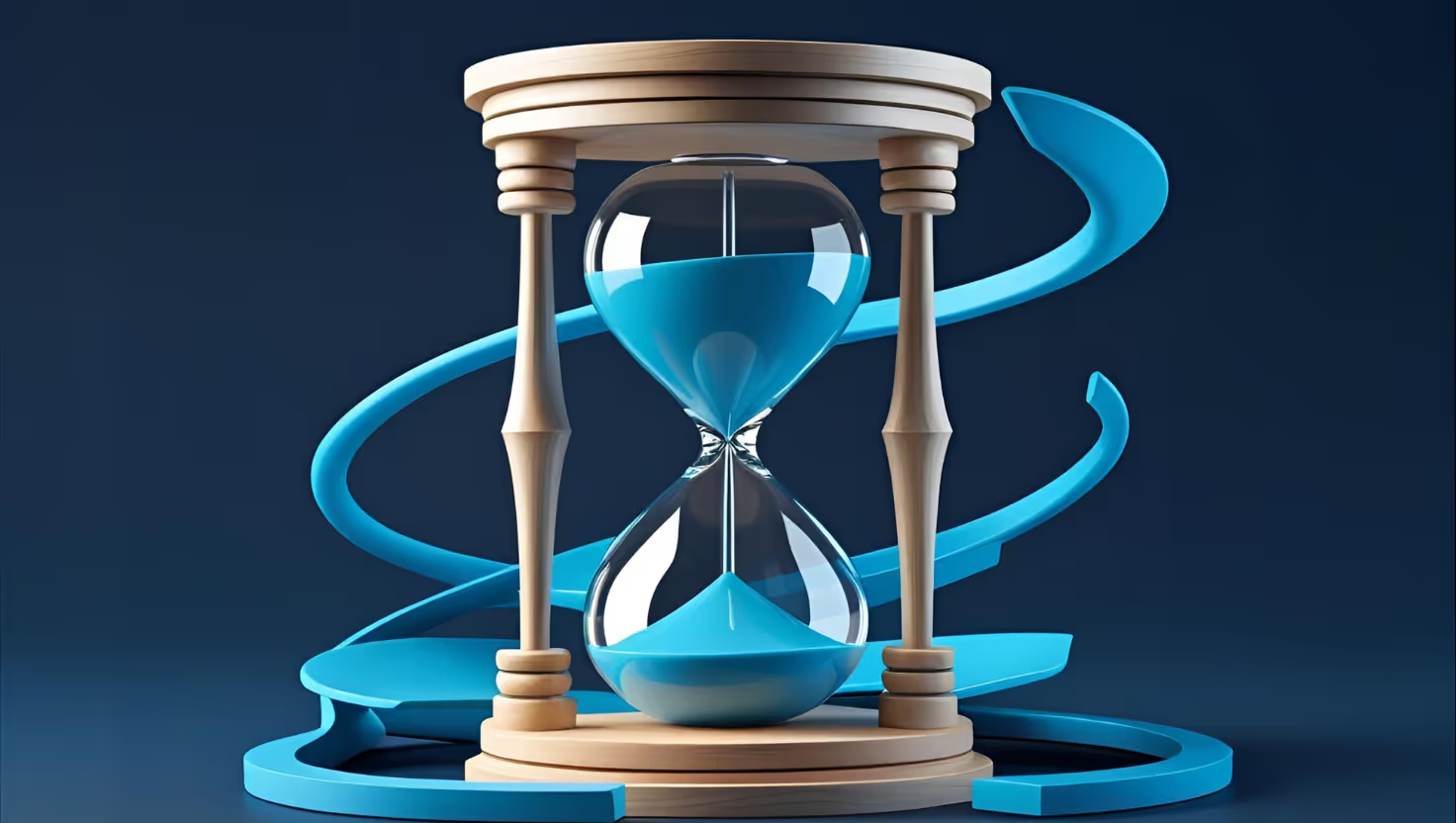
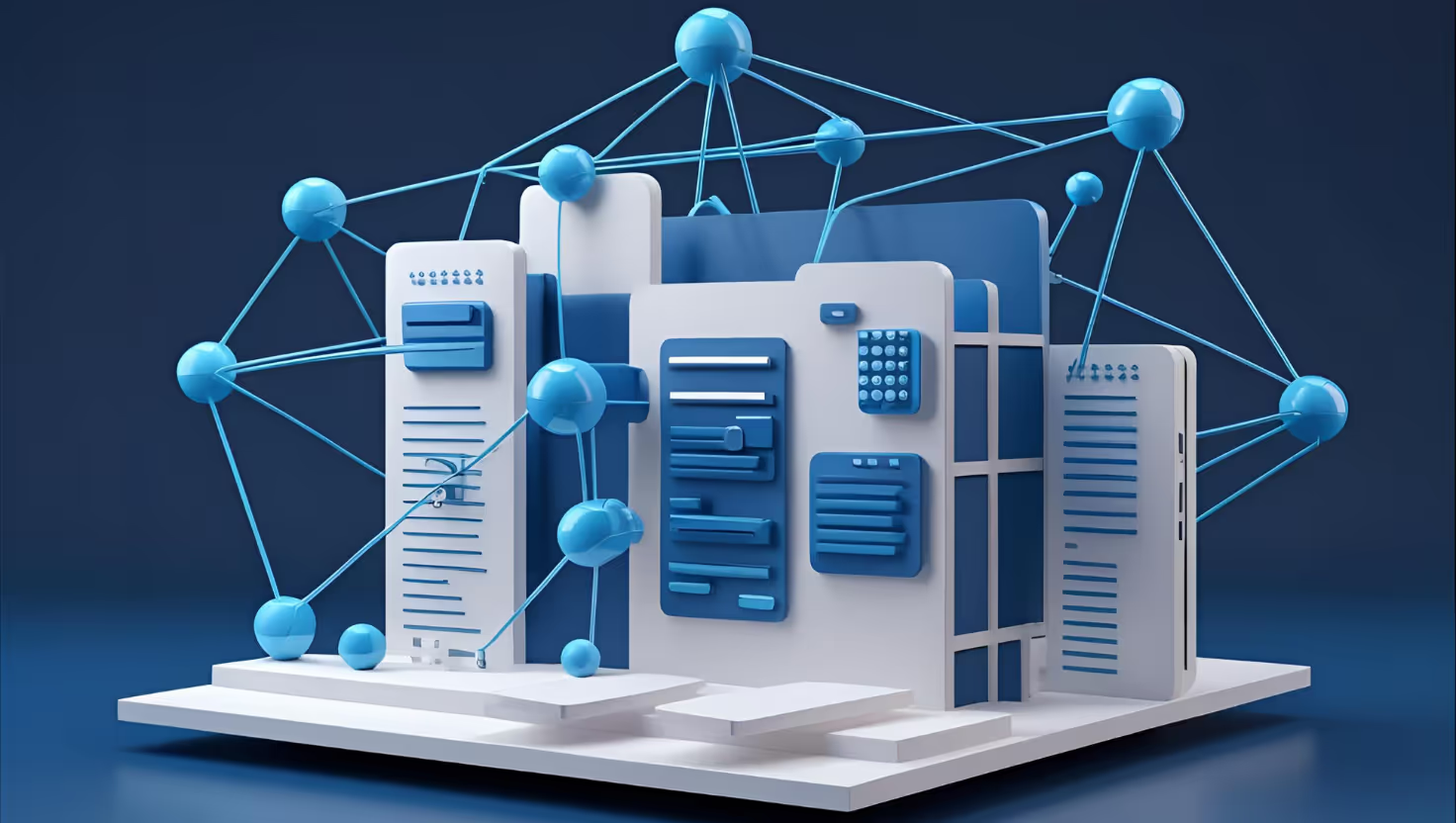


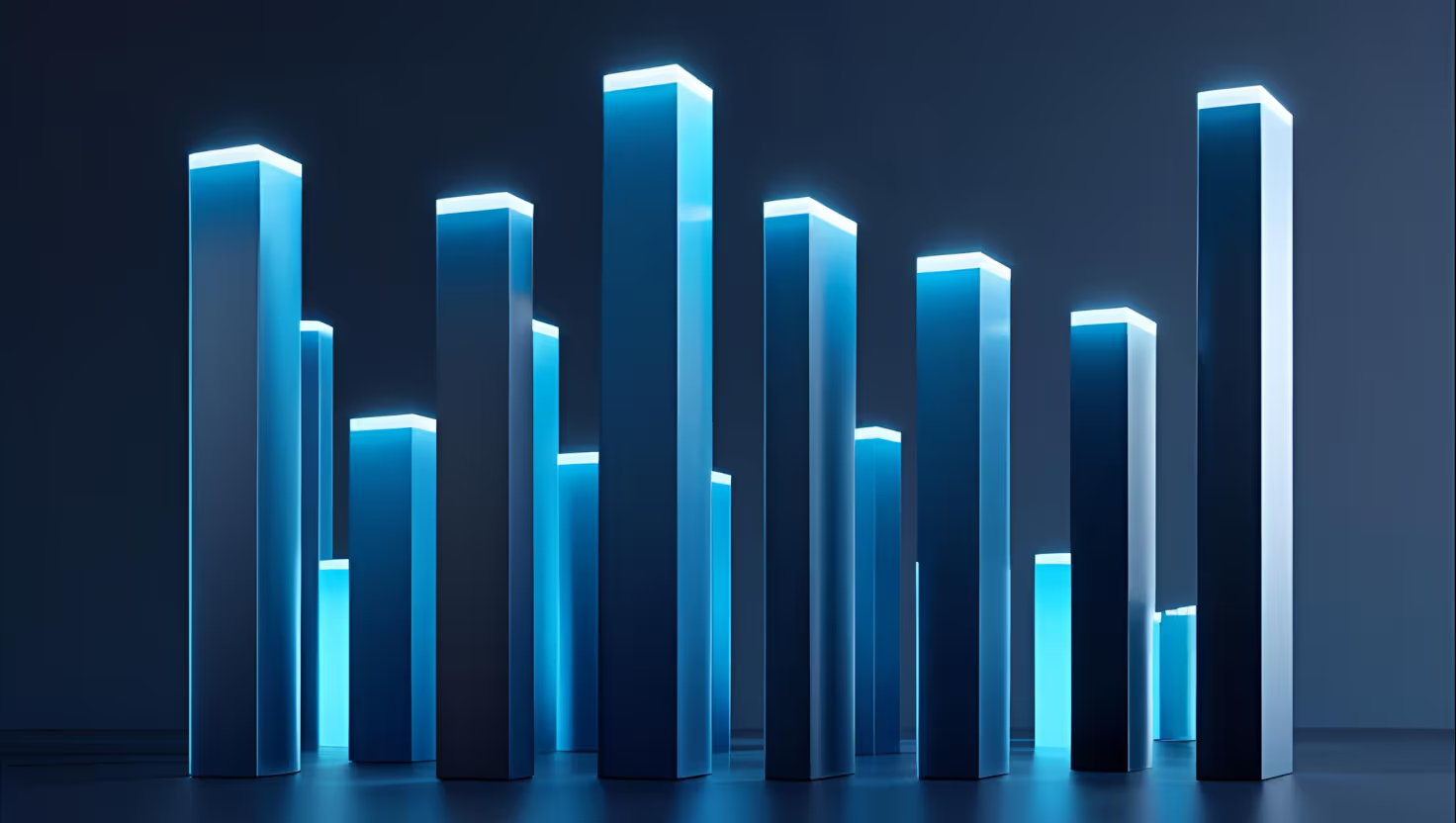

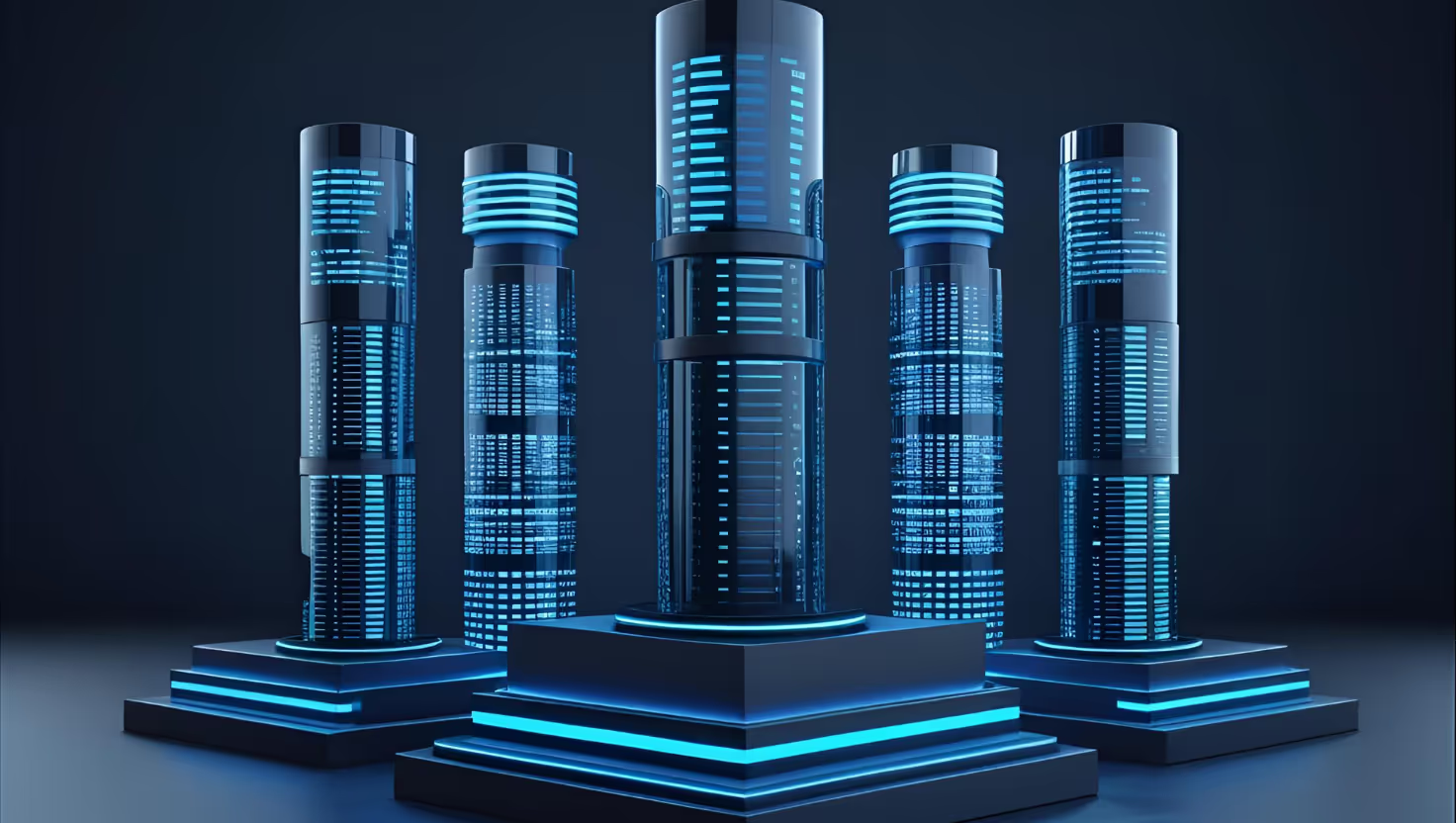
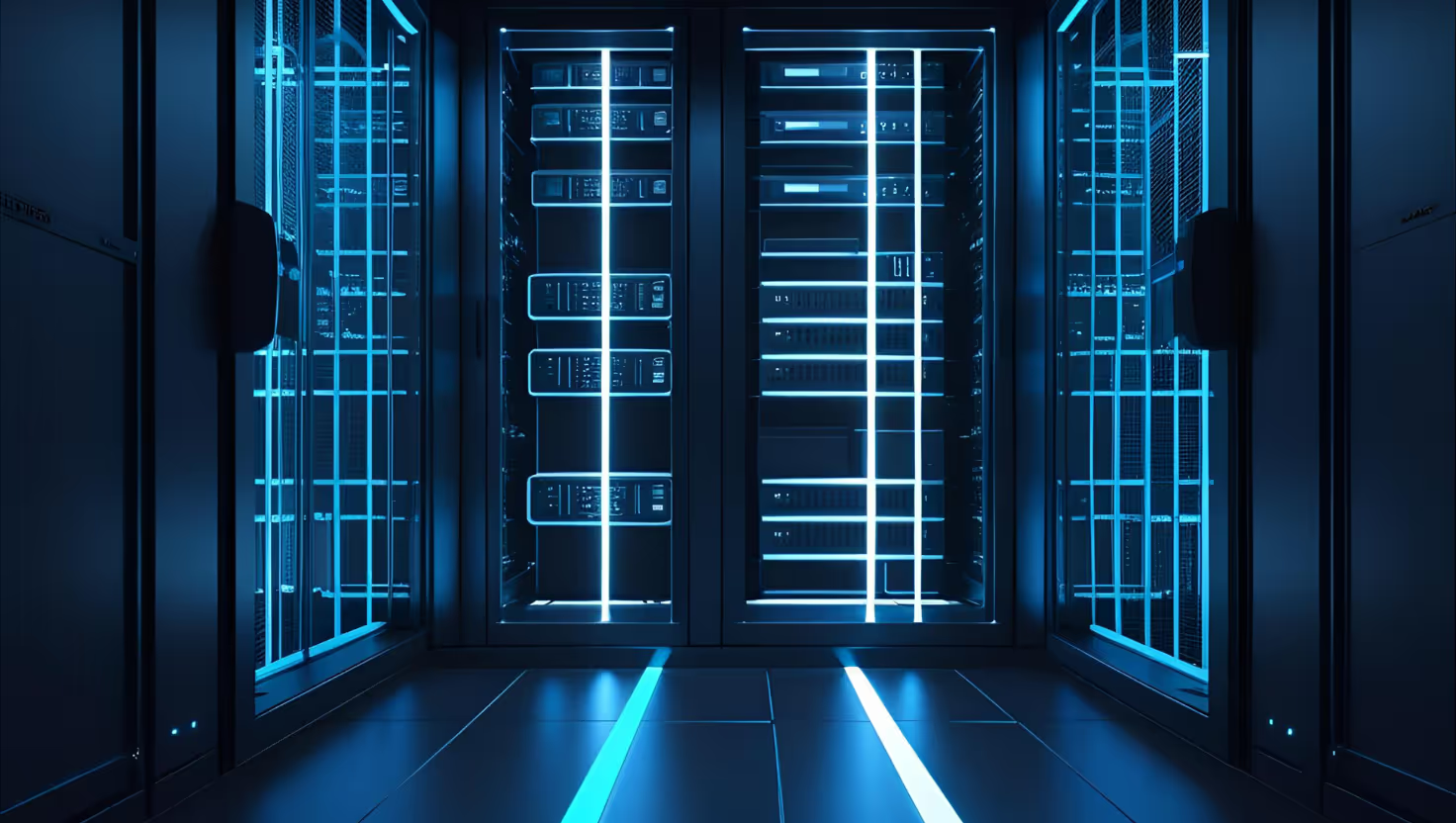
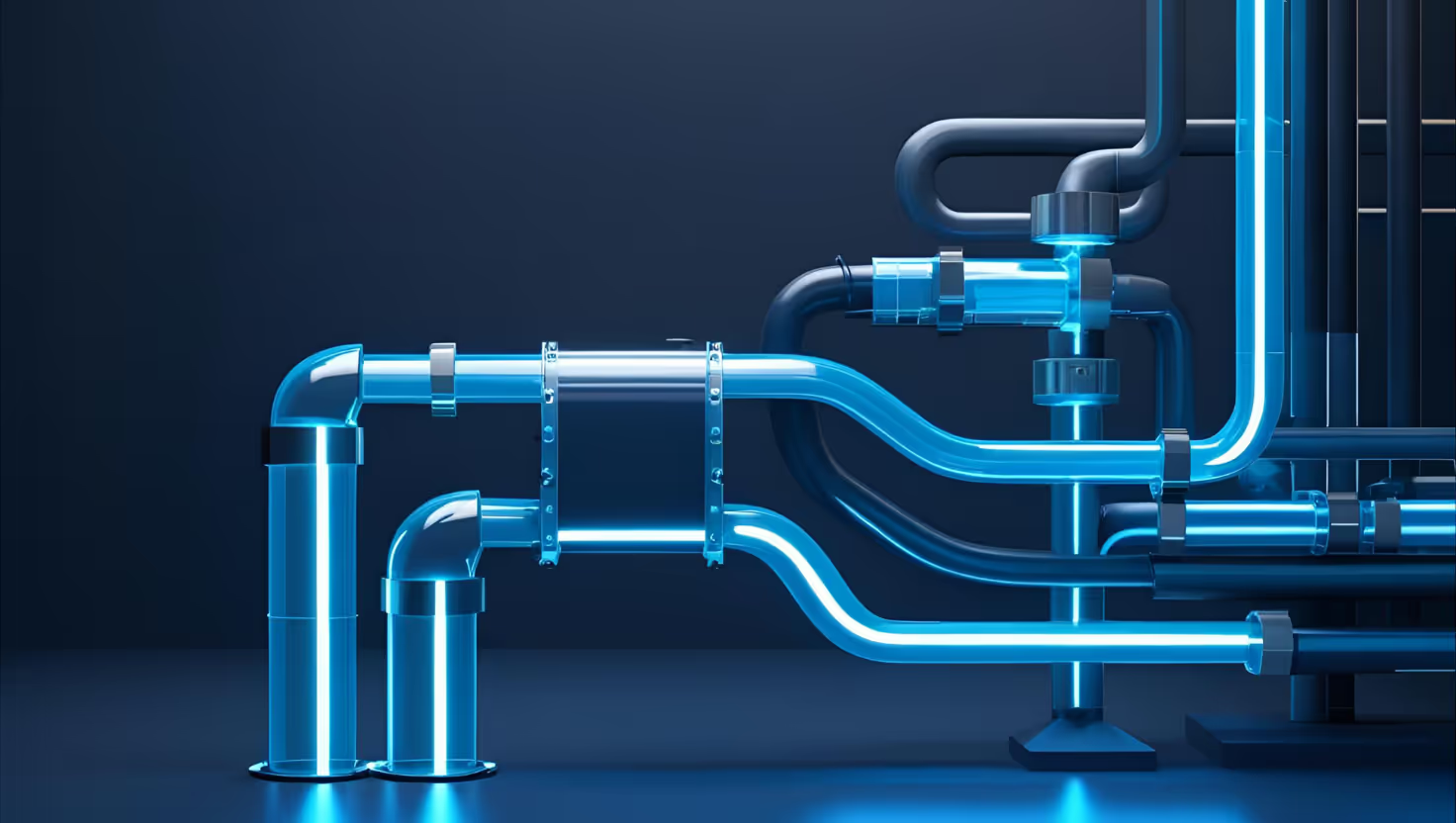

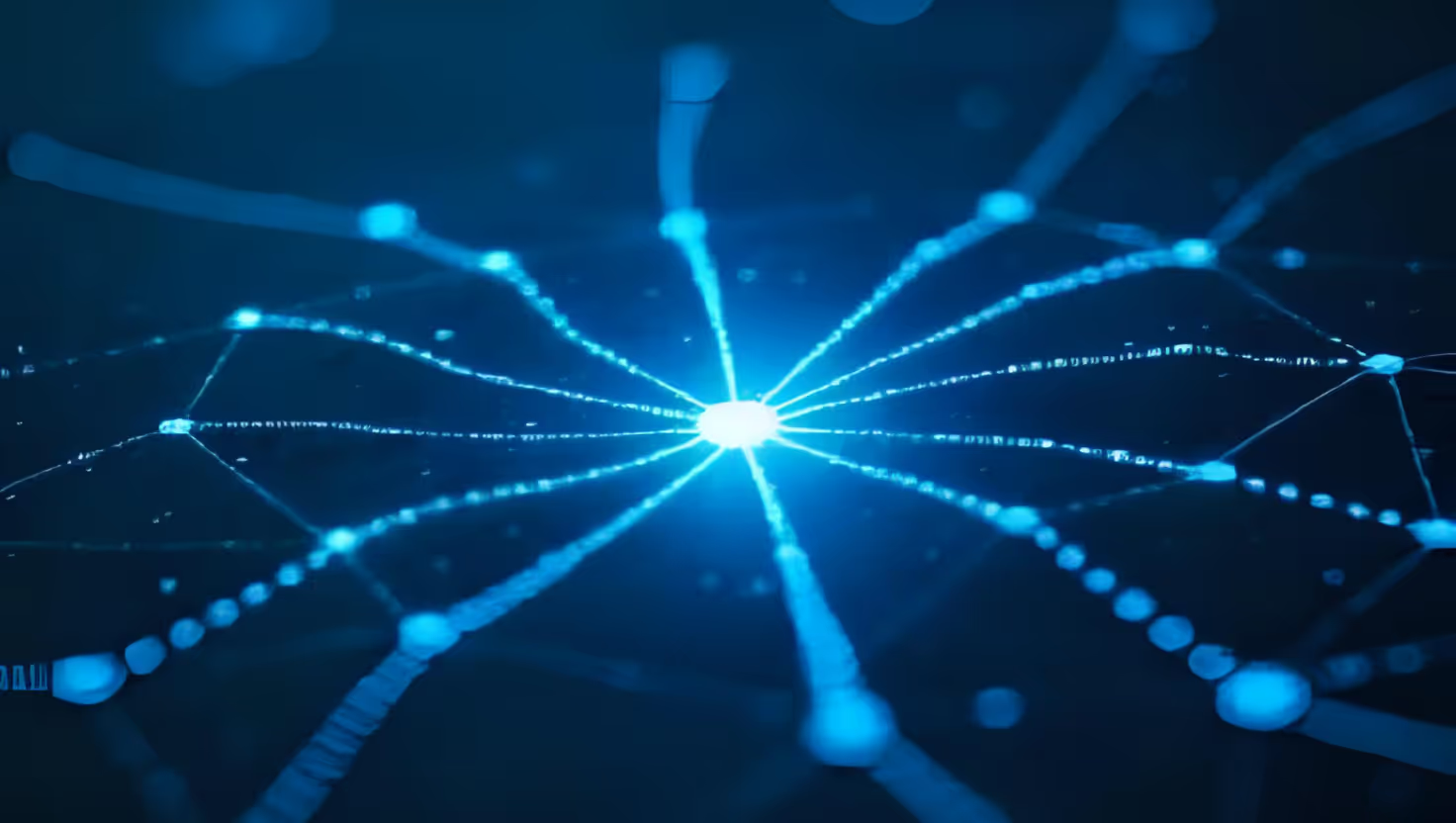




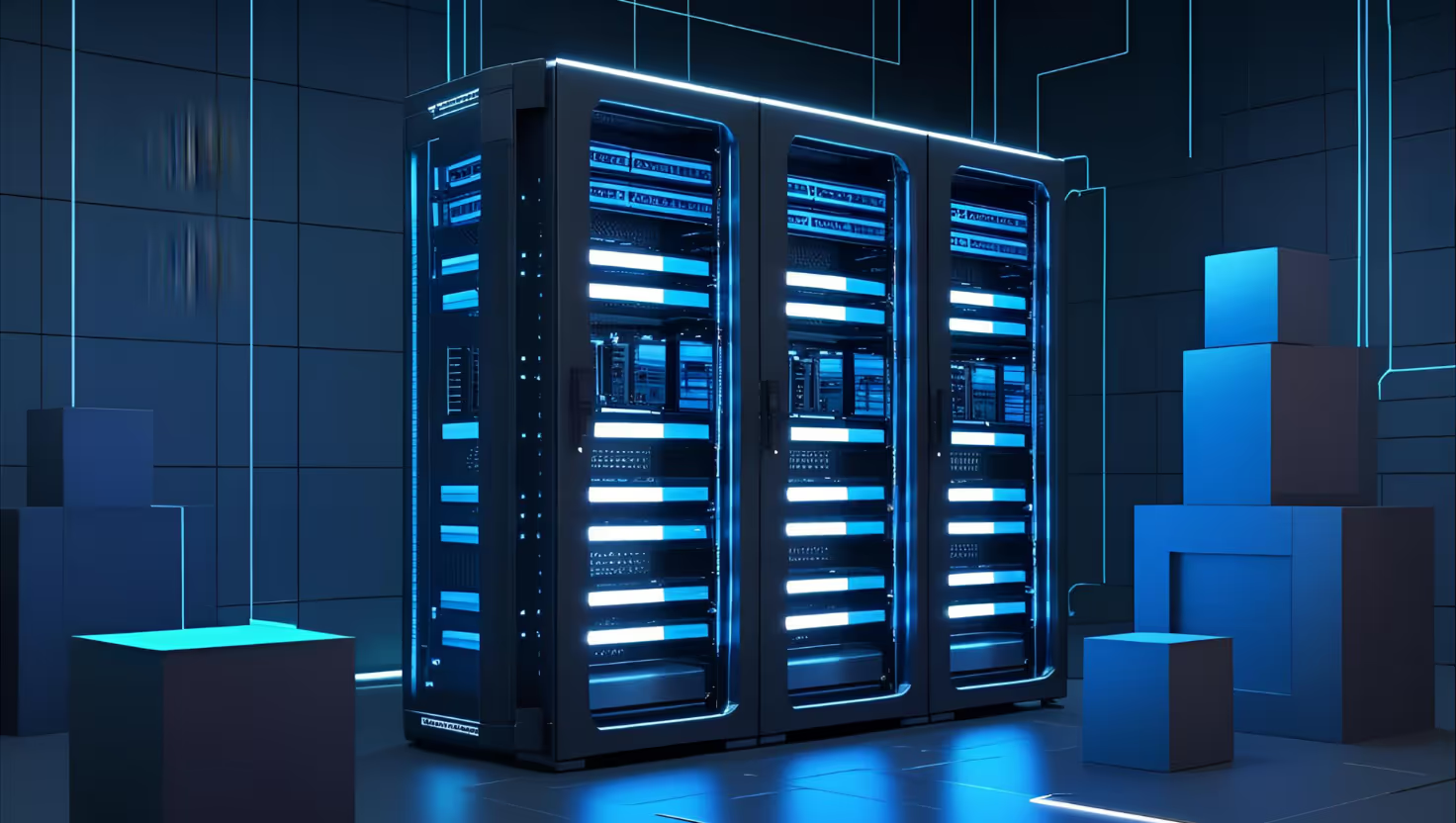
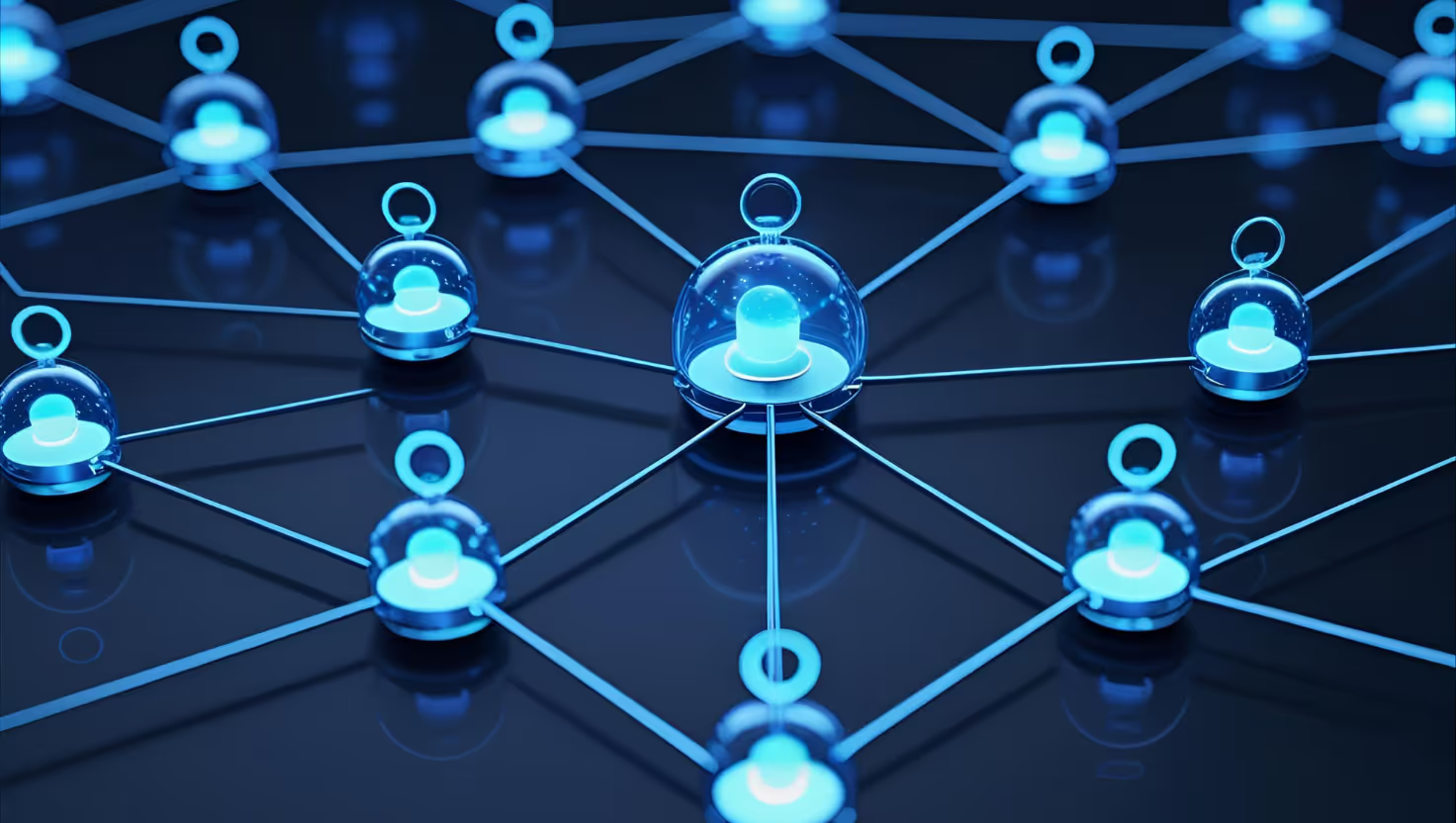
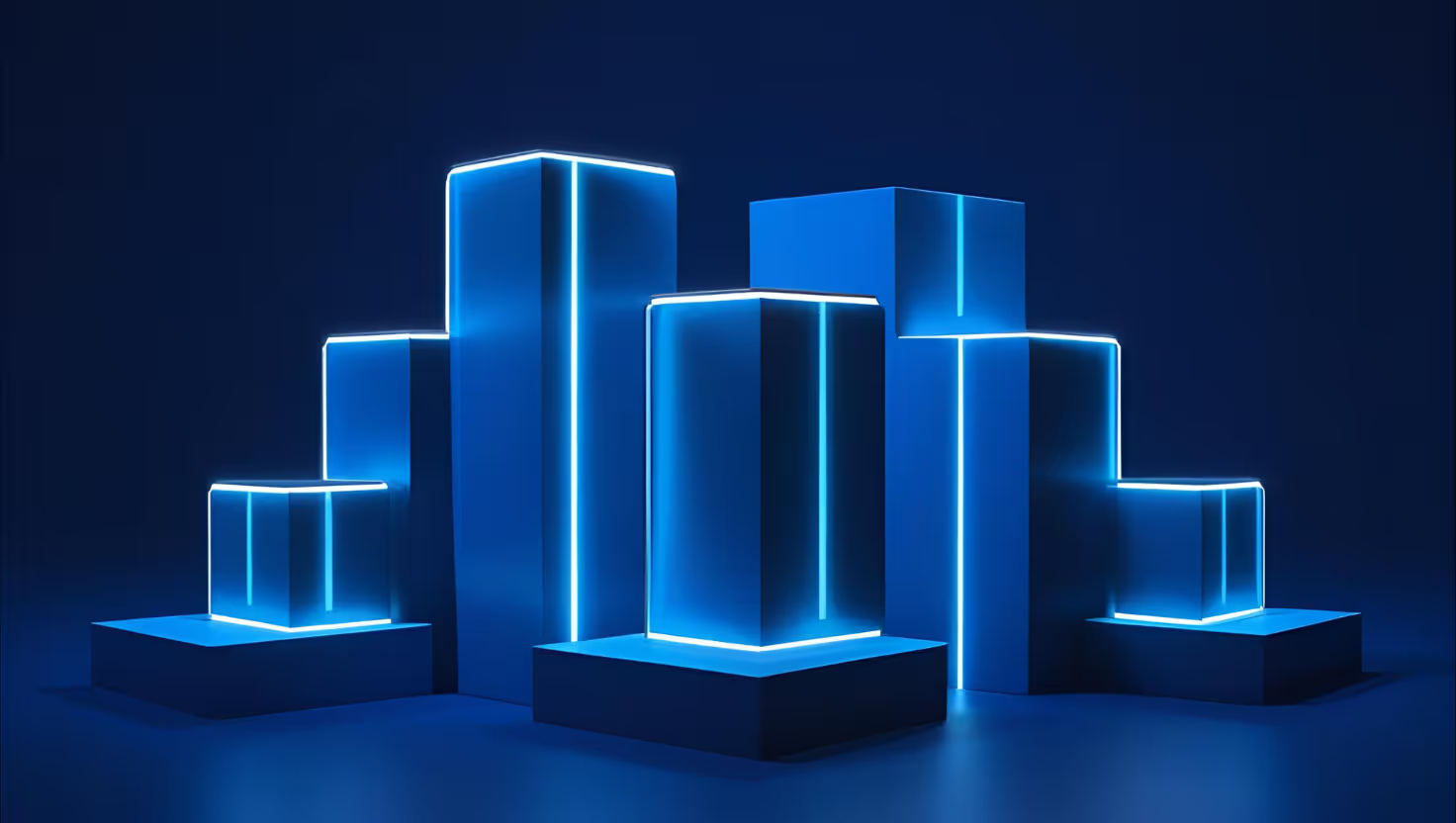
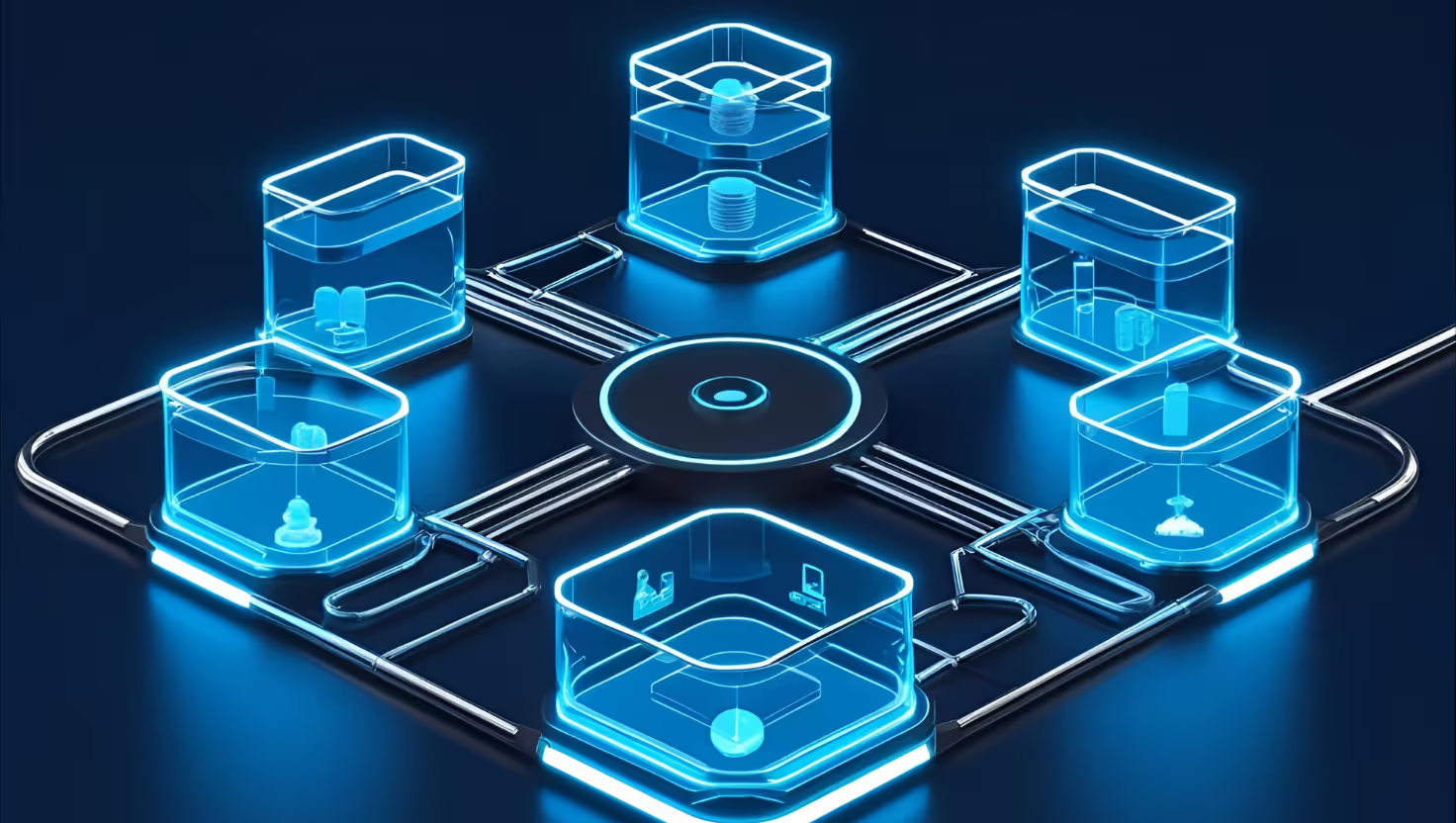
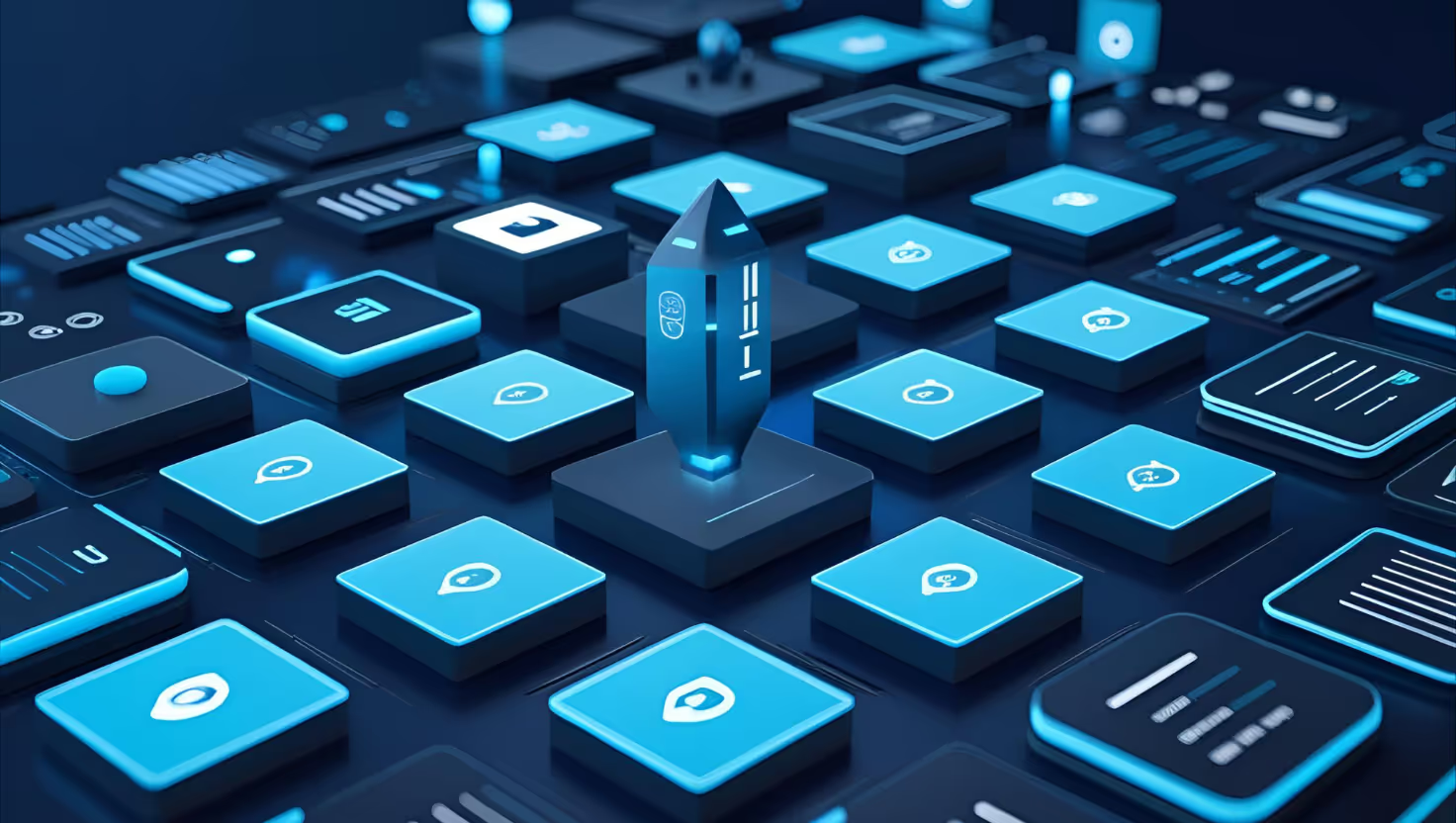
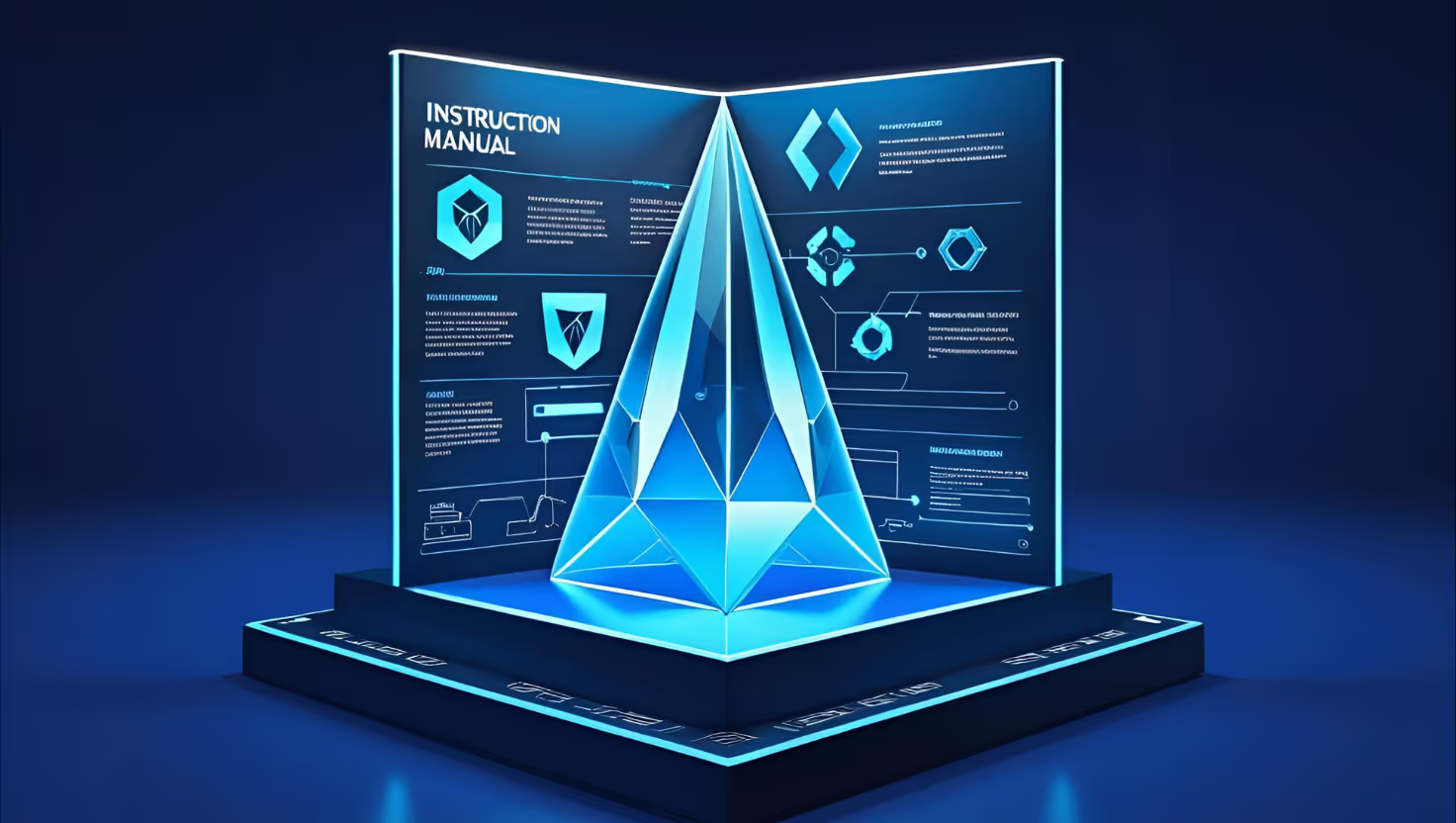
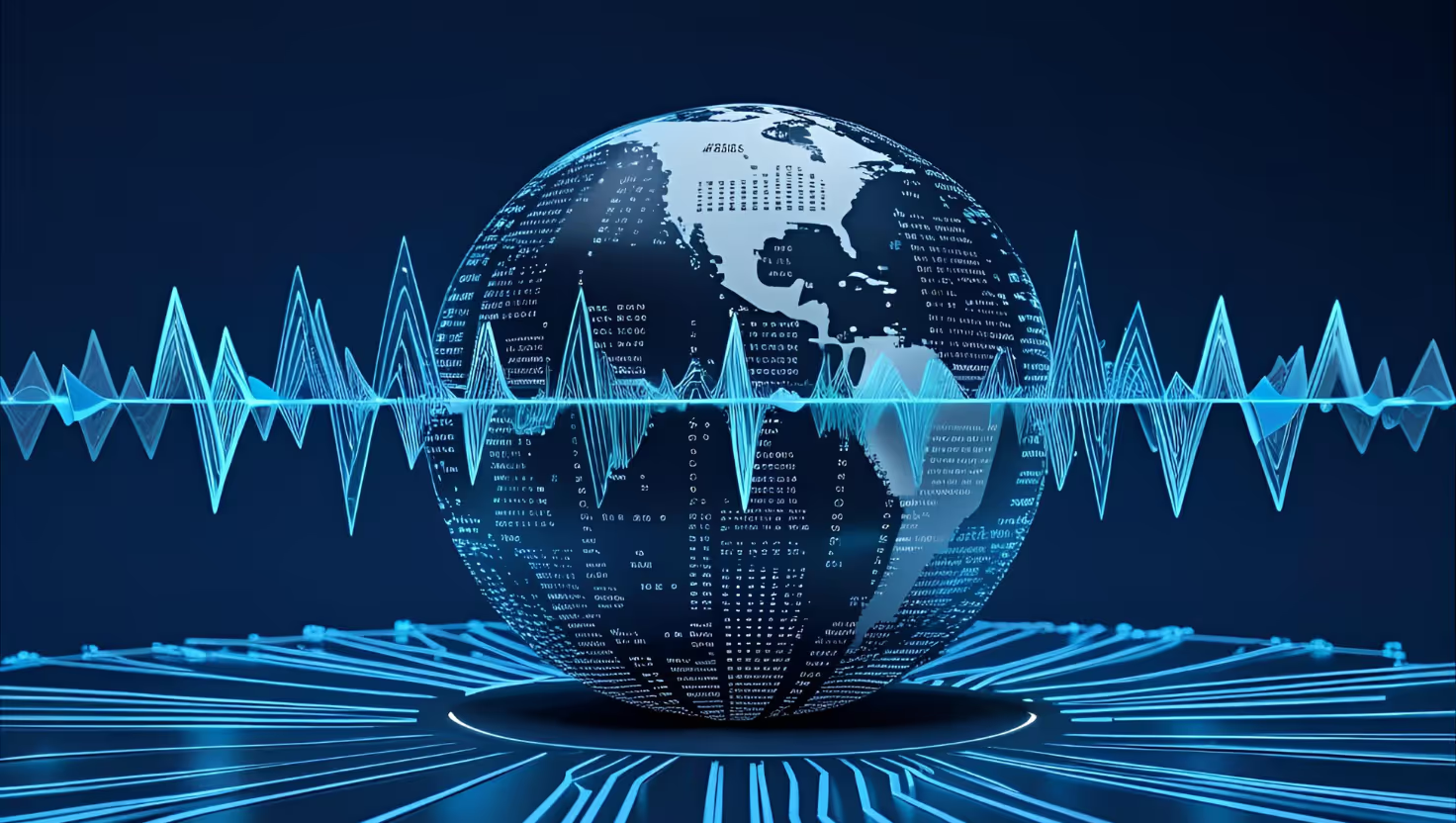
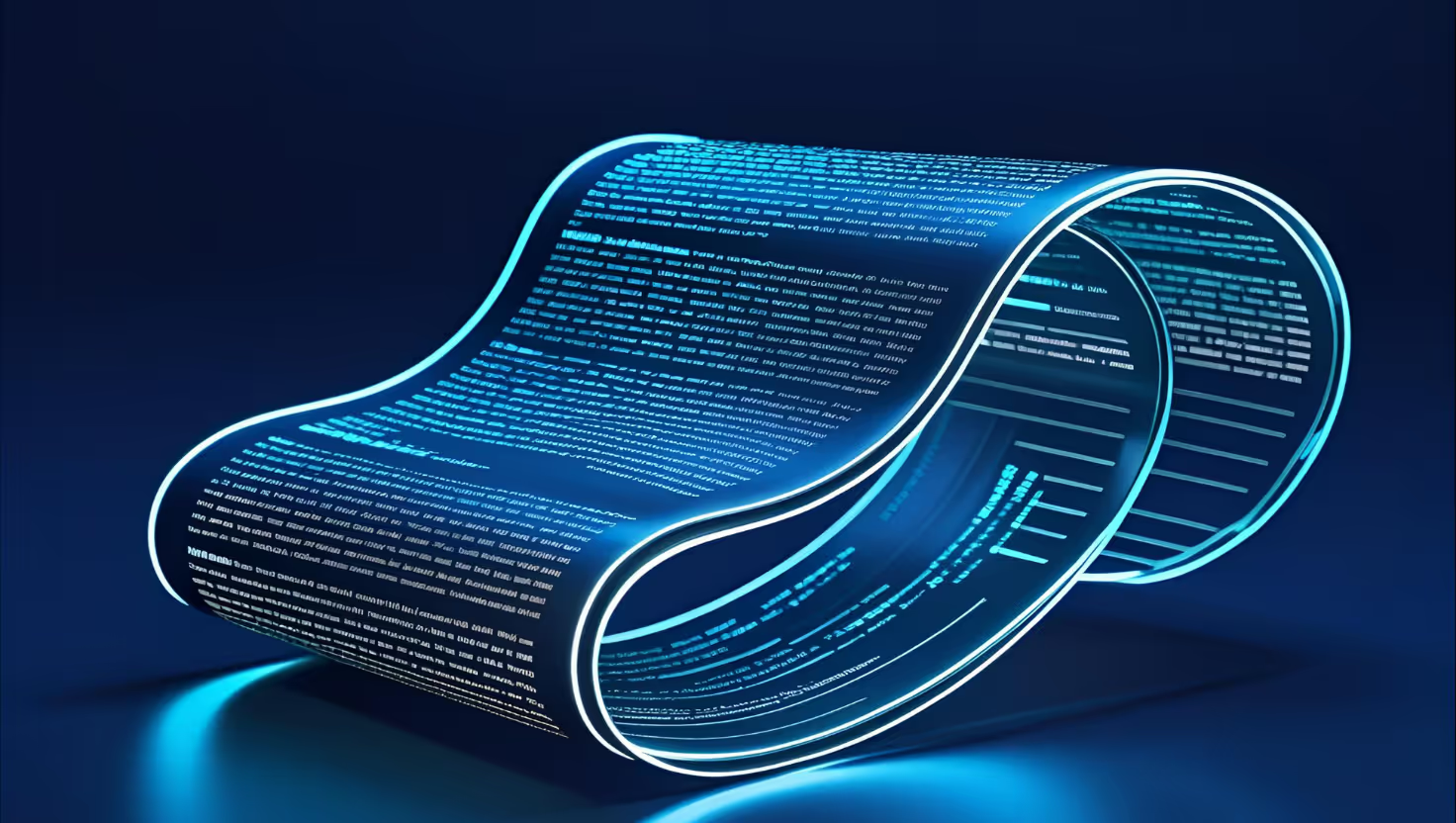
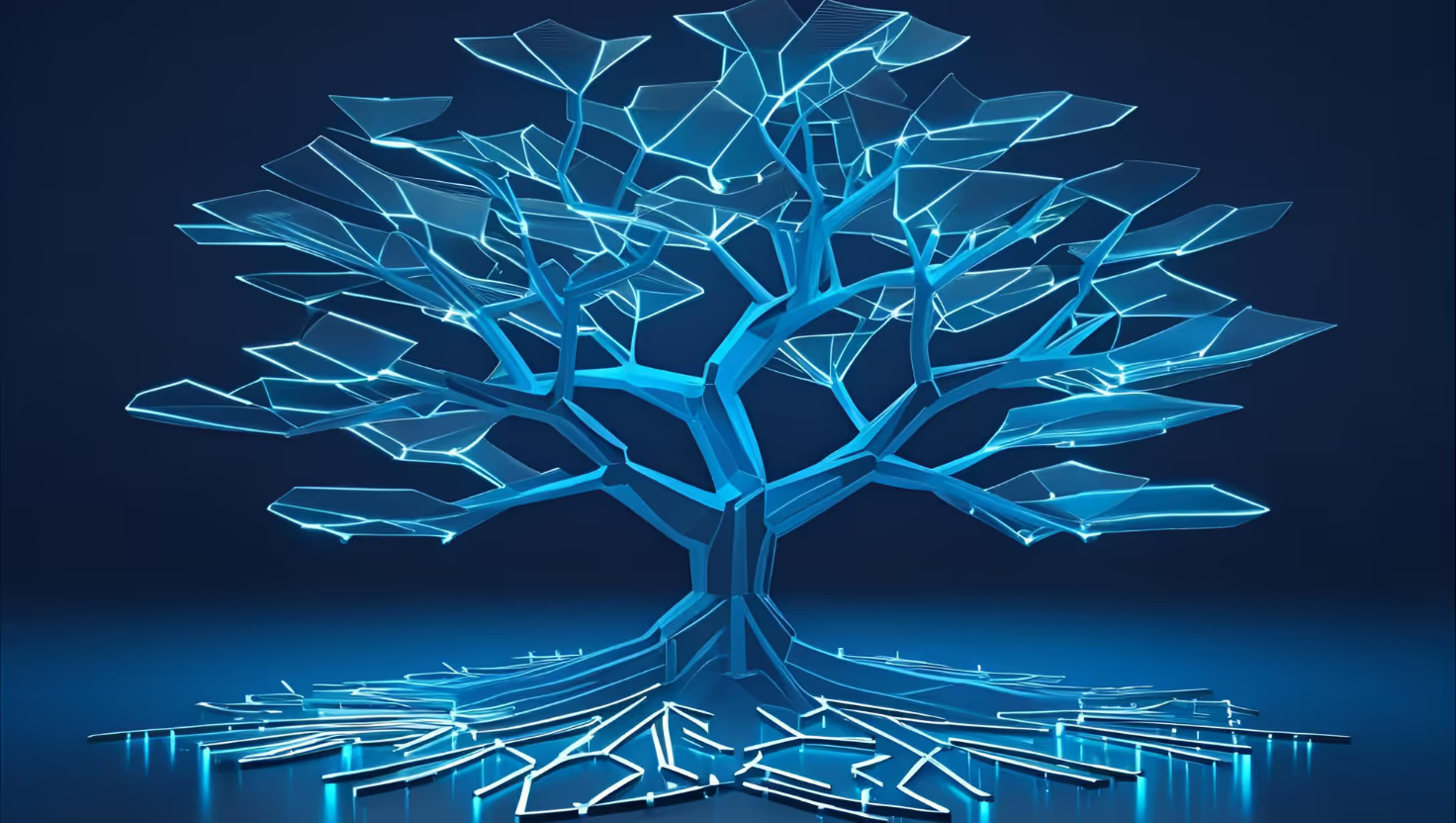

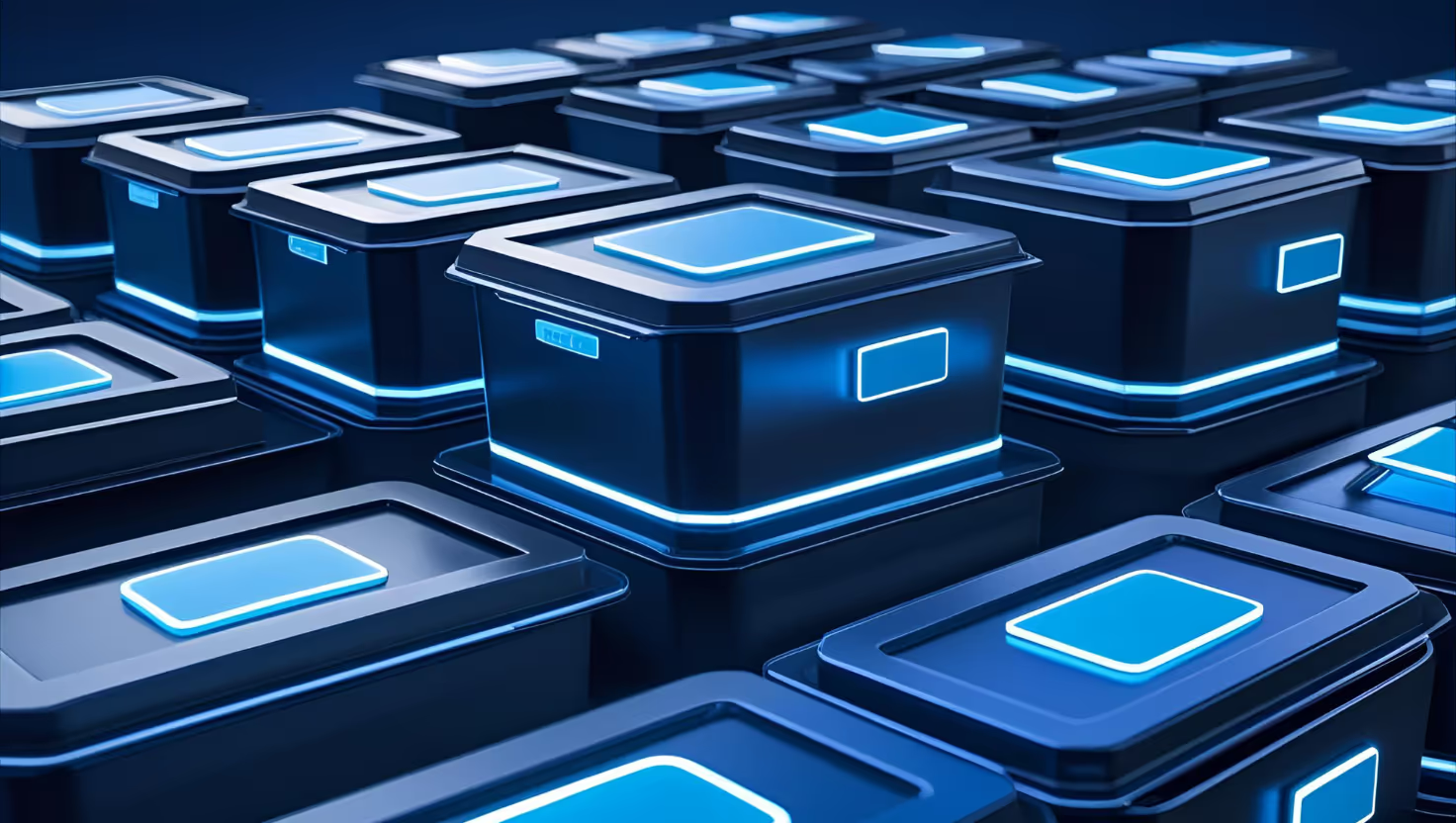
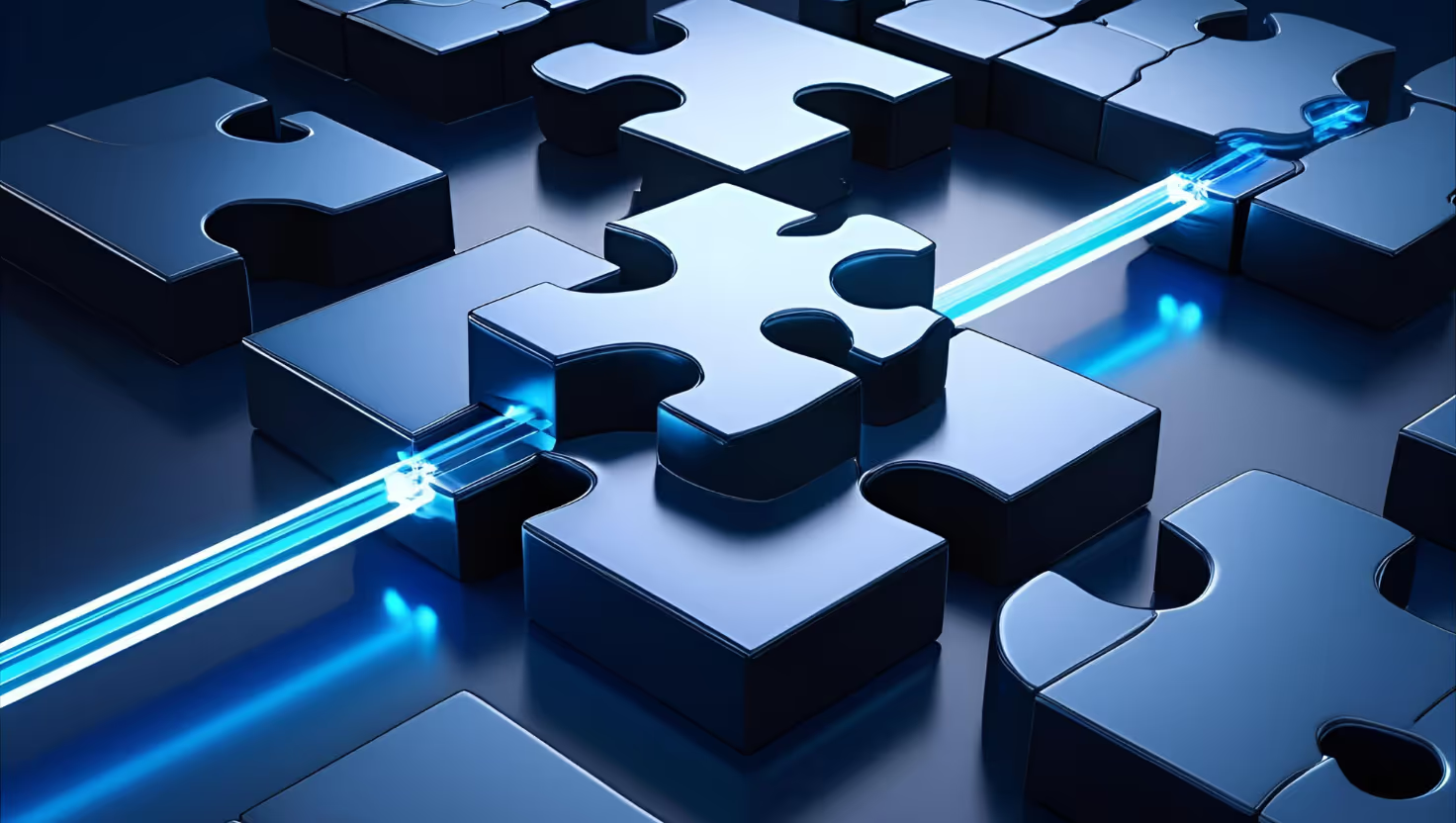

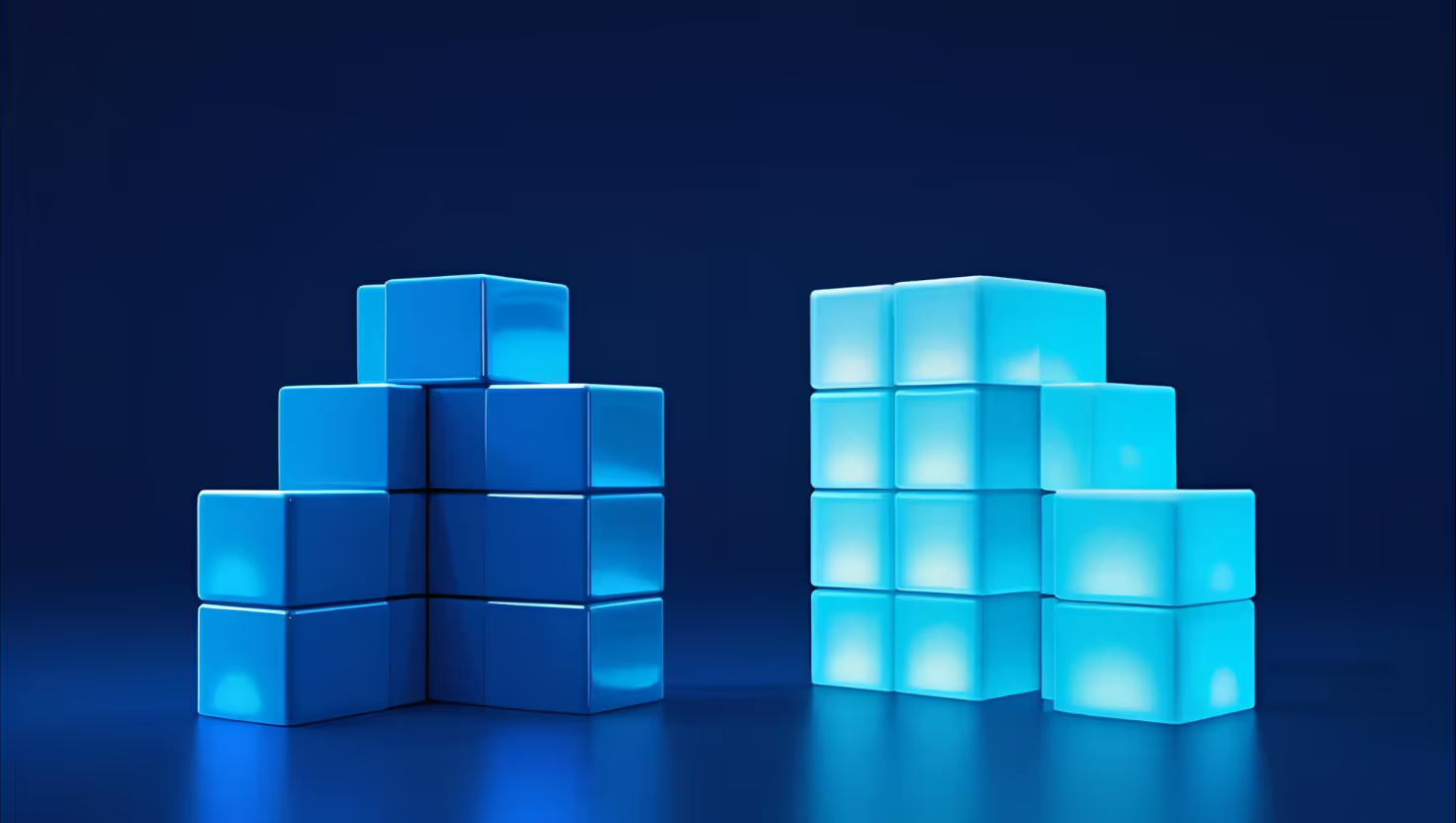
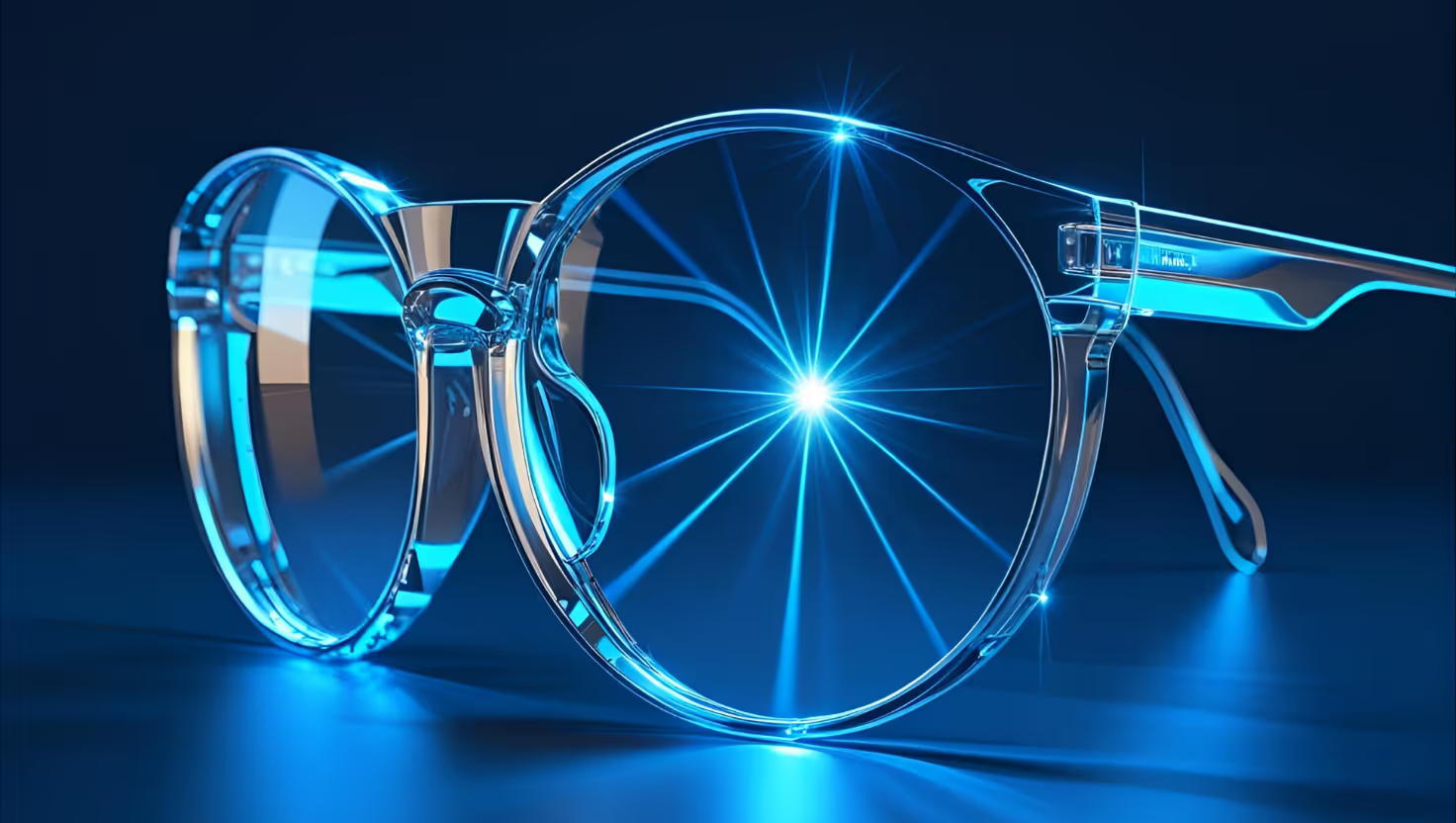
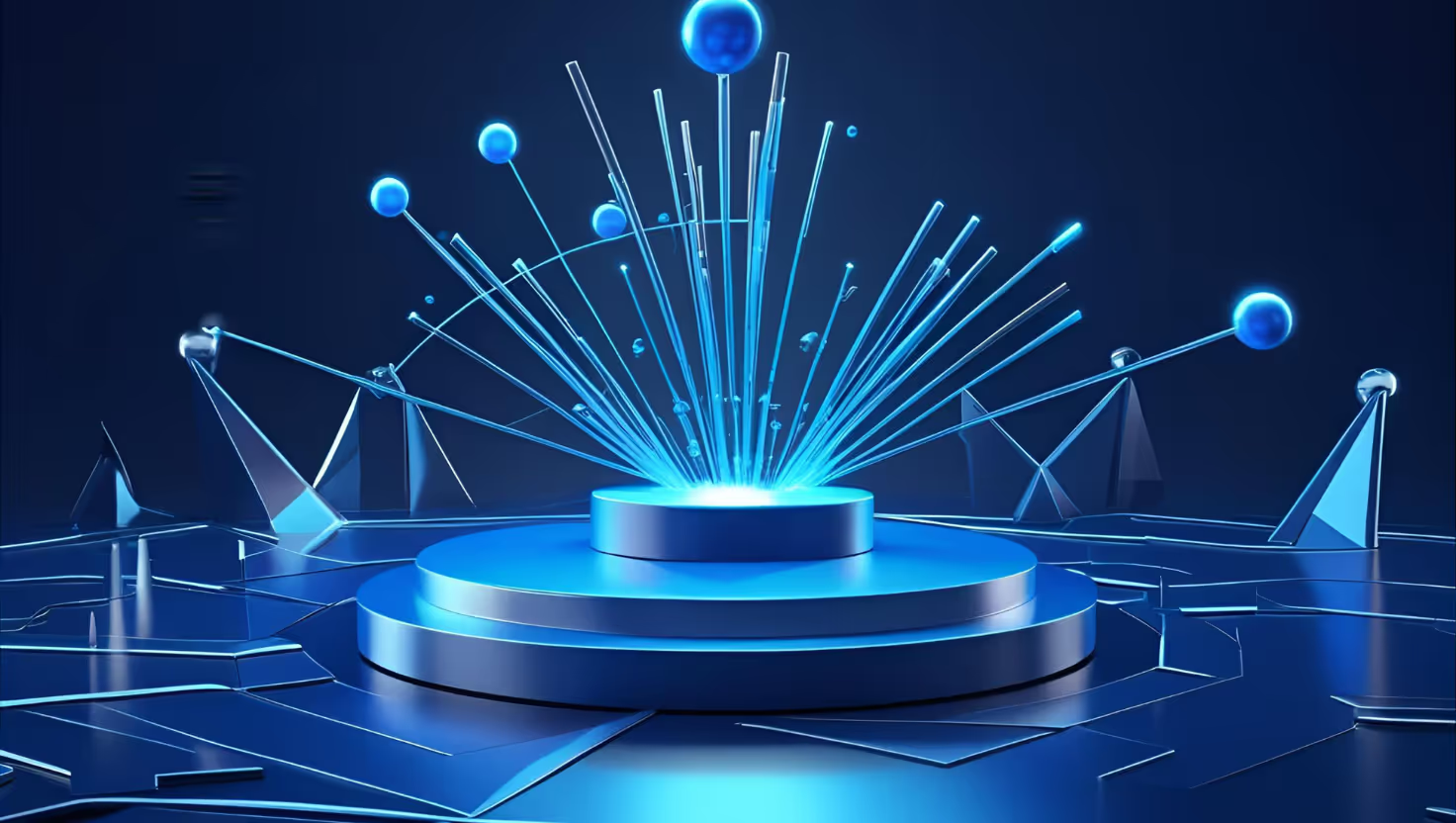
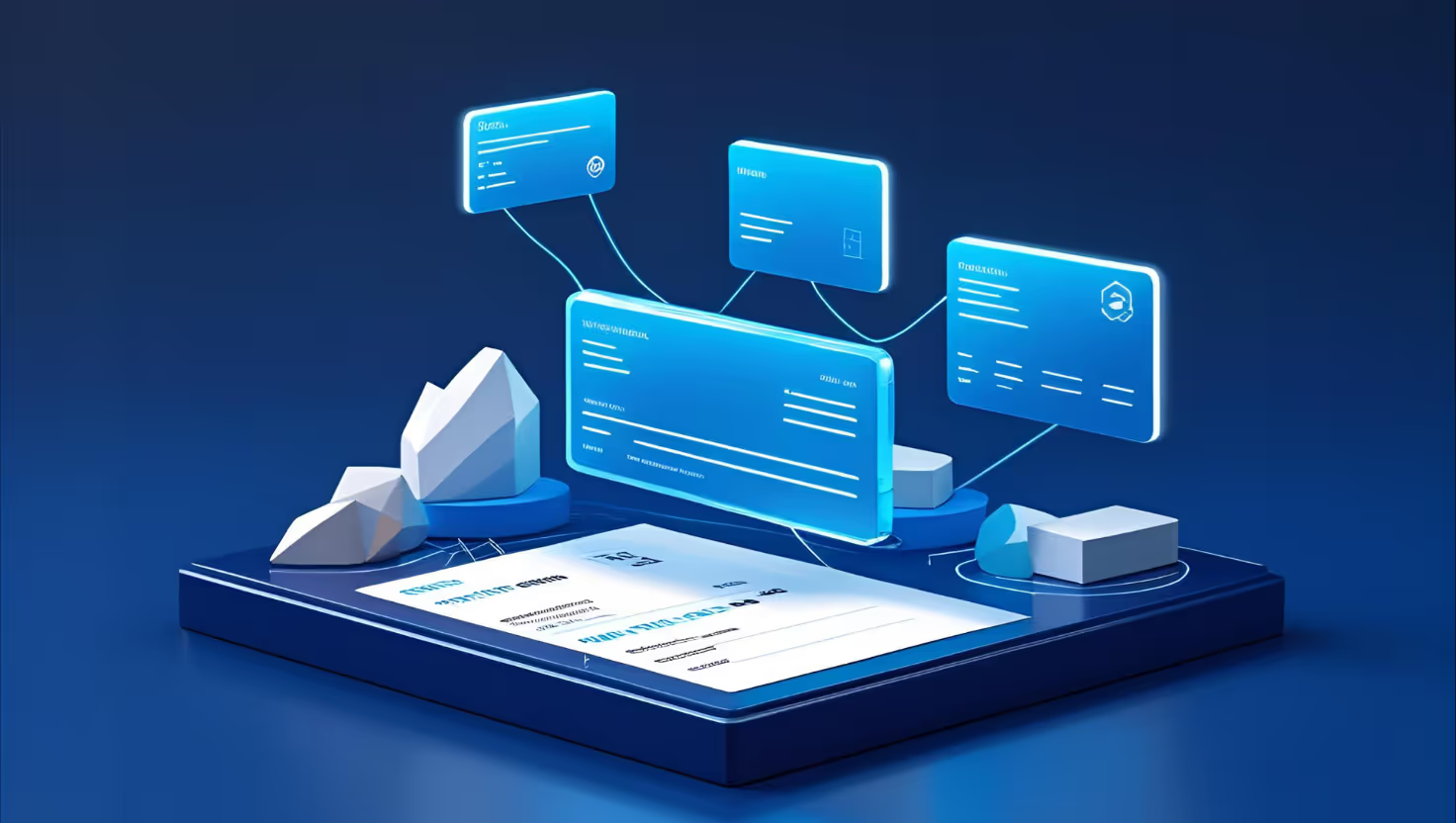
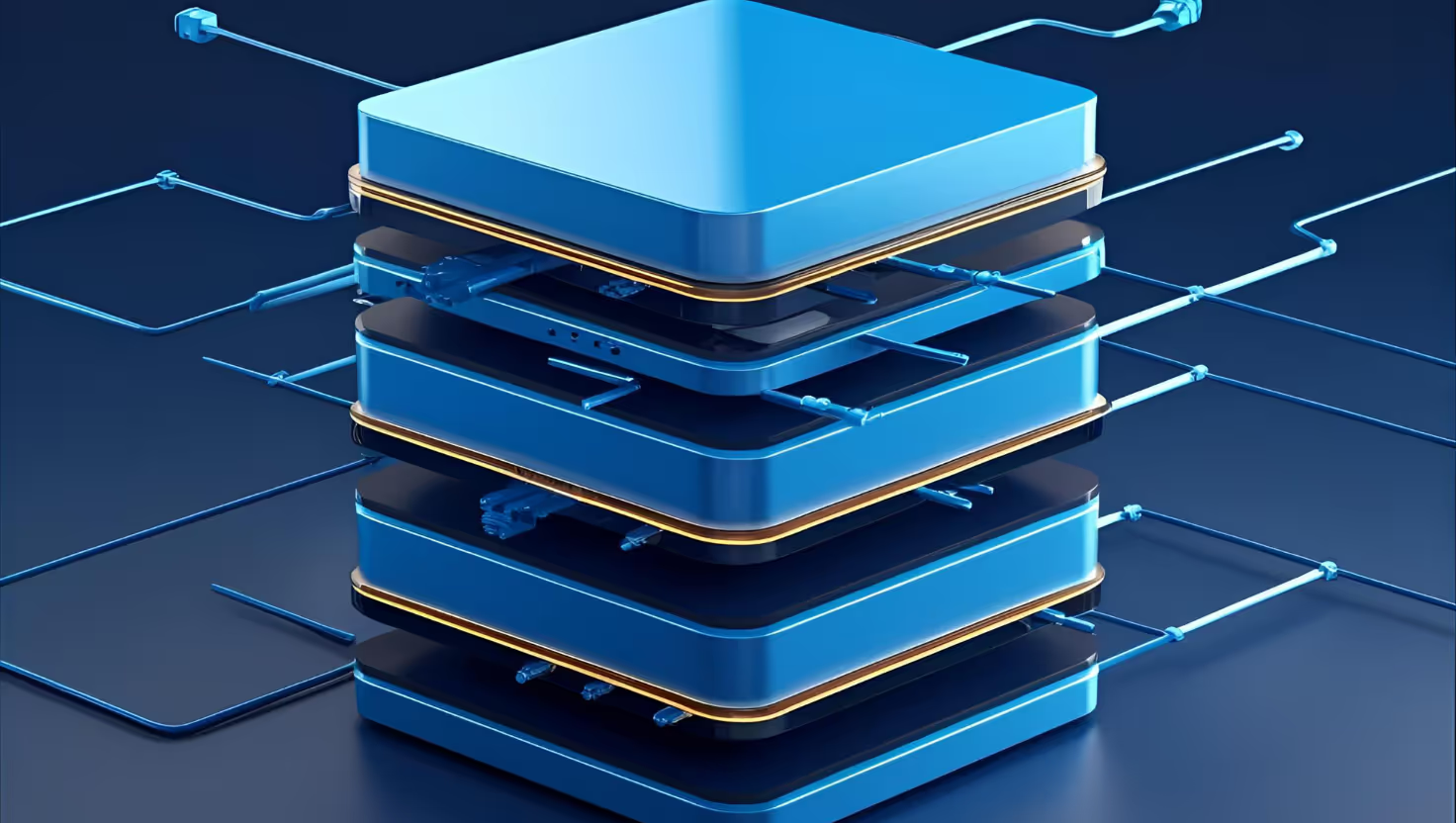

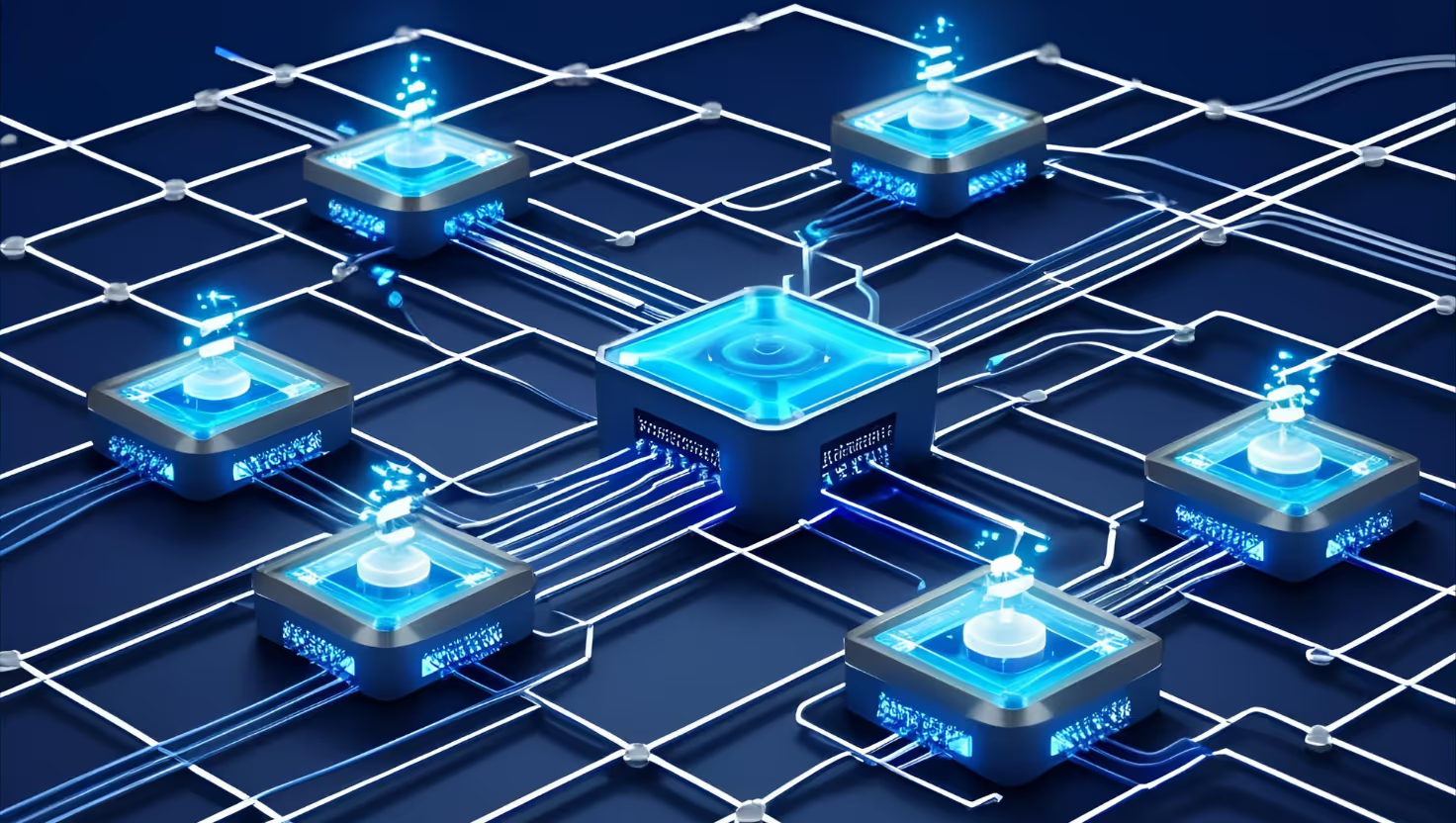

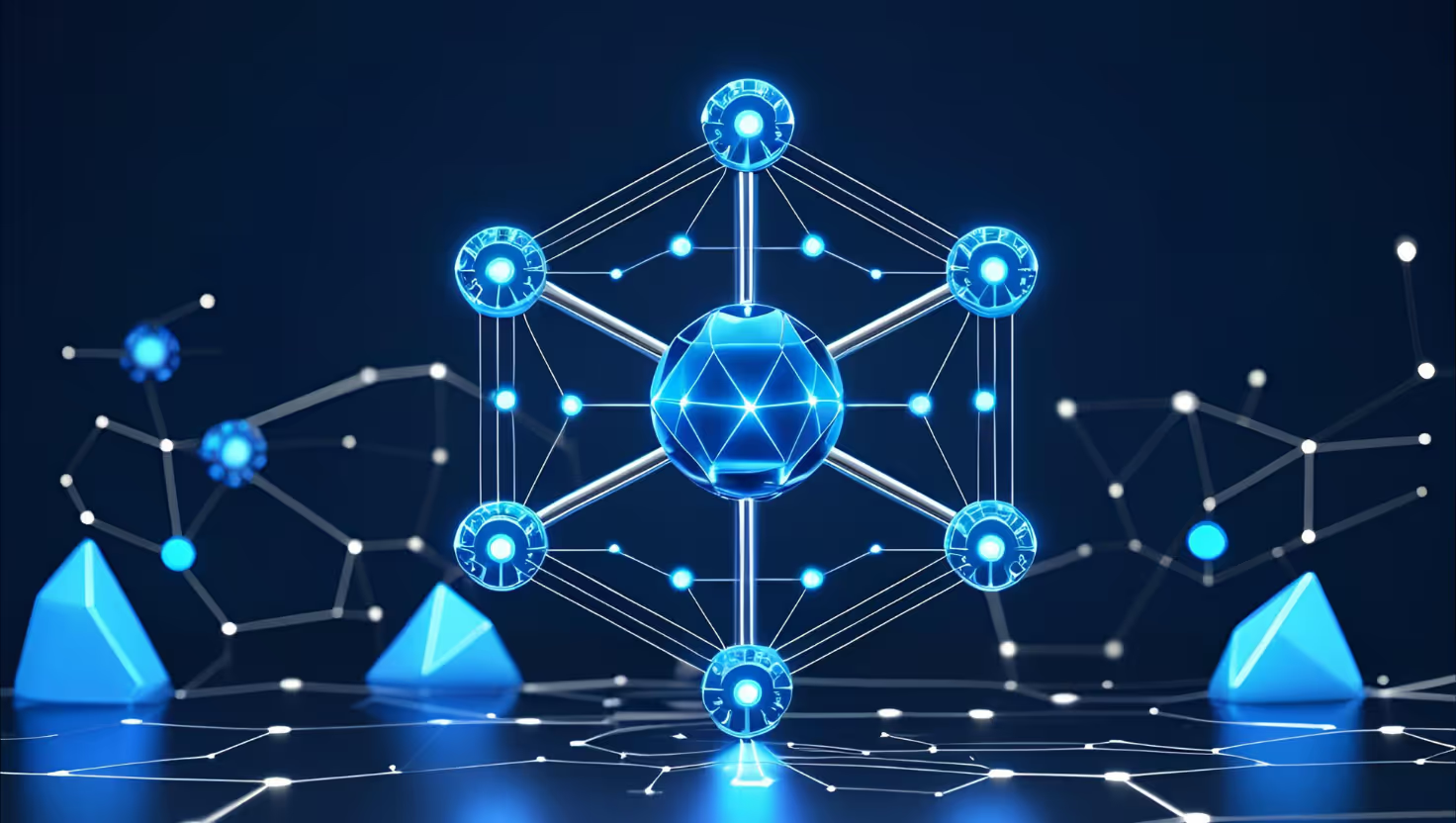
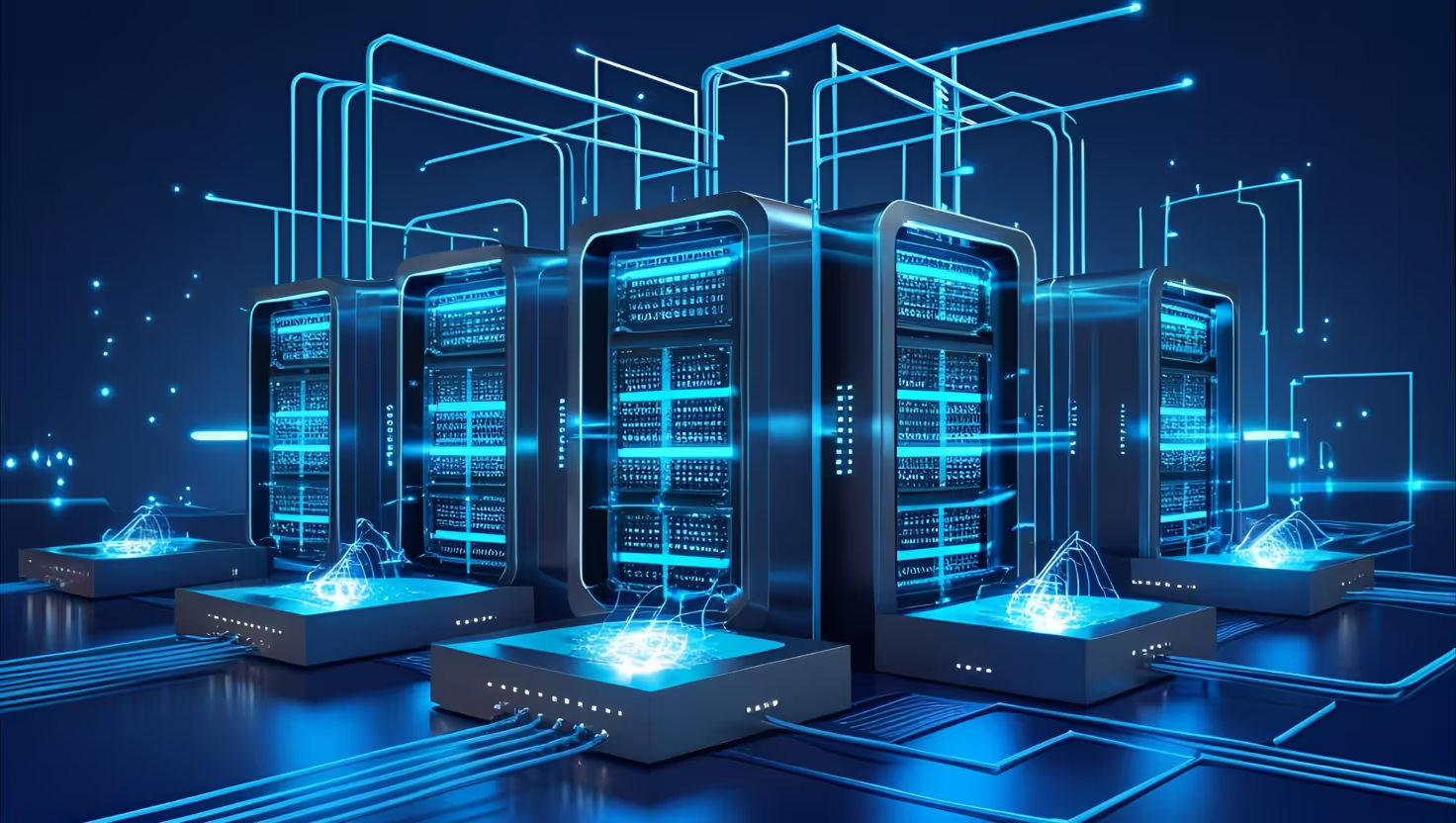

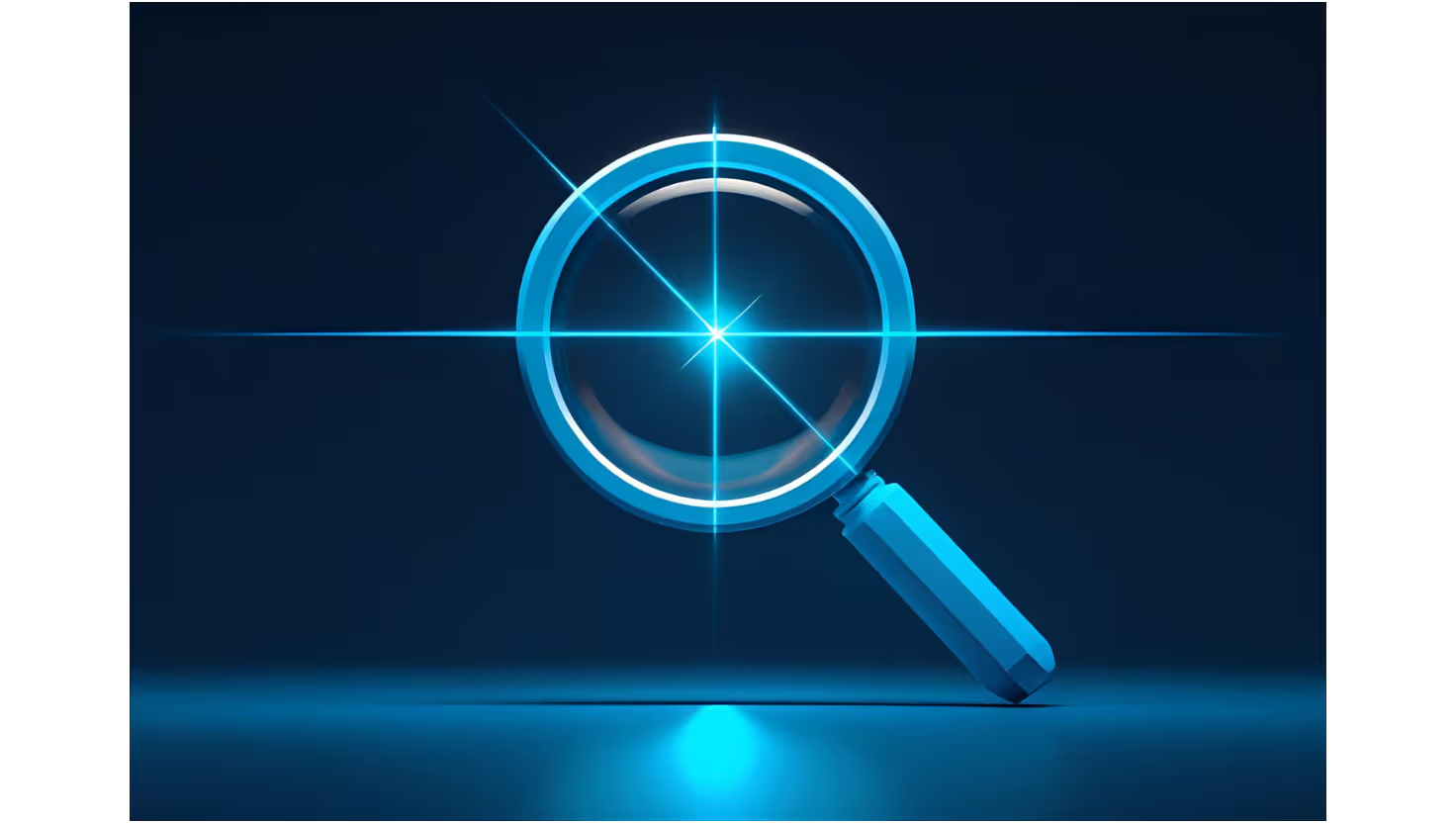
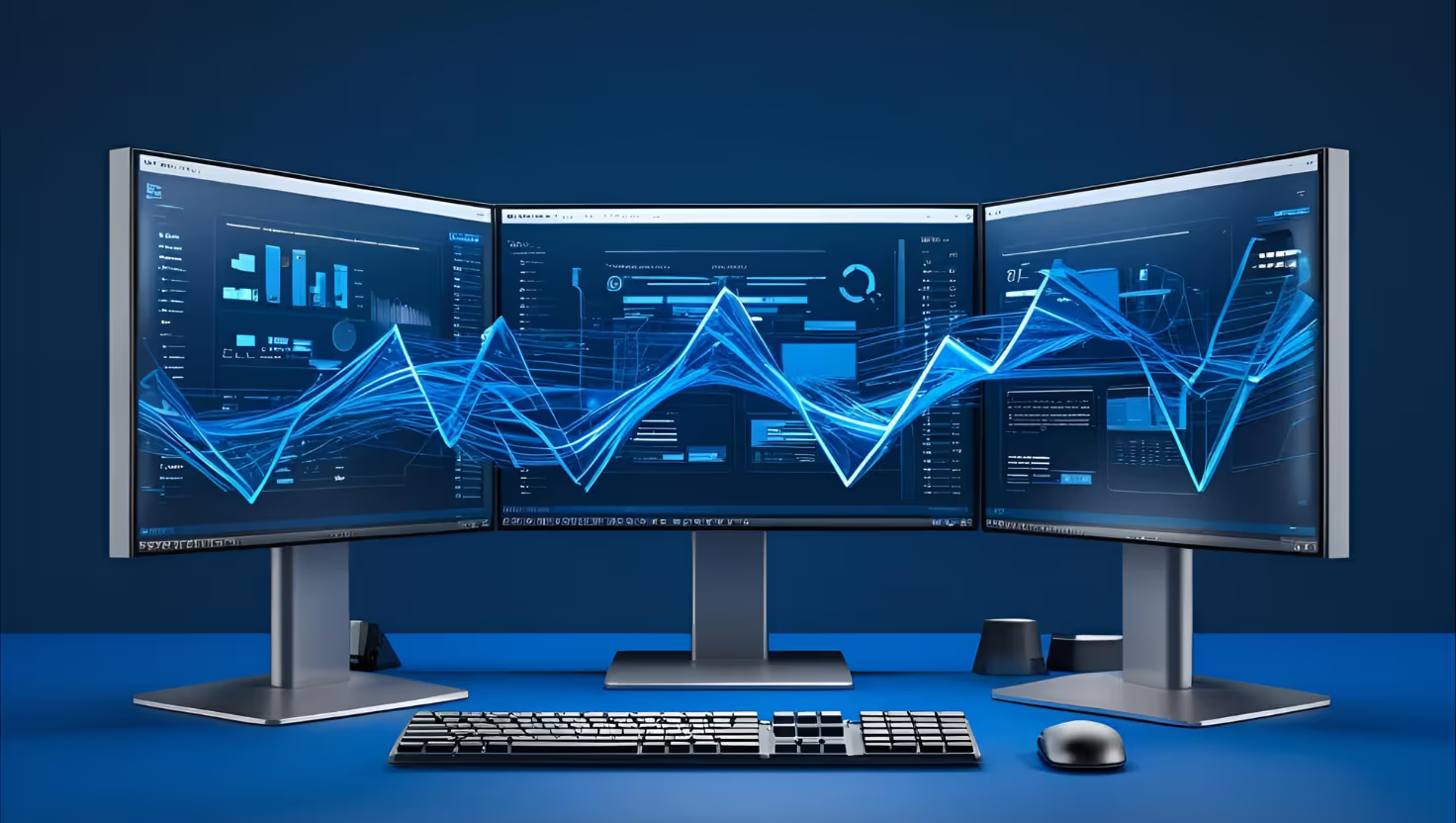

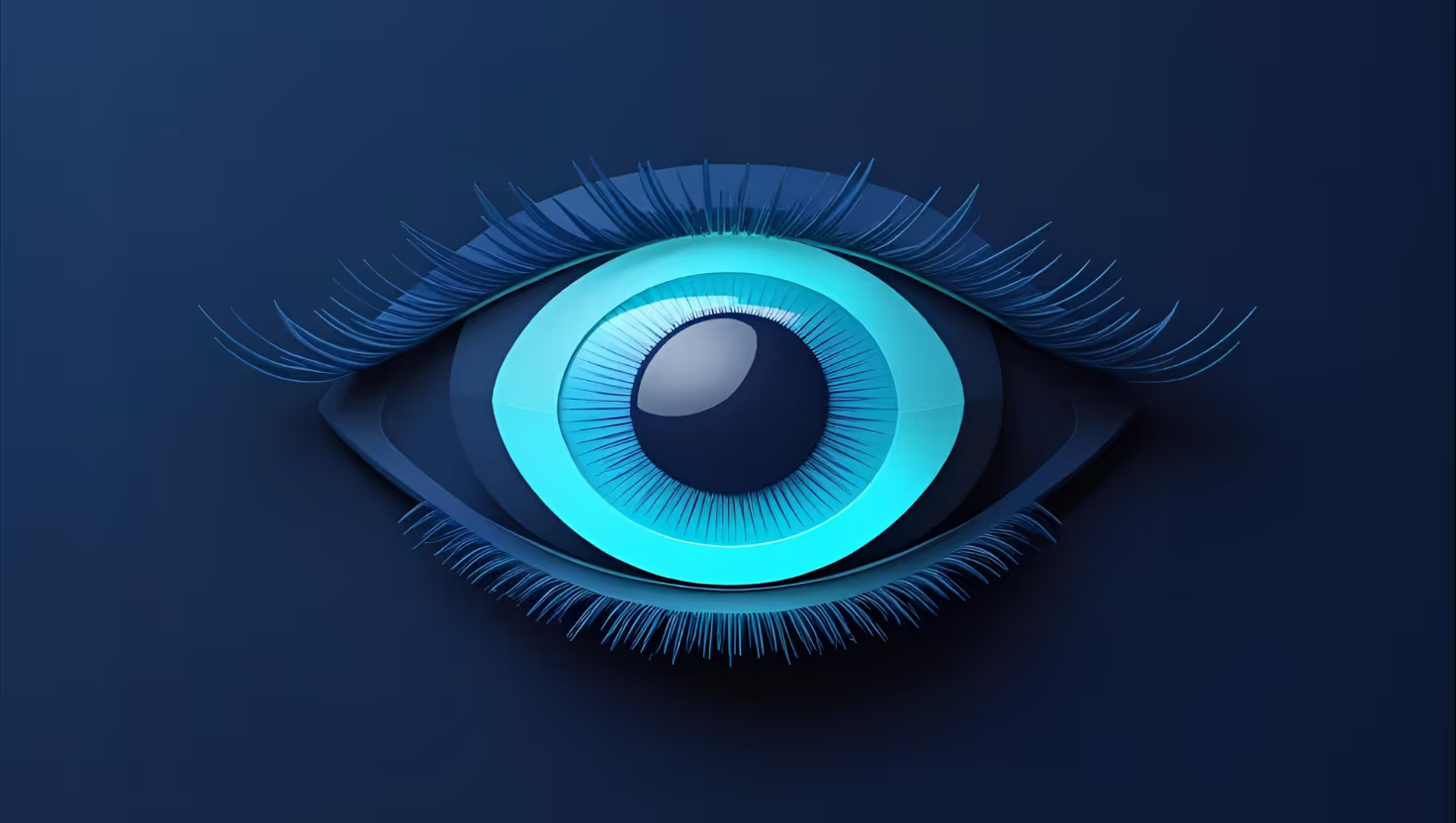
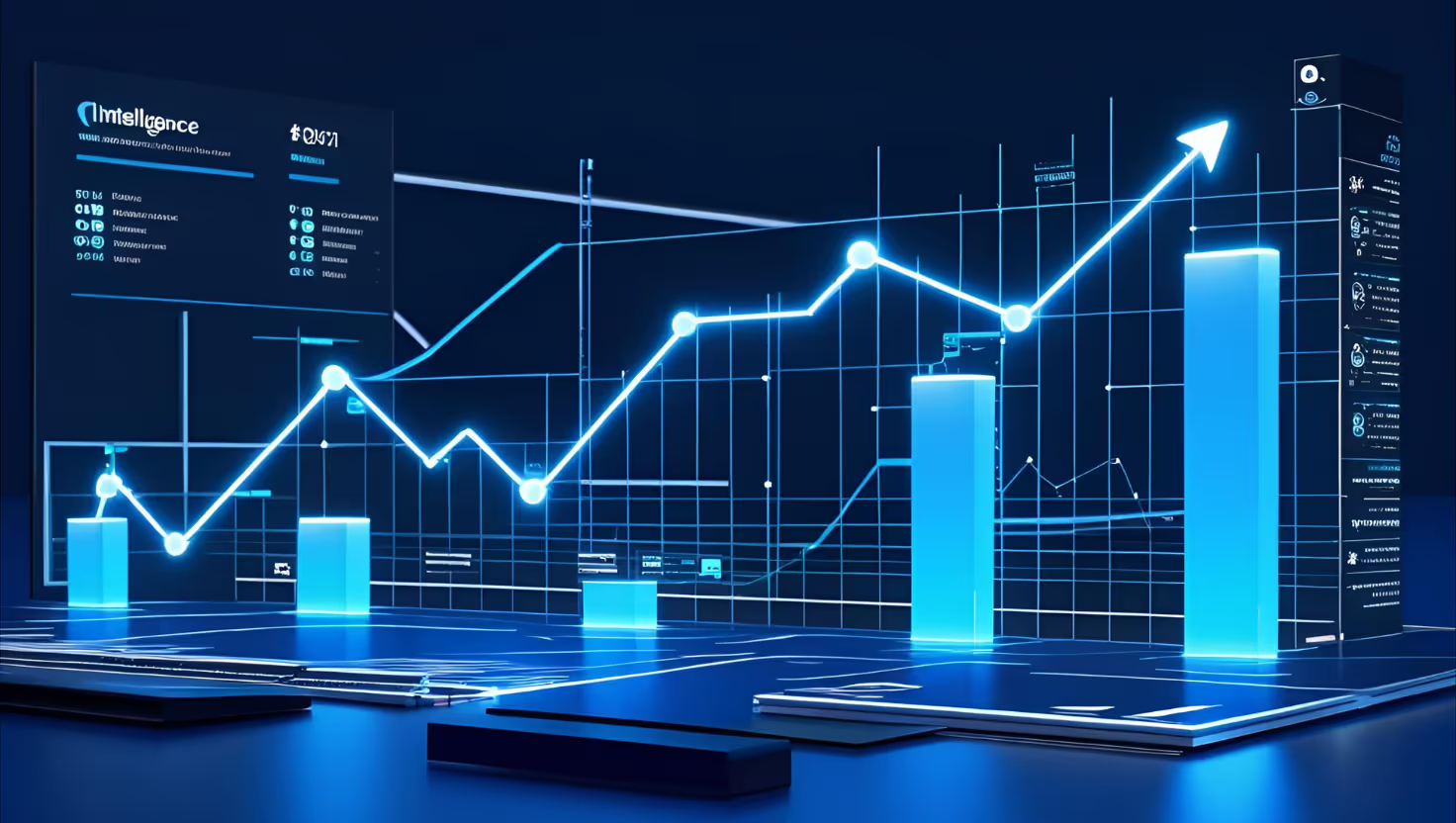
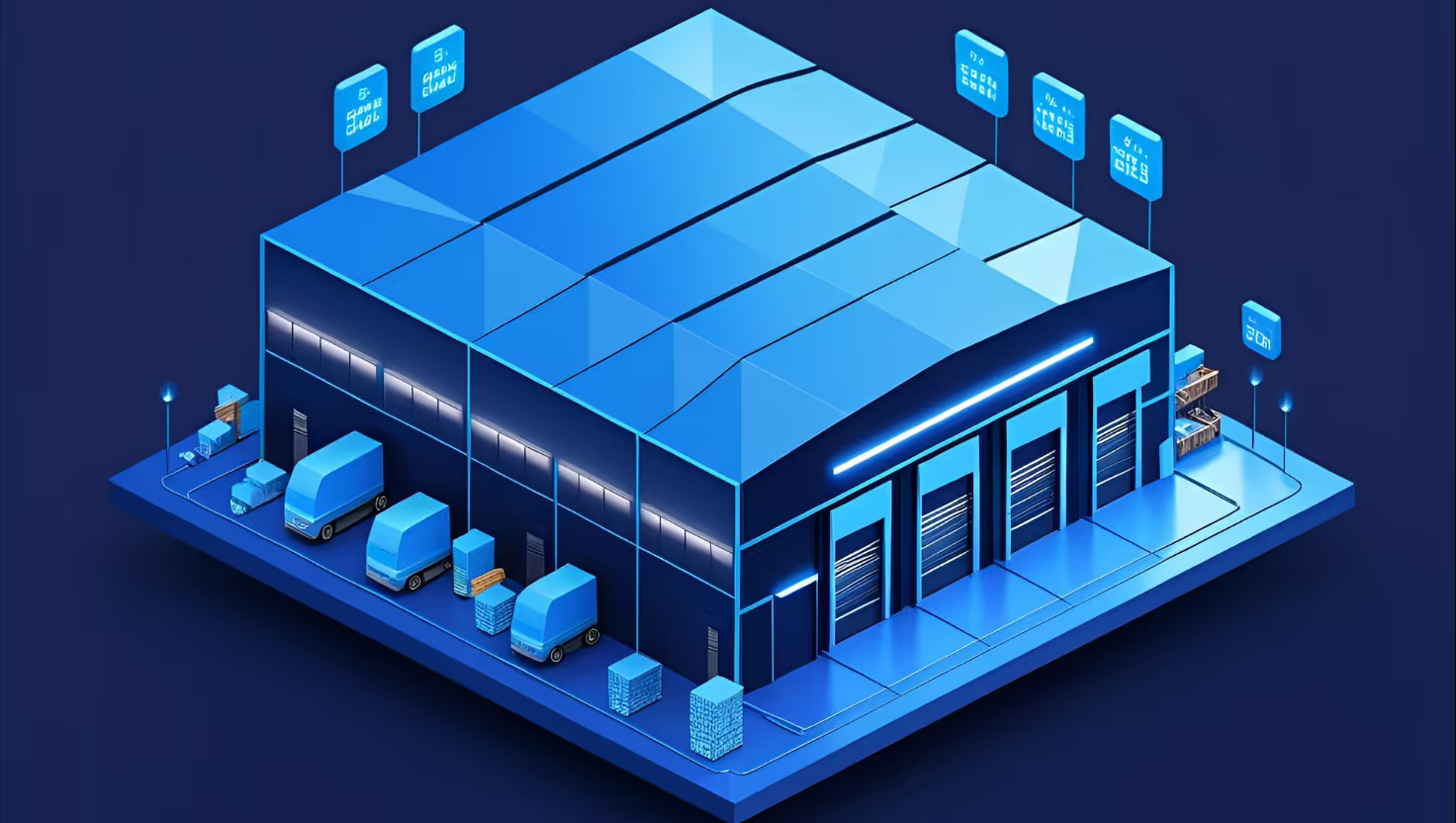
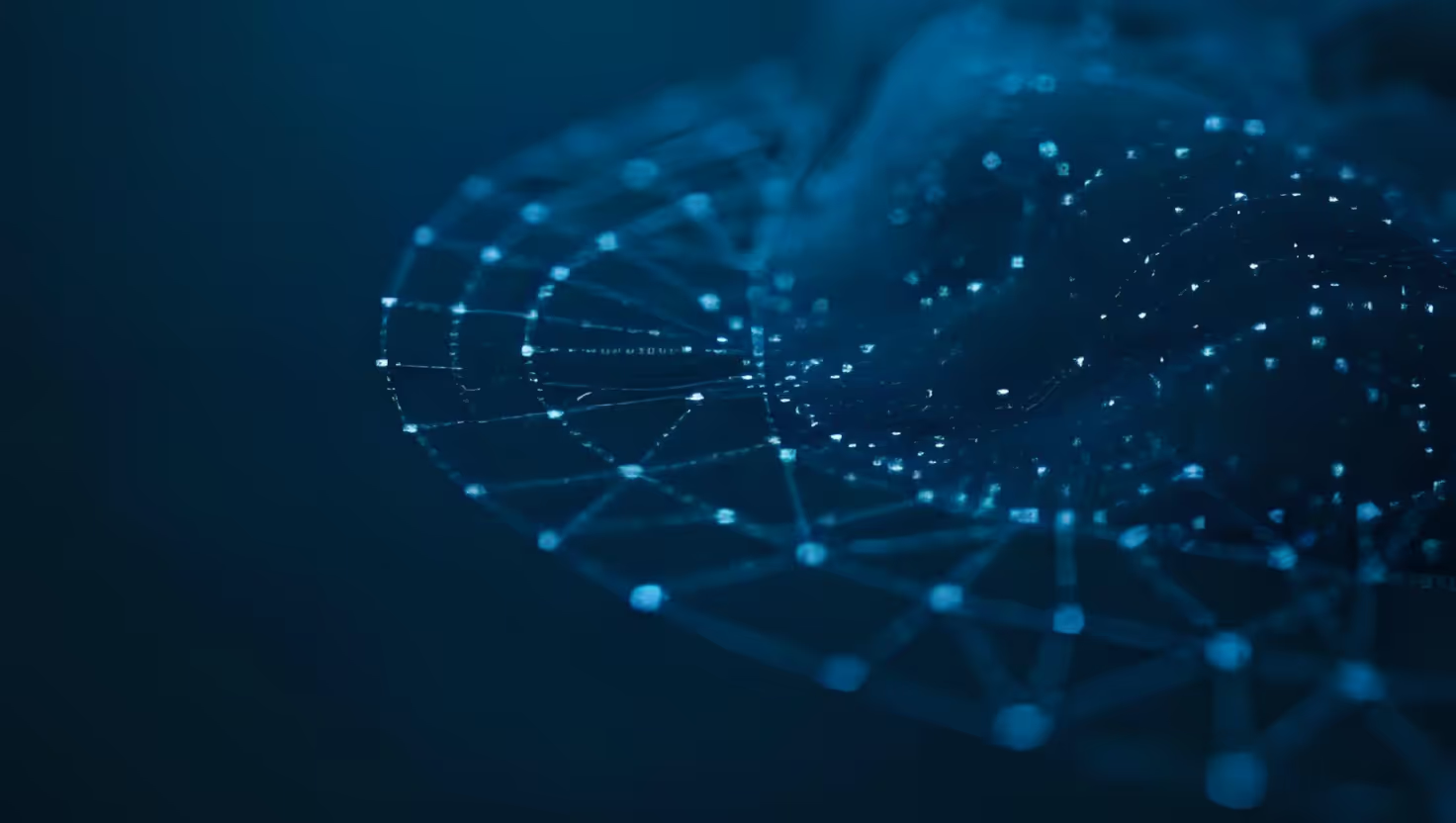
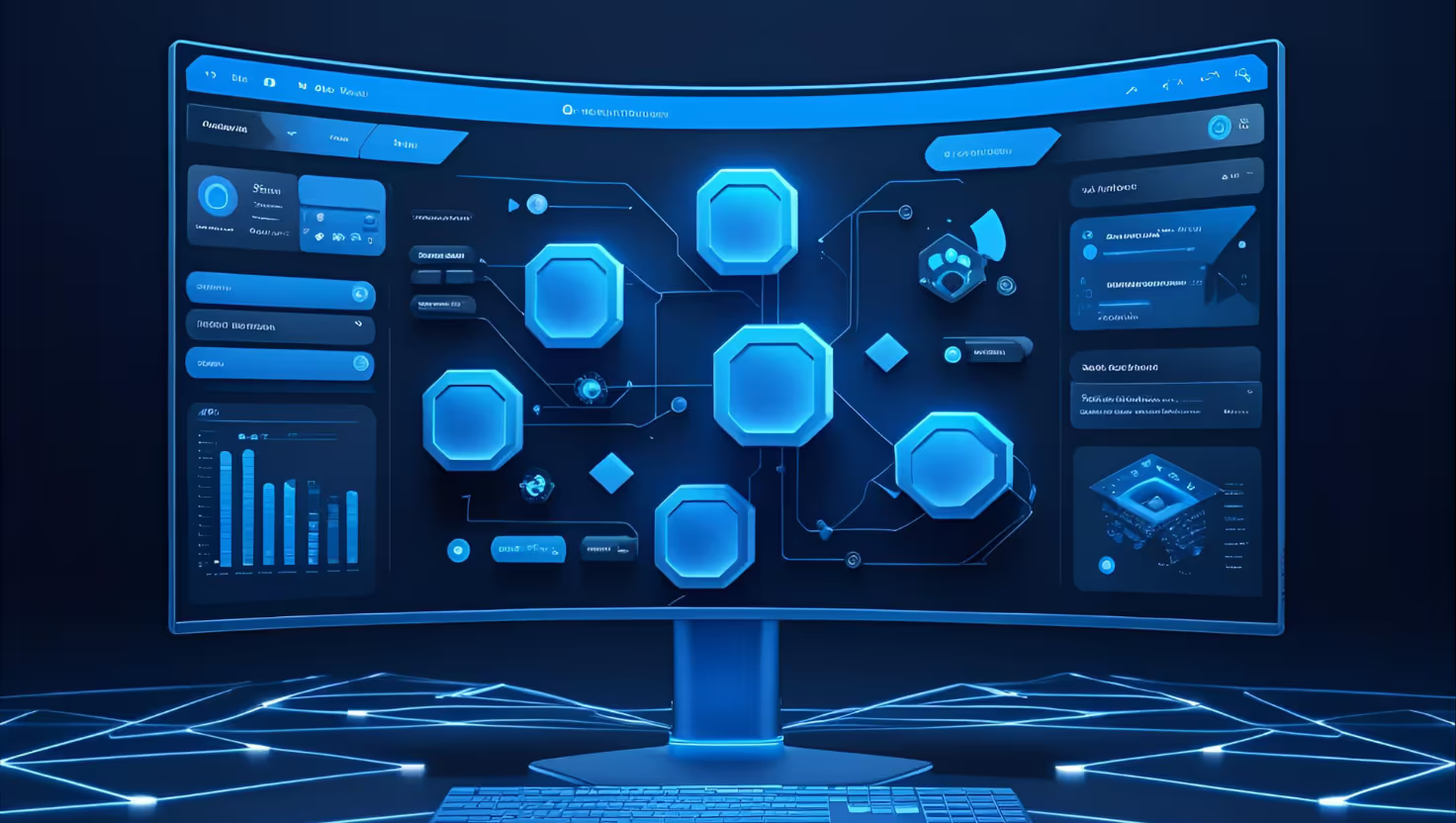
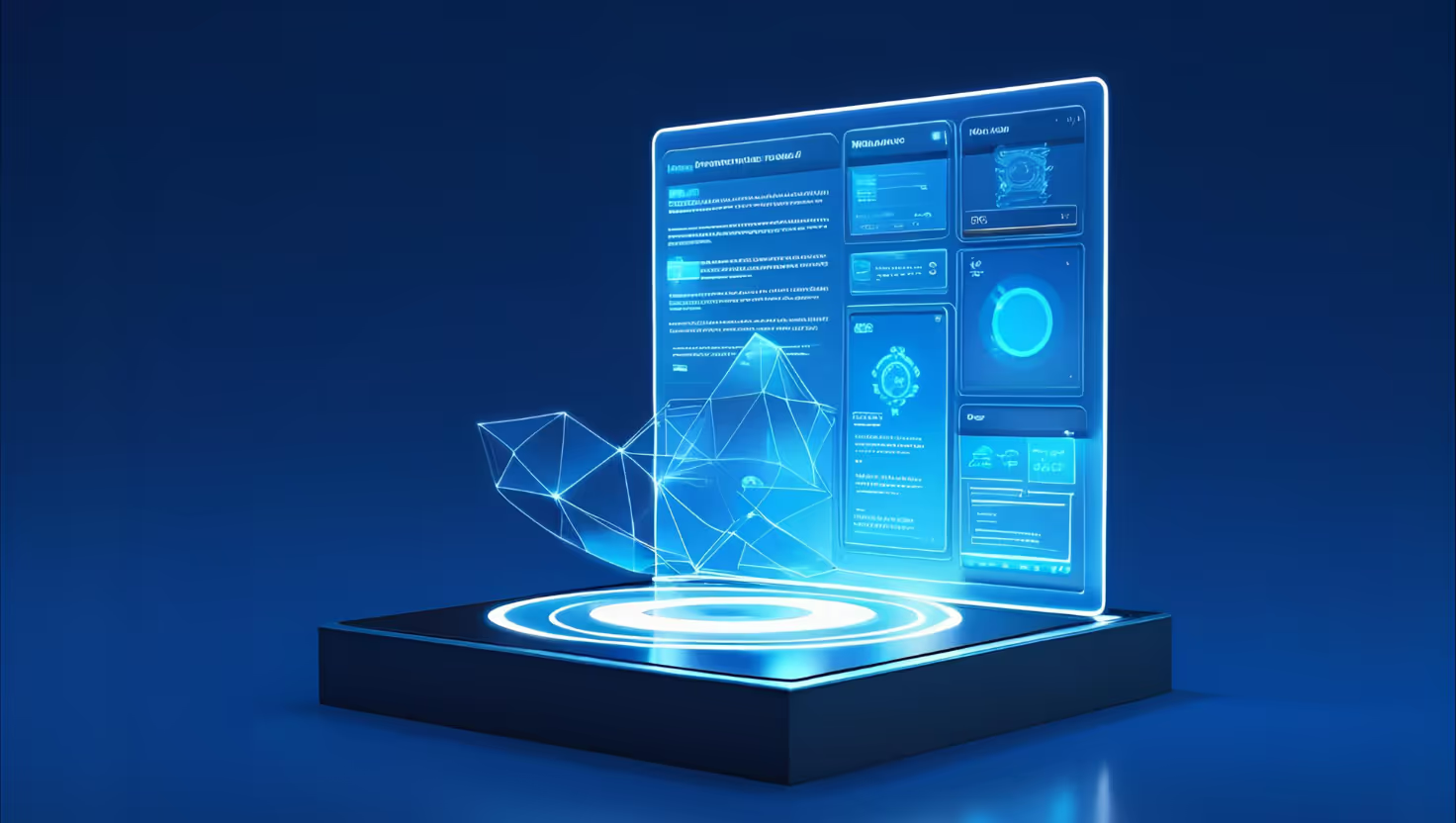
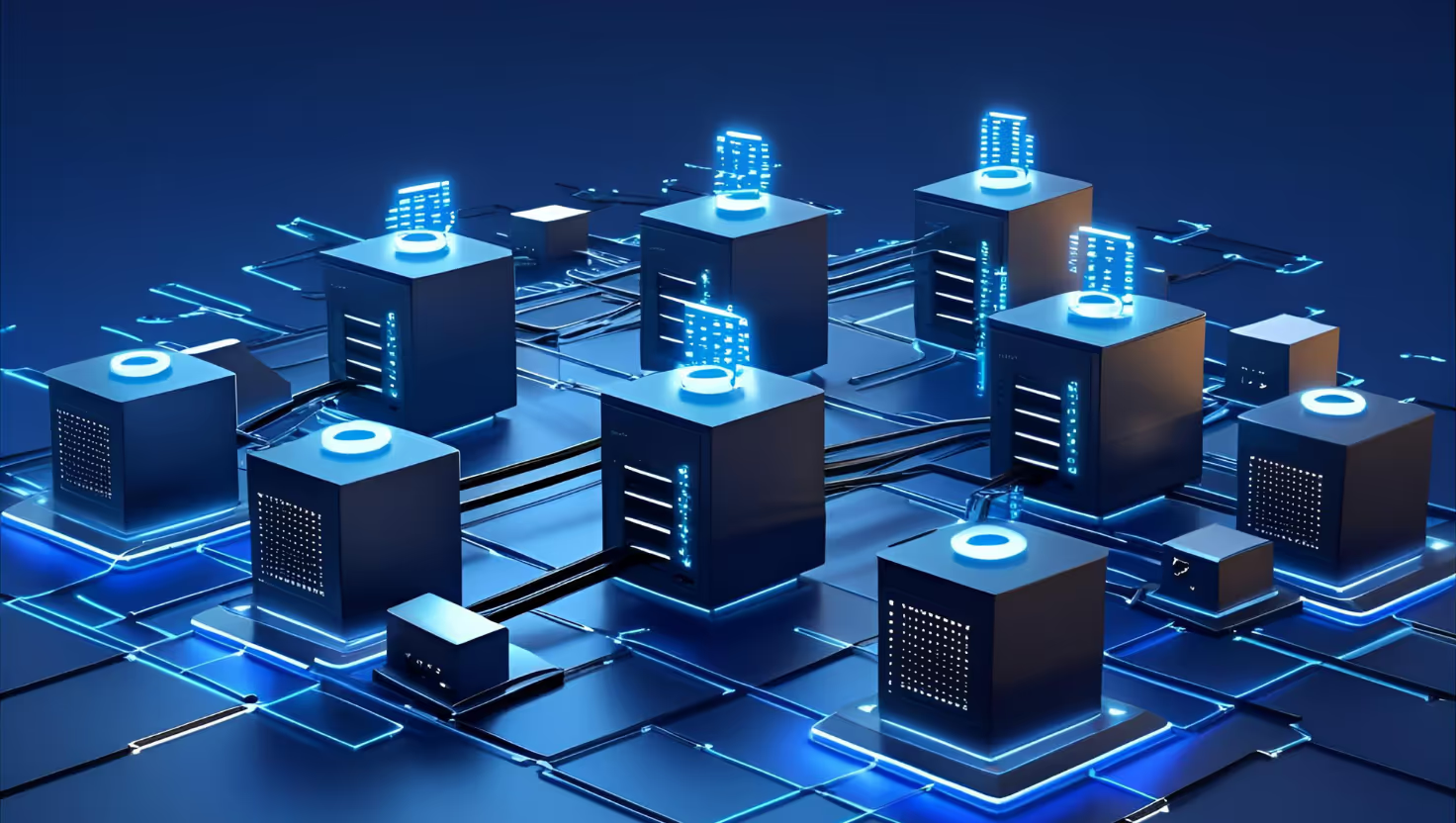



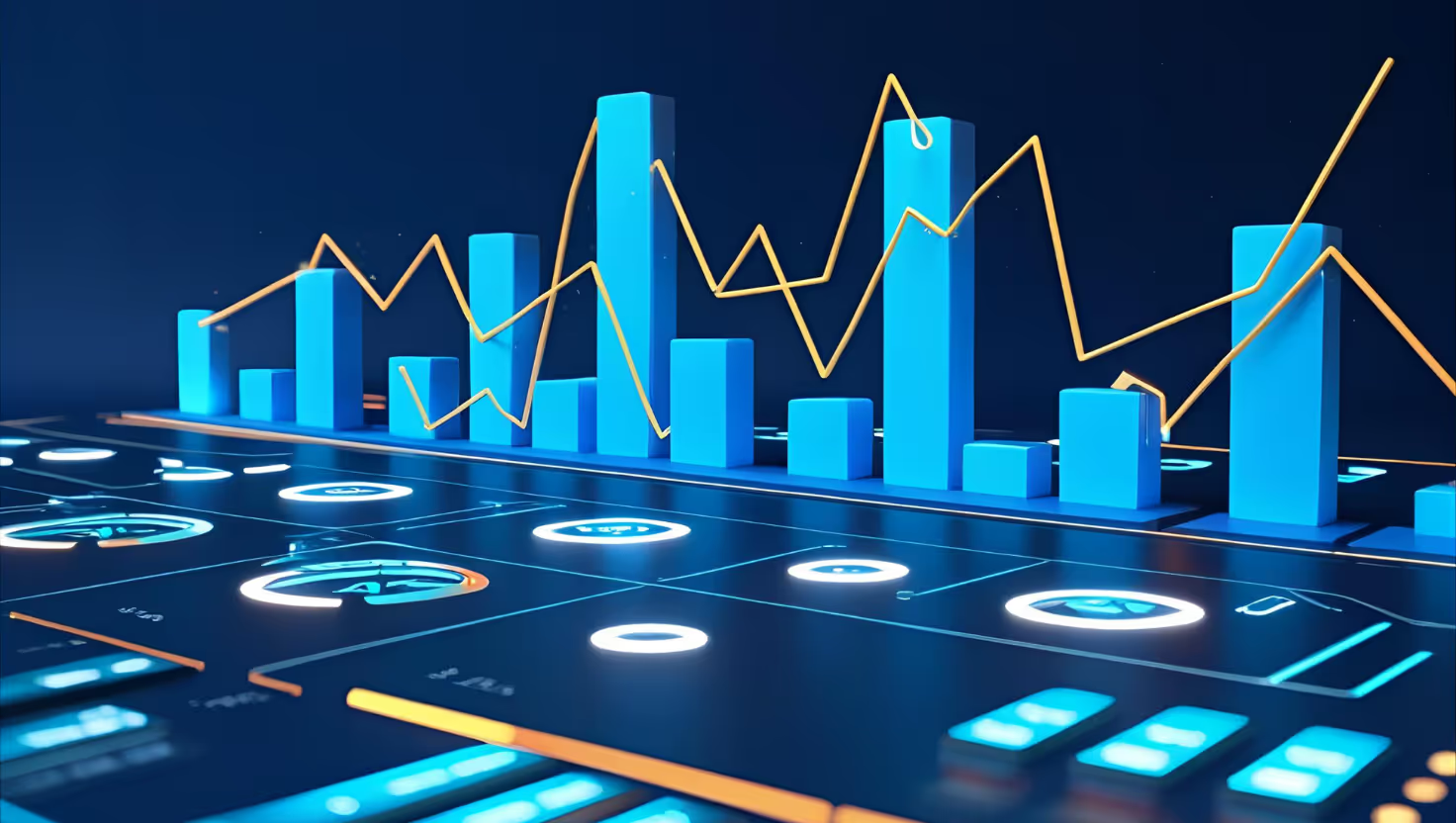
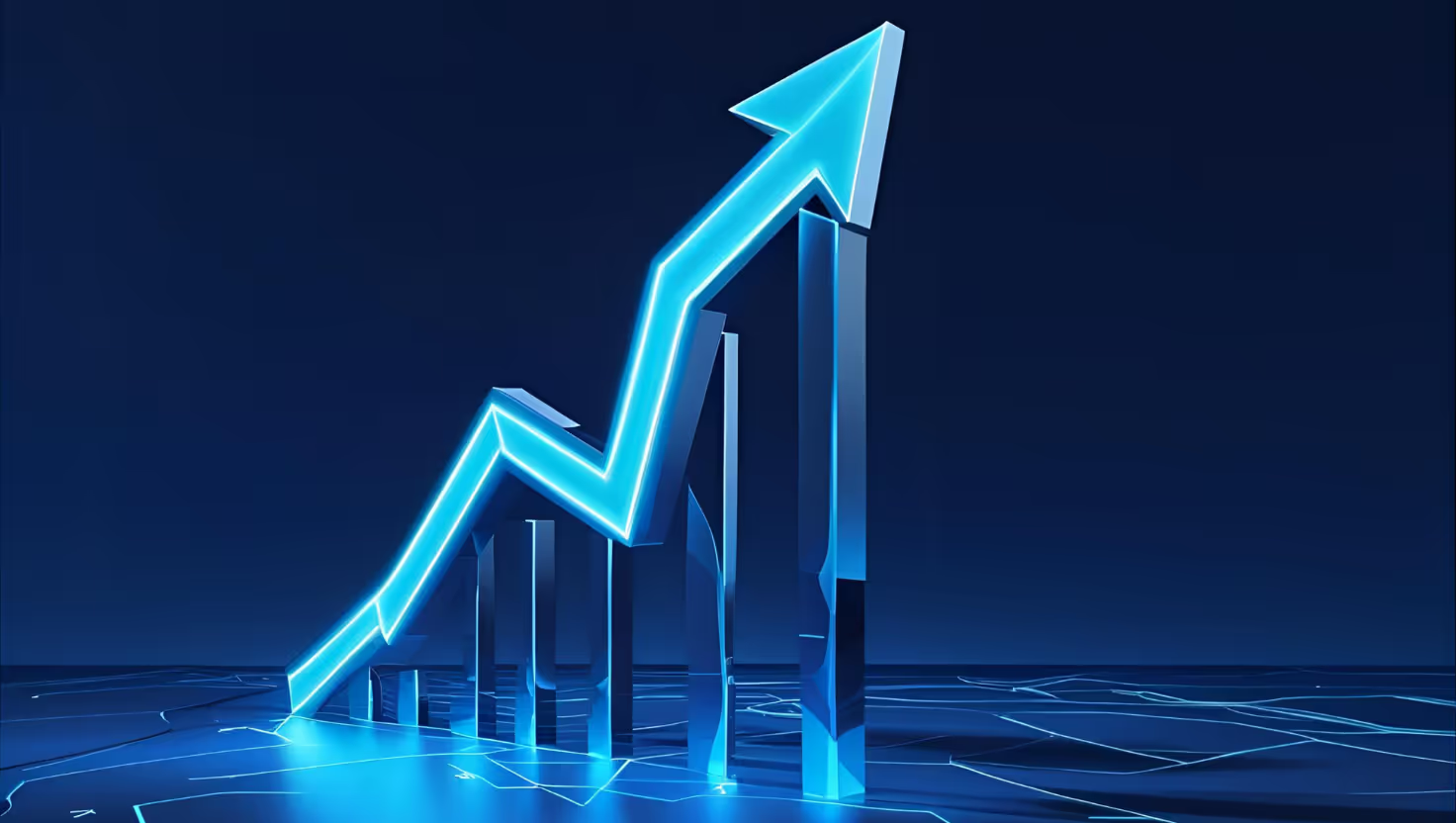
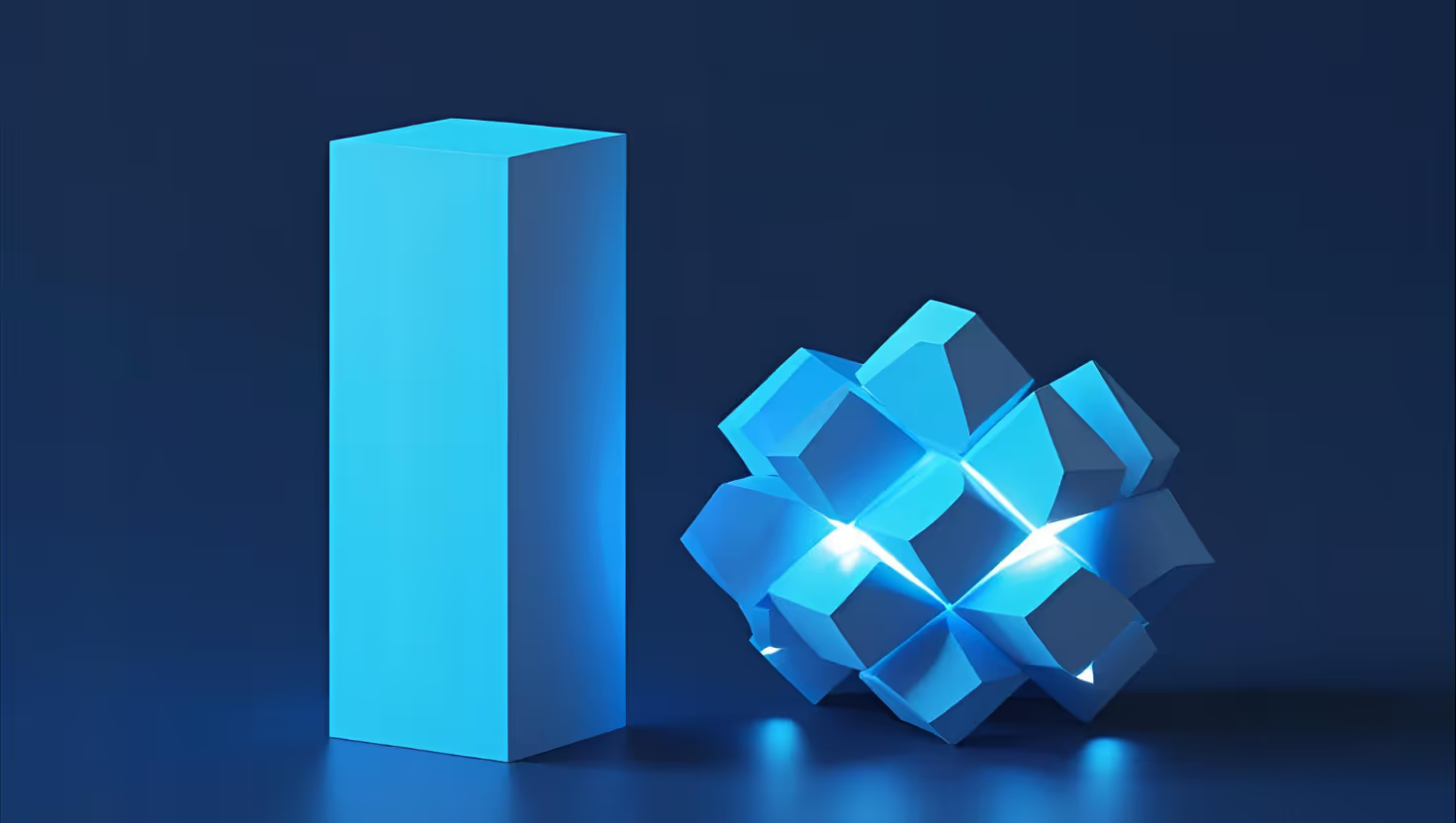

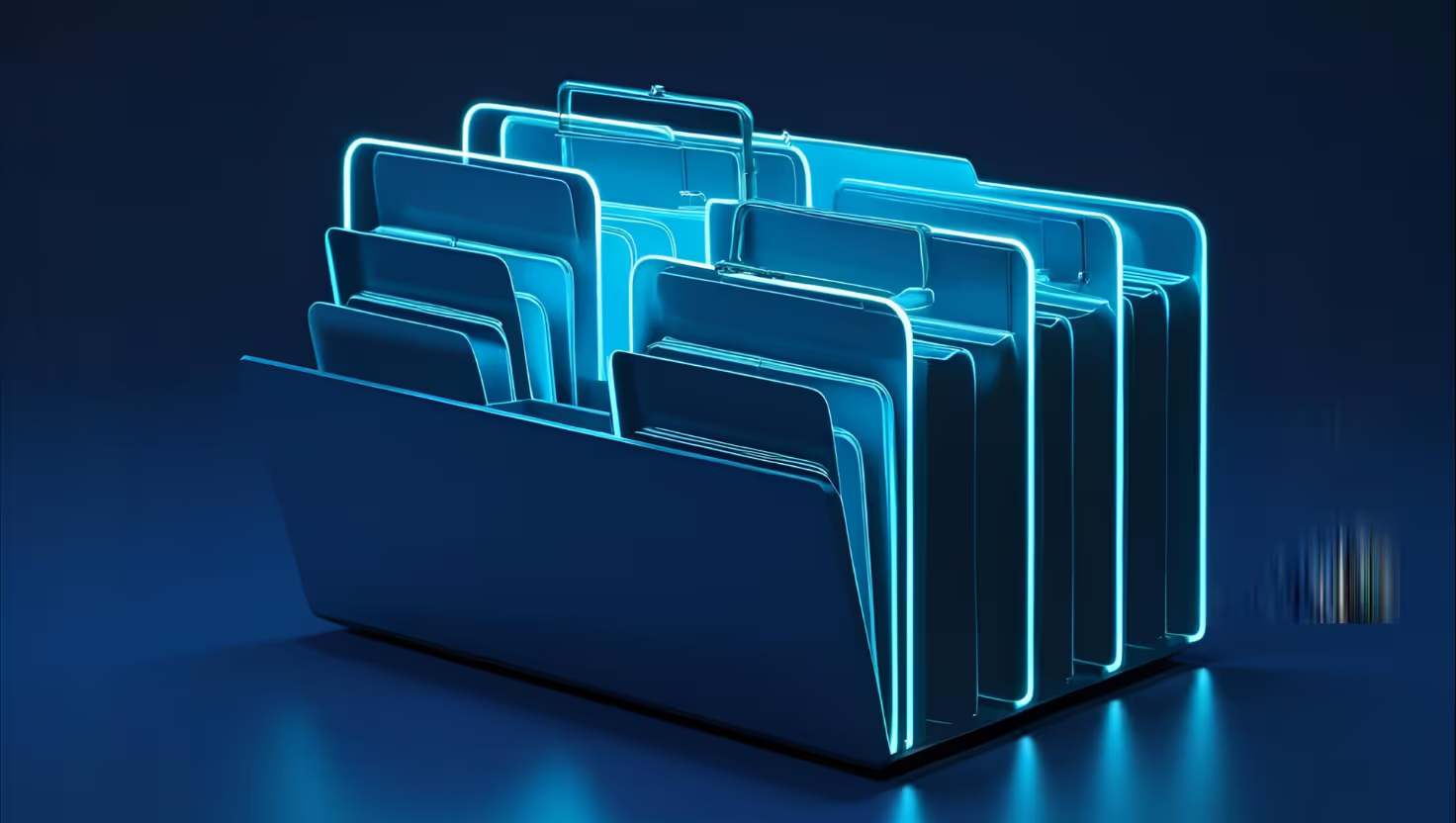

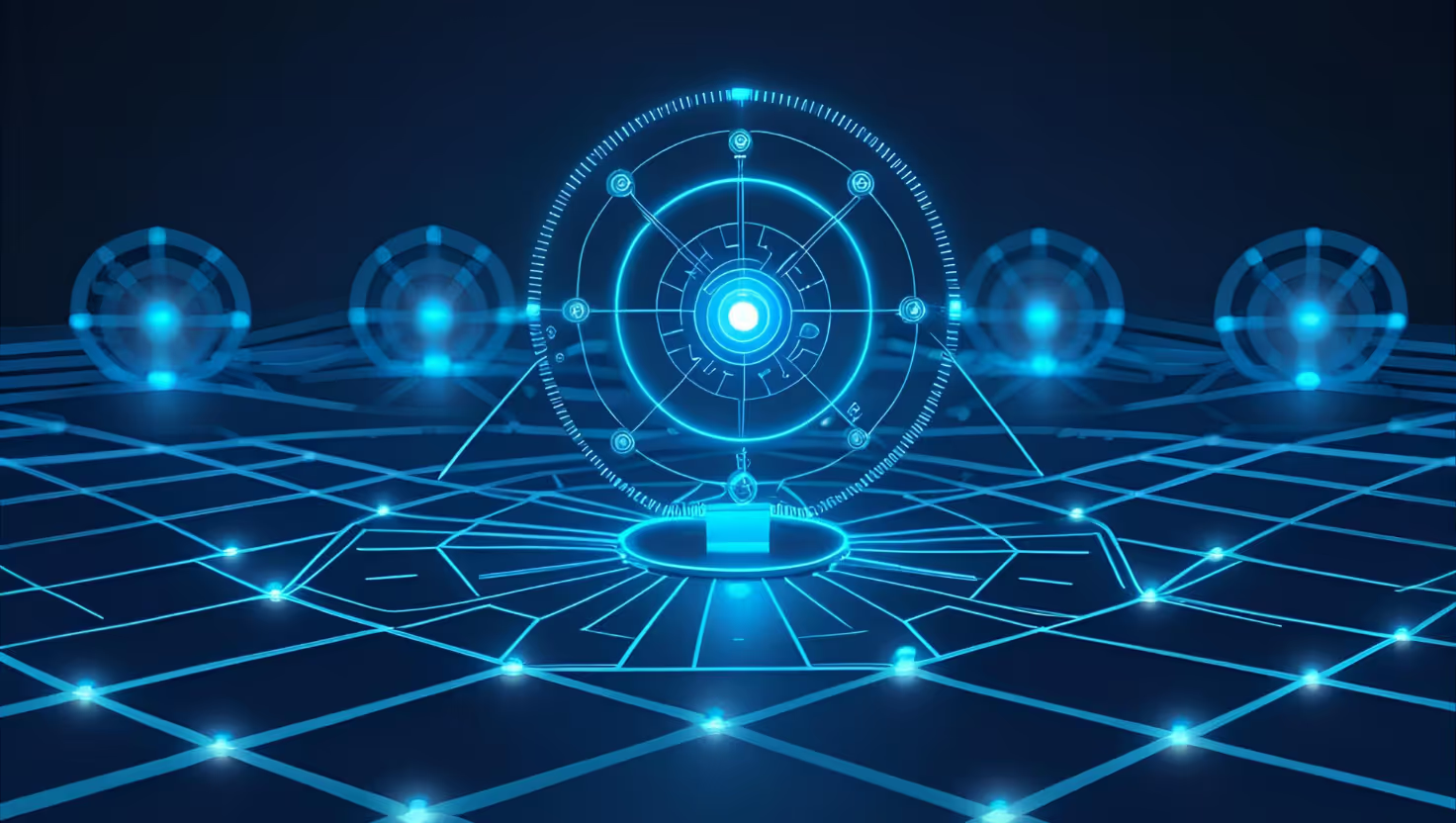
.avif)
